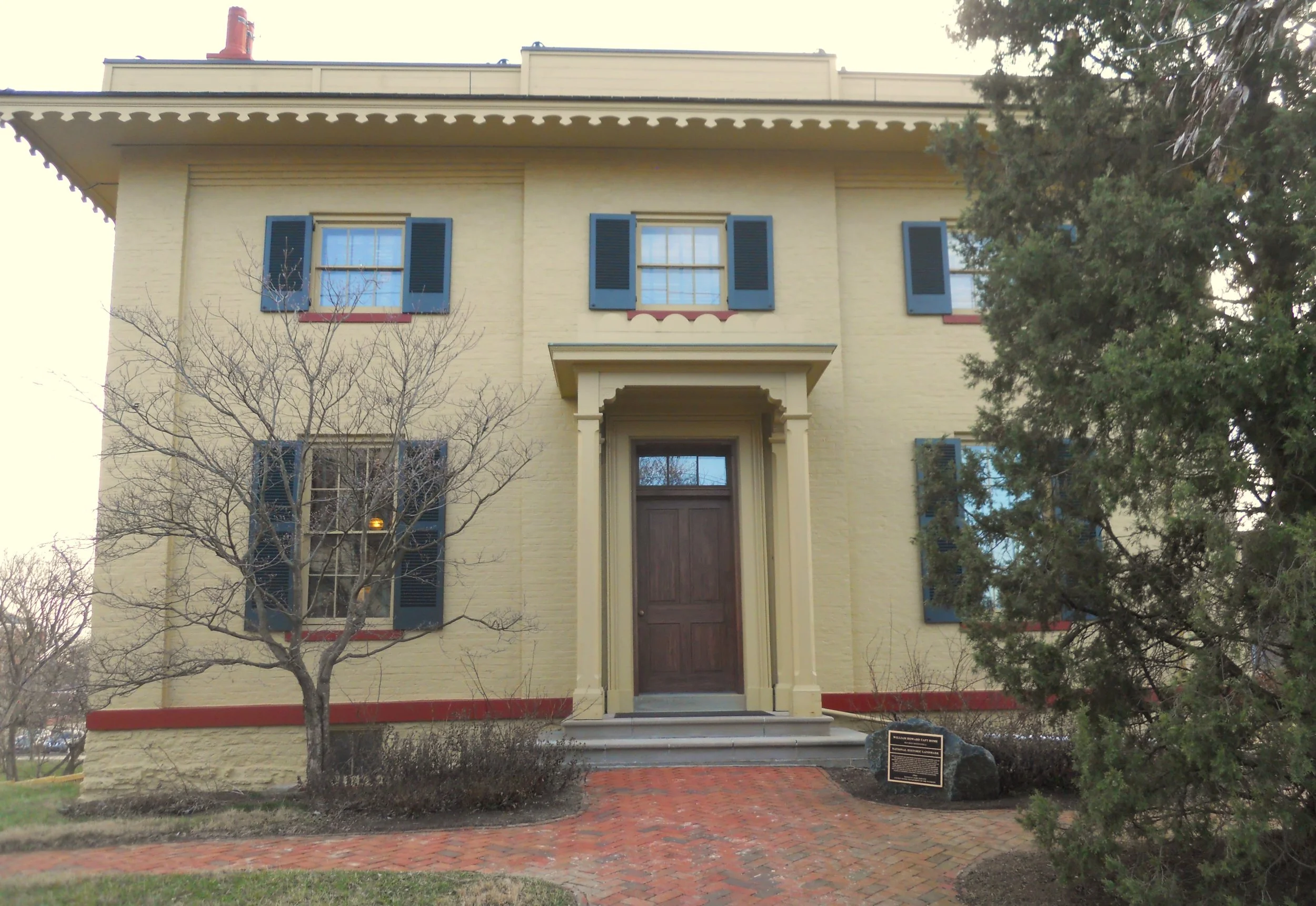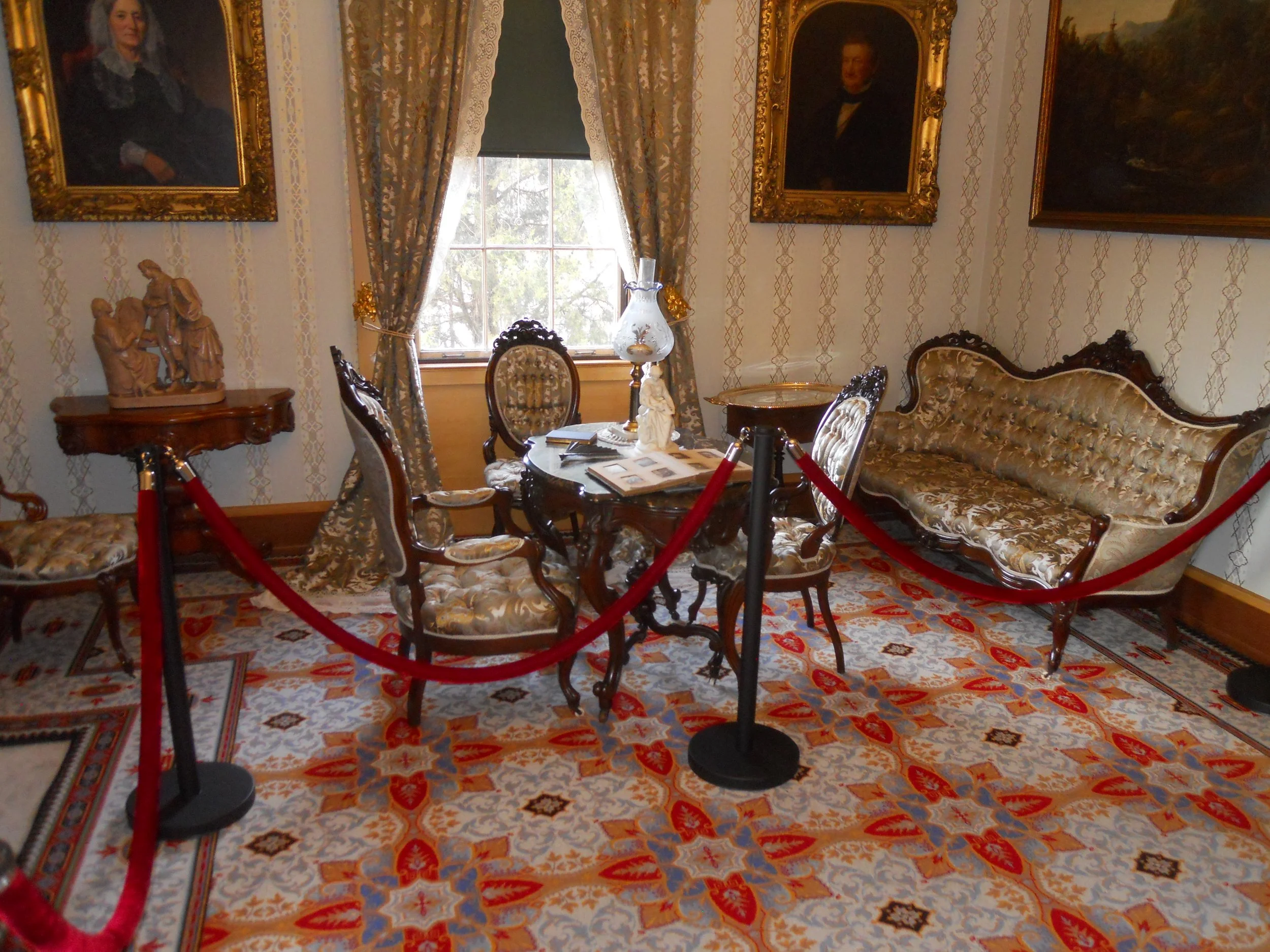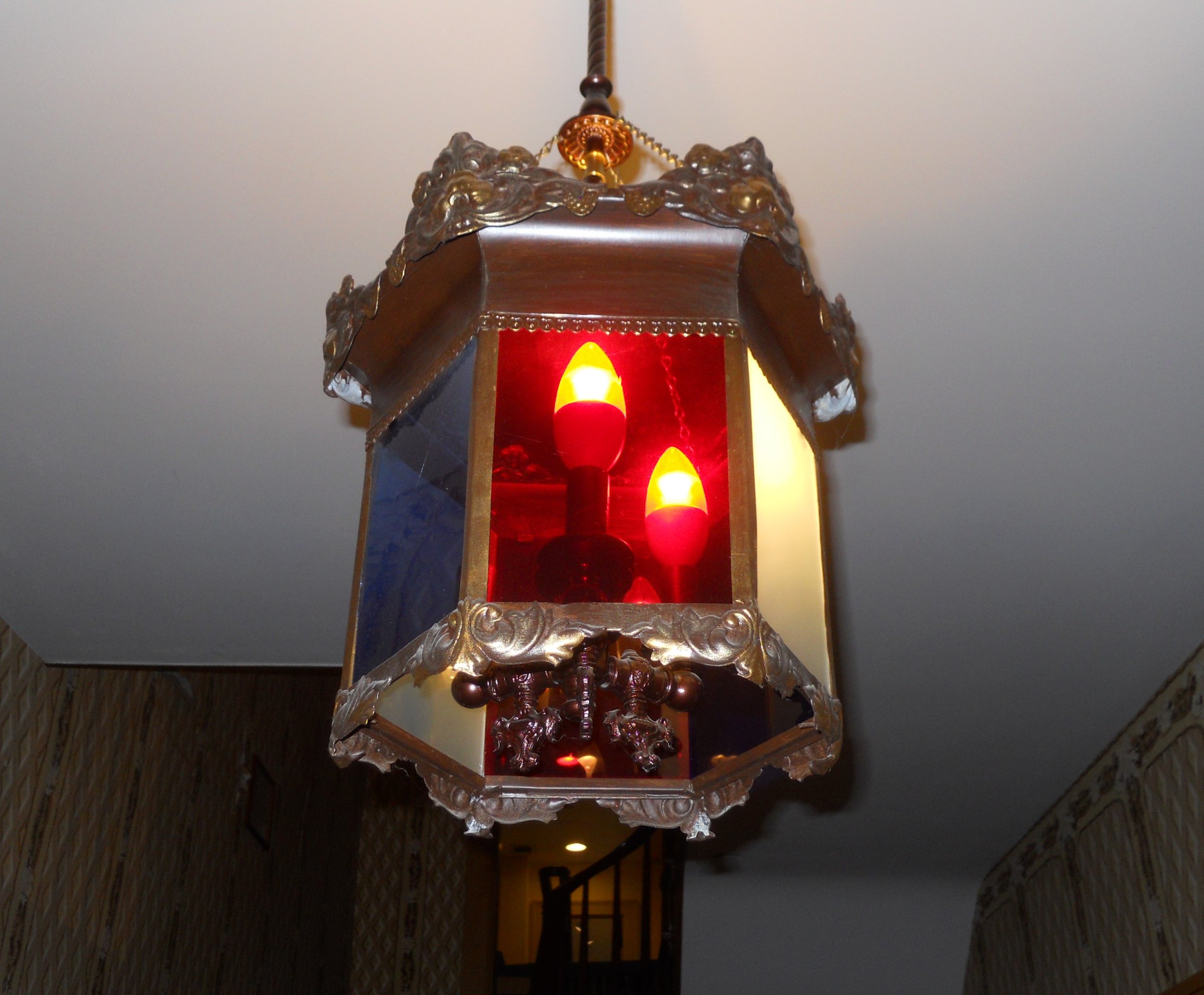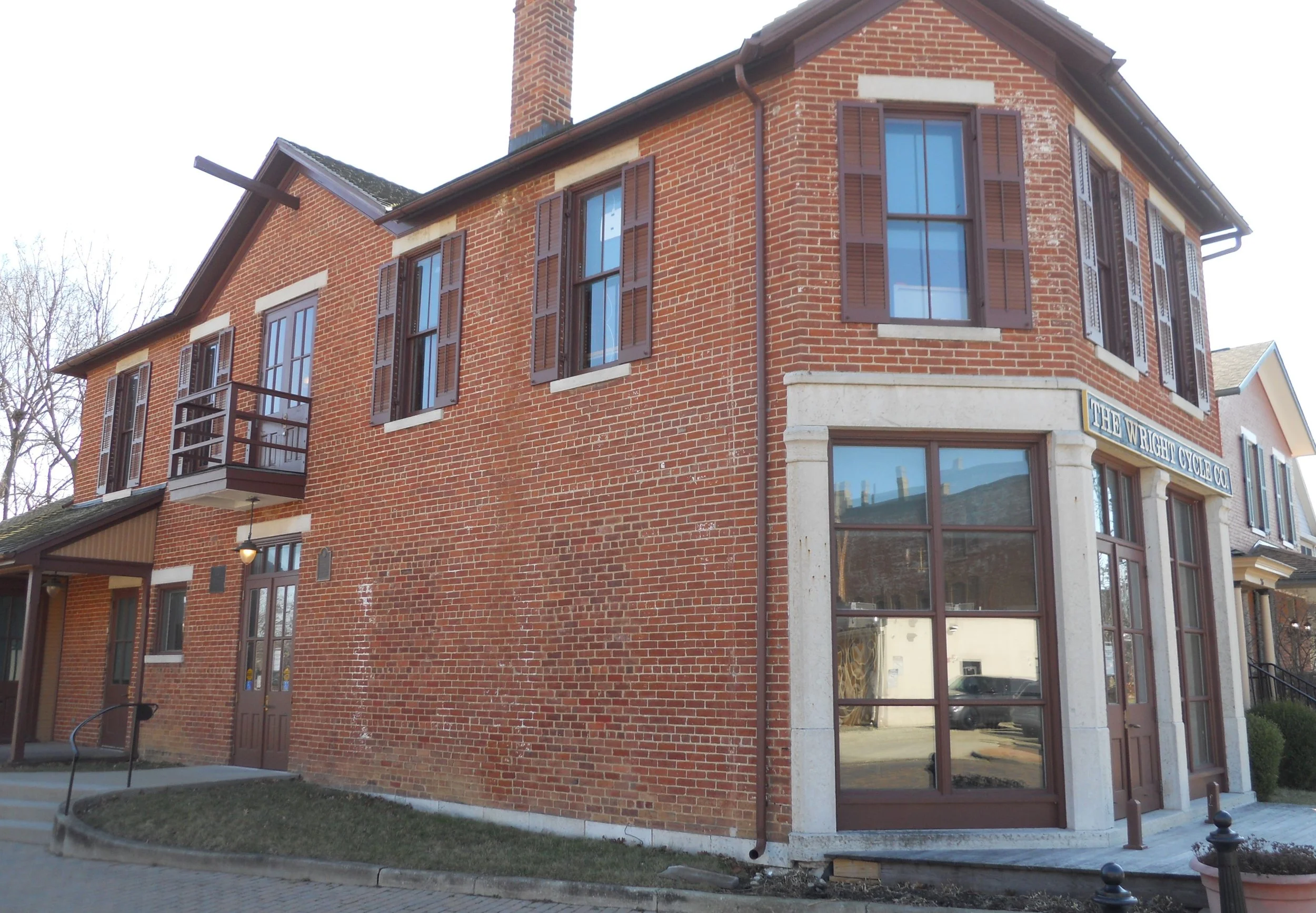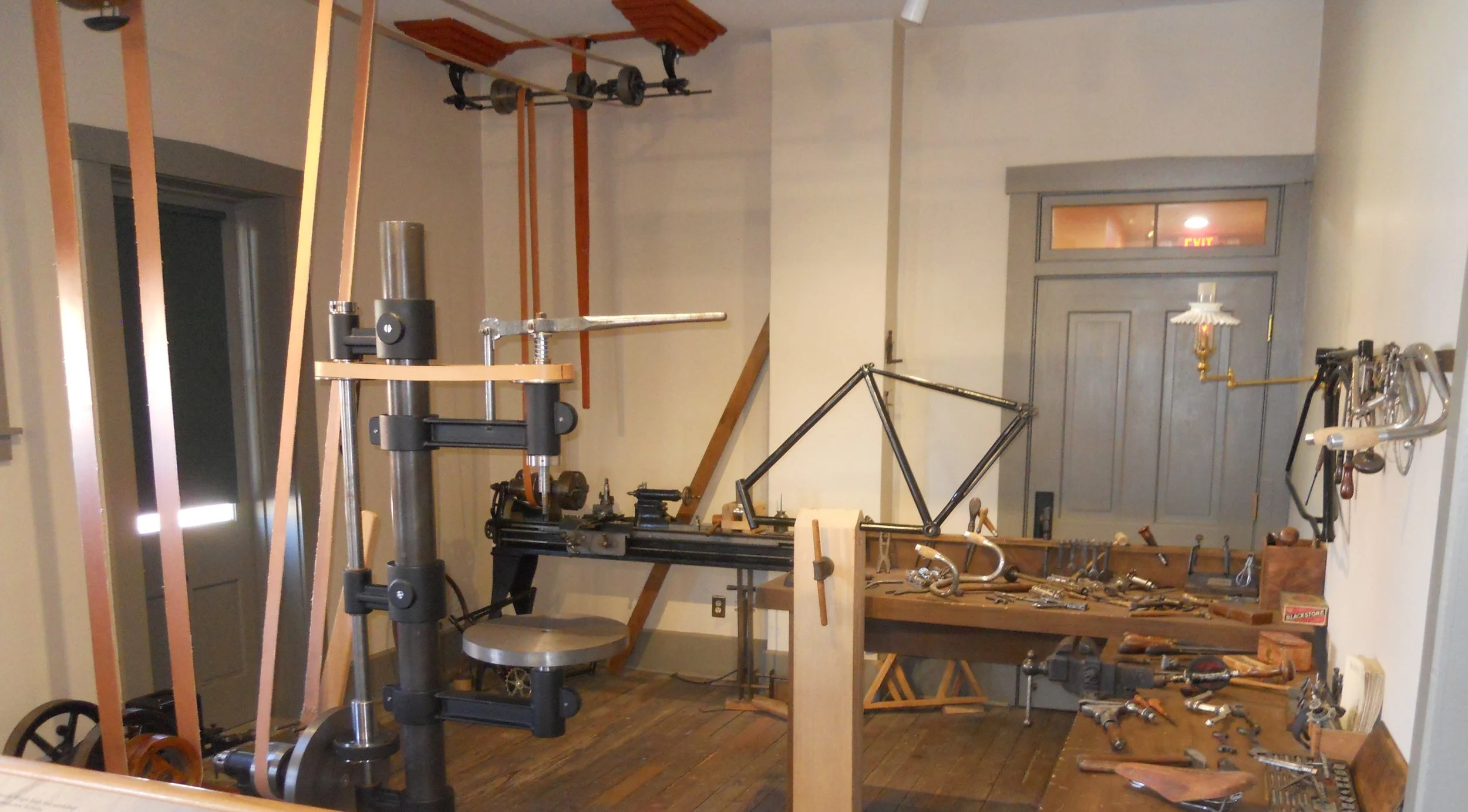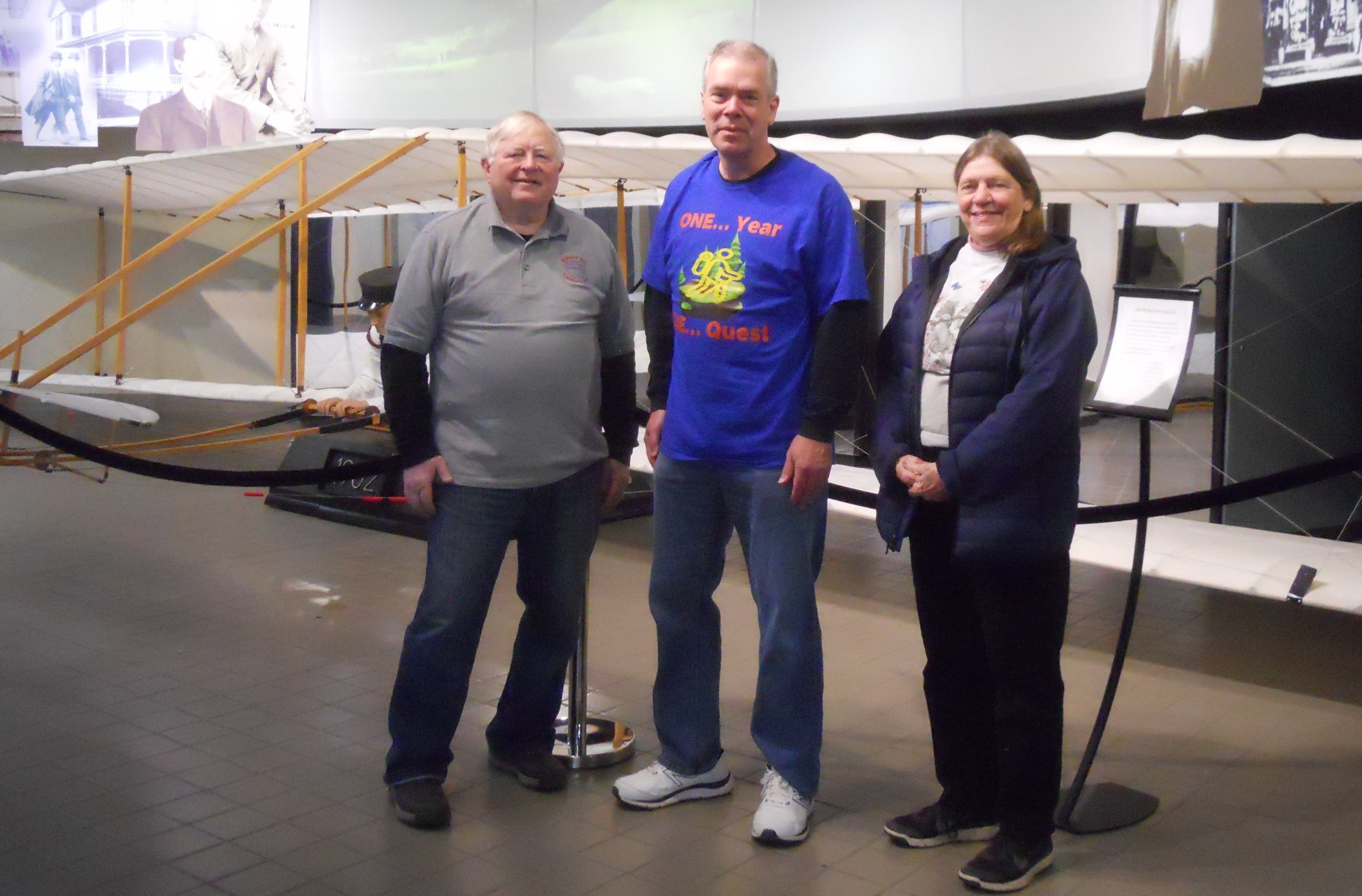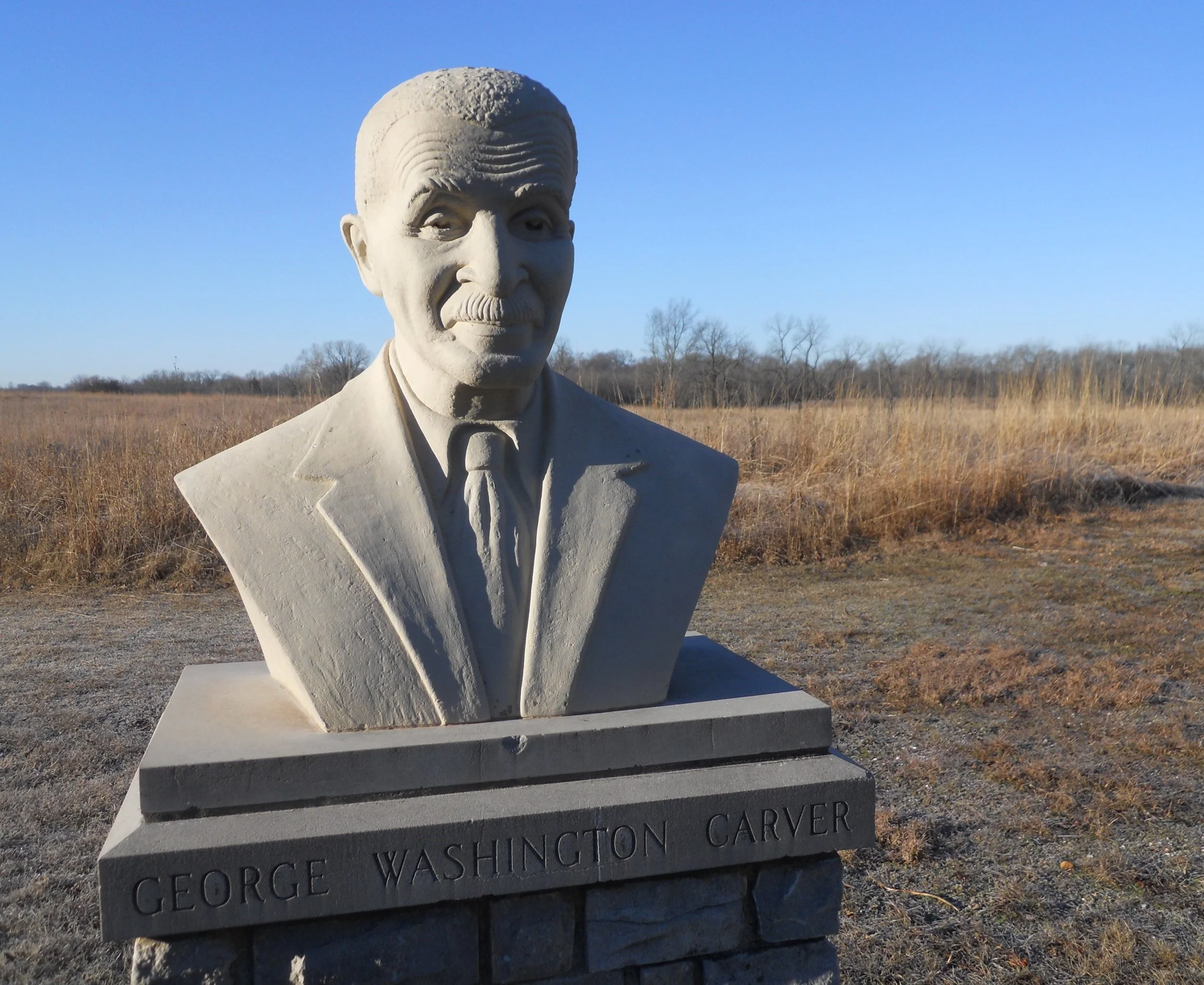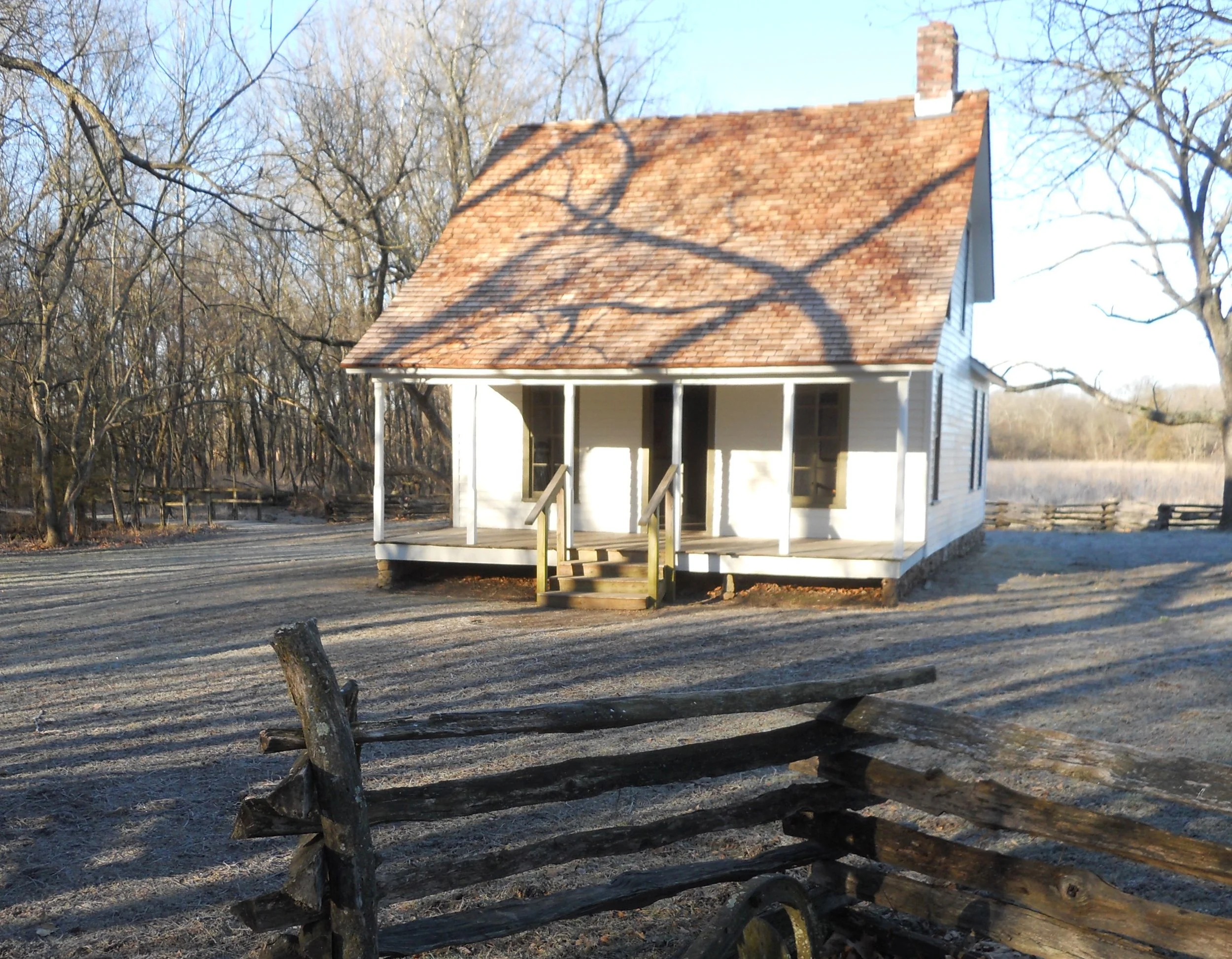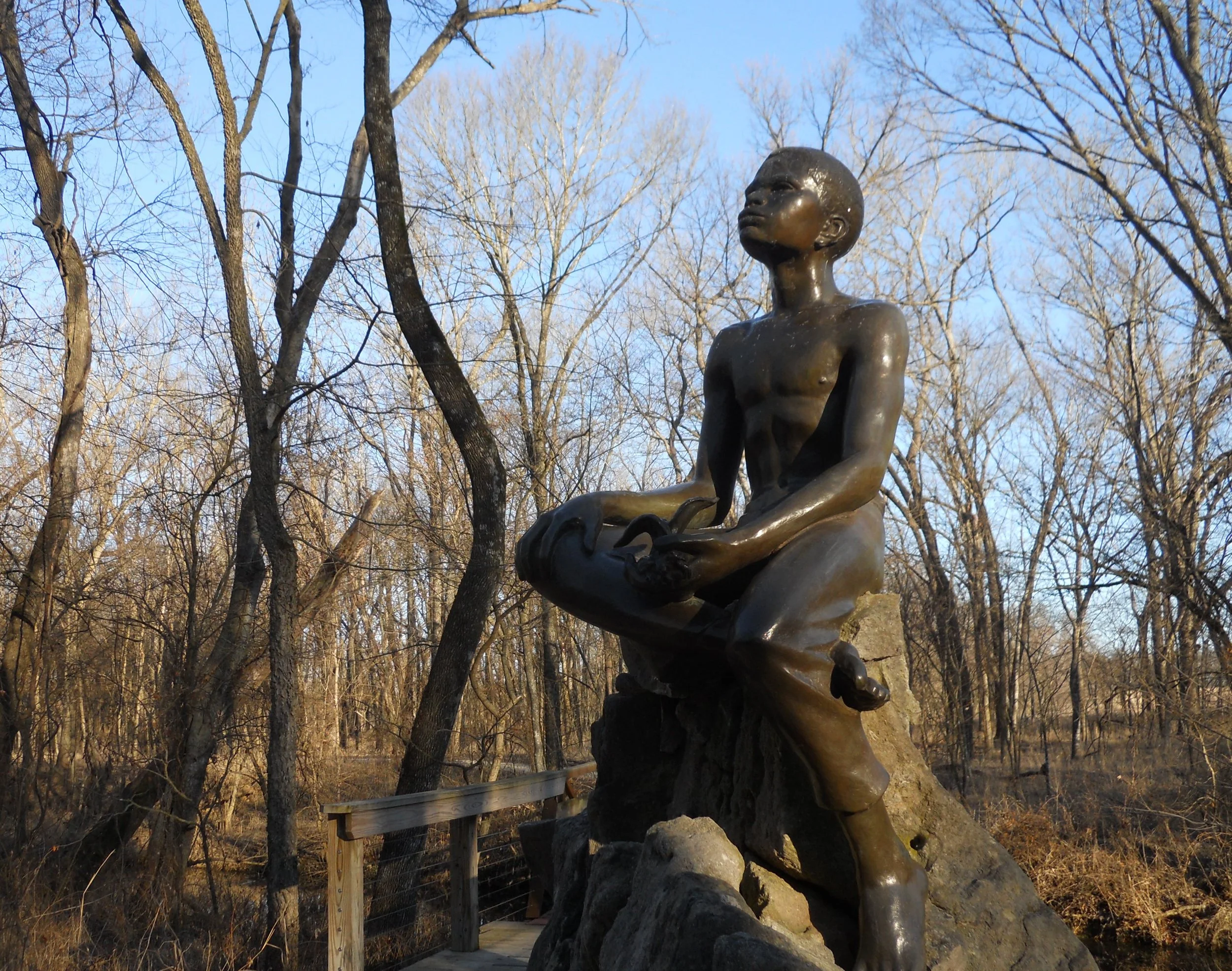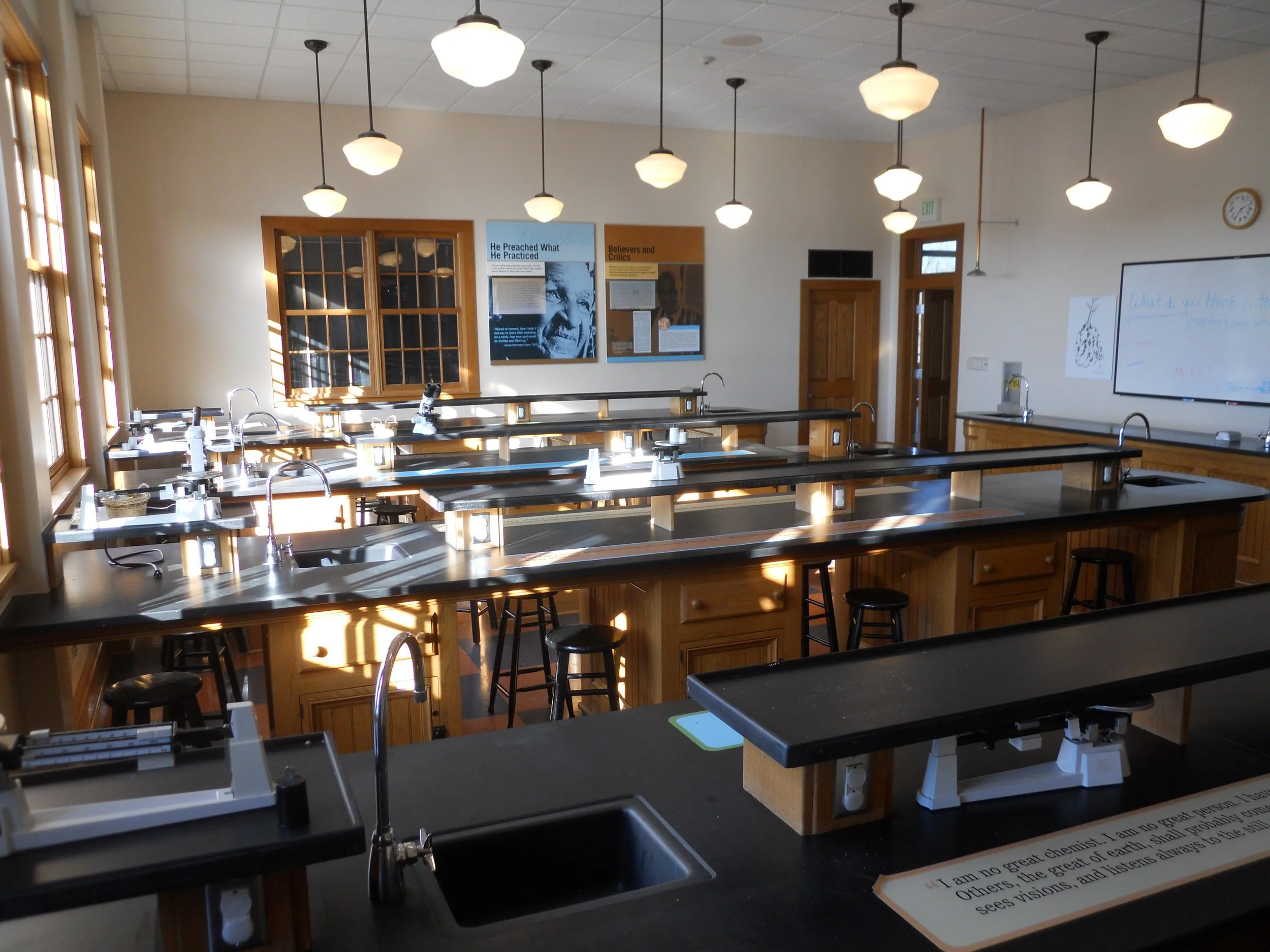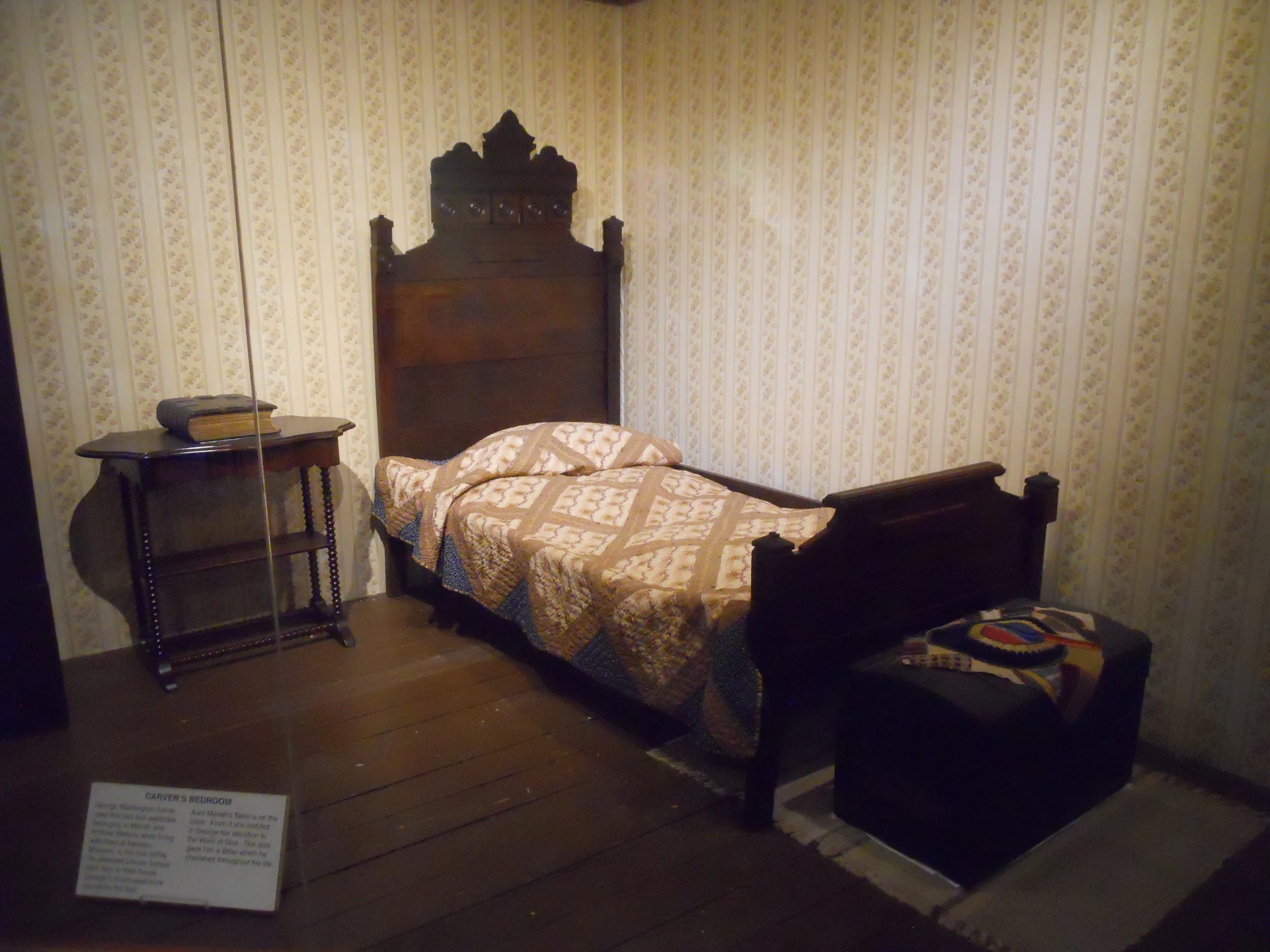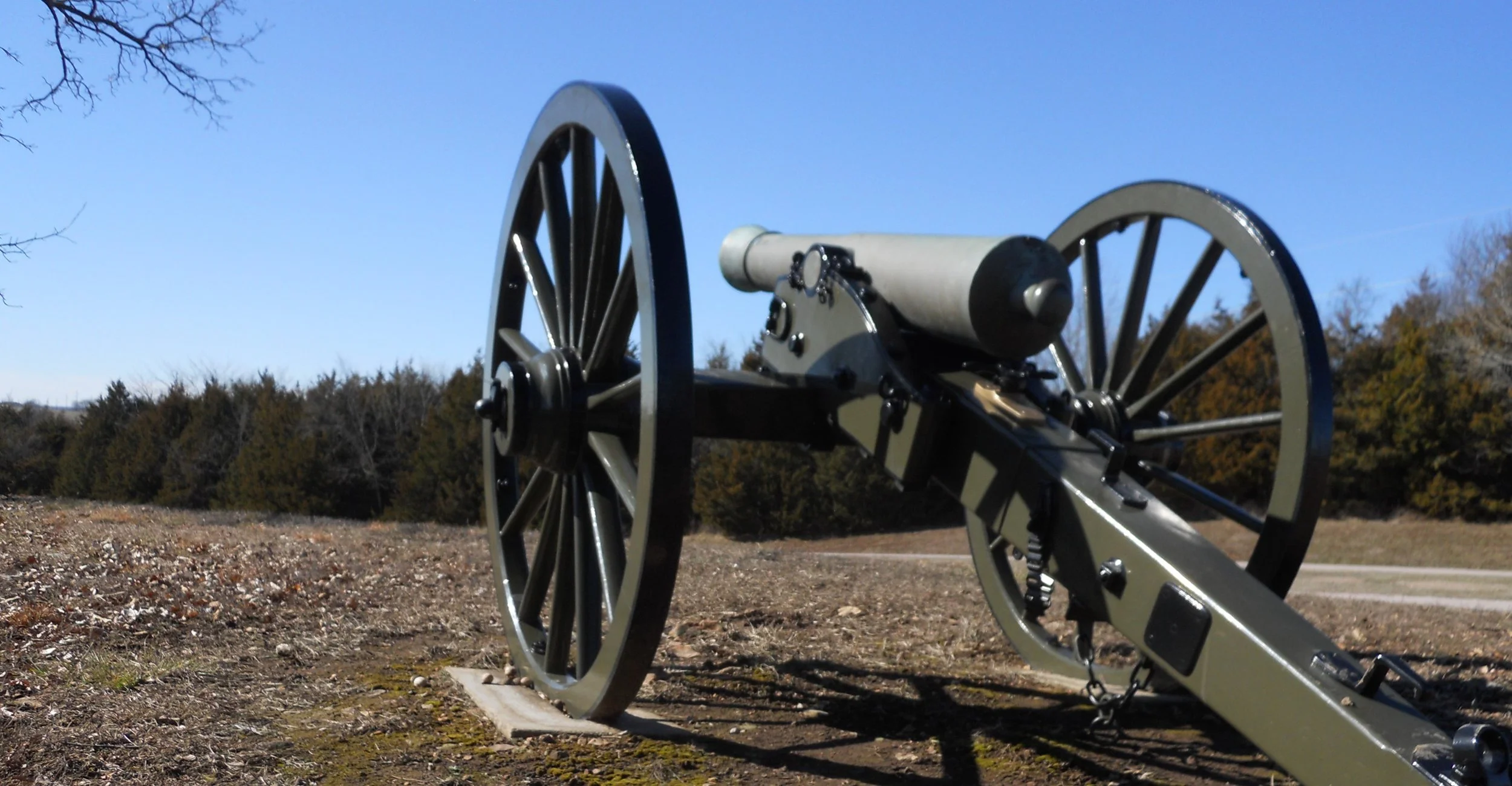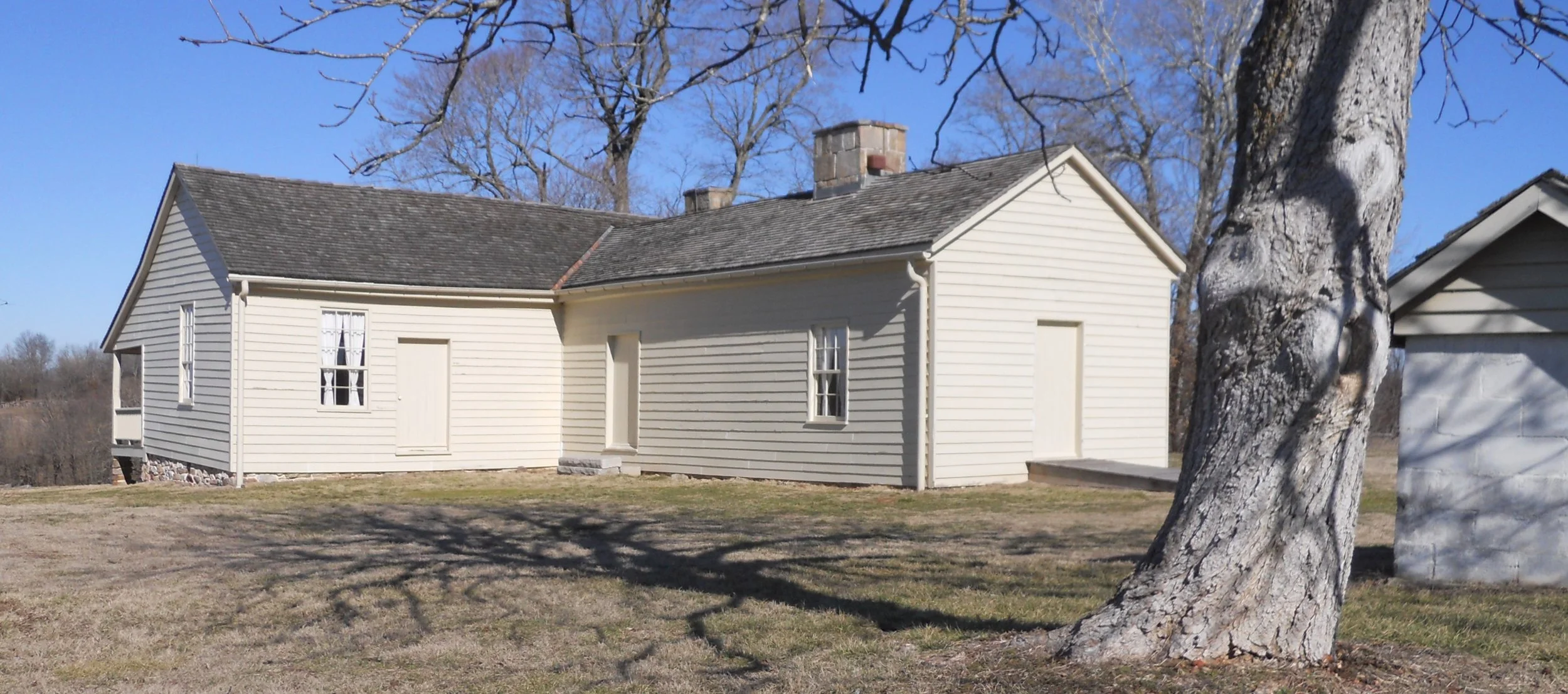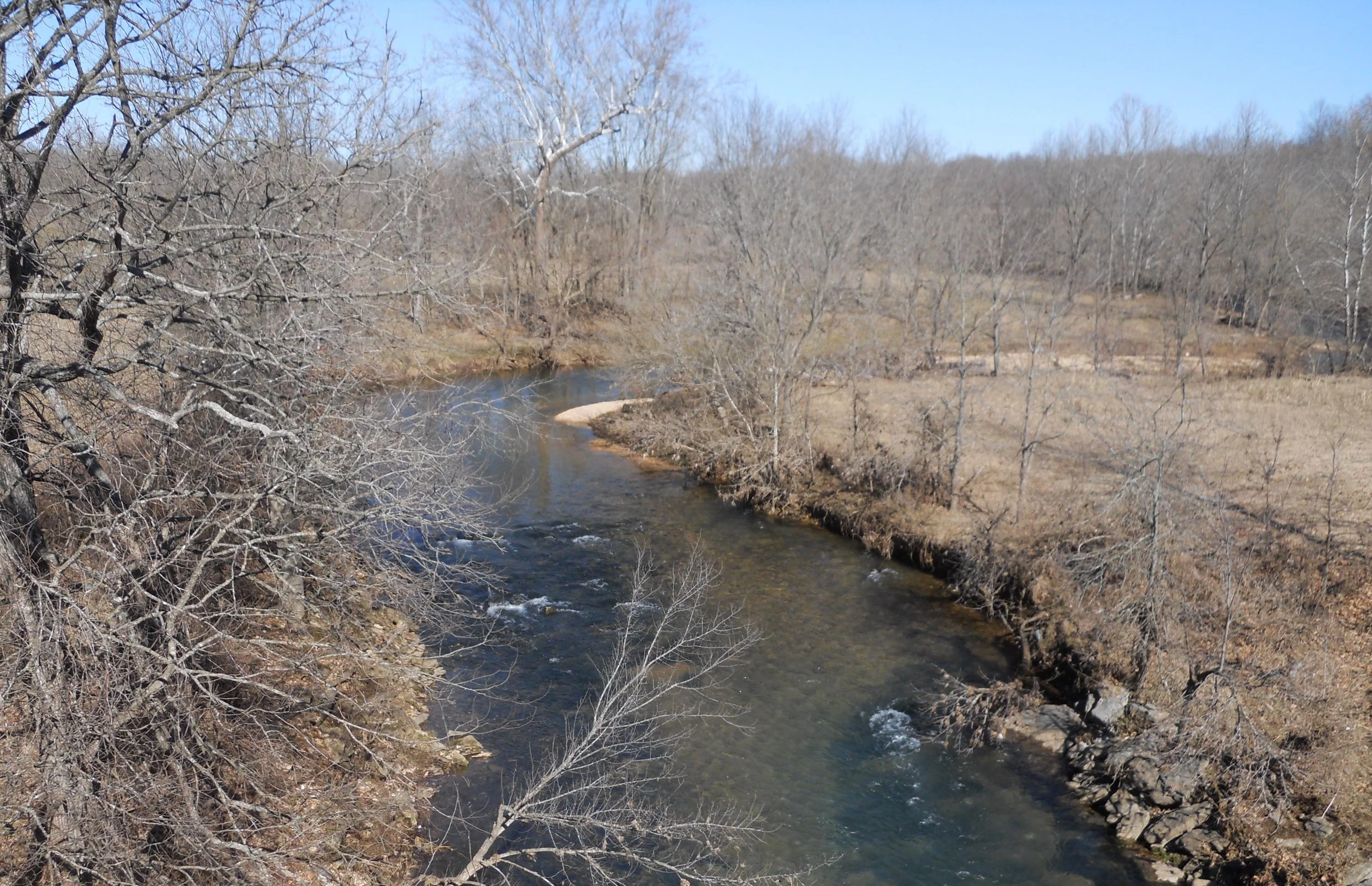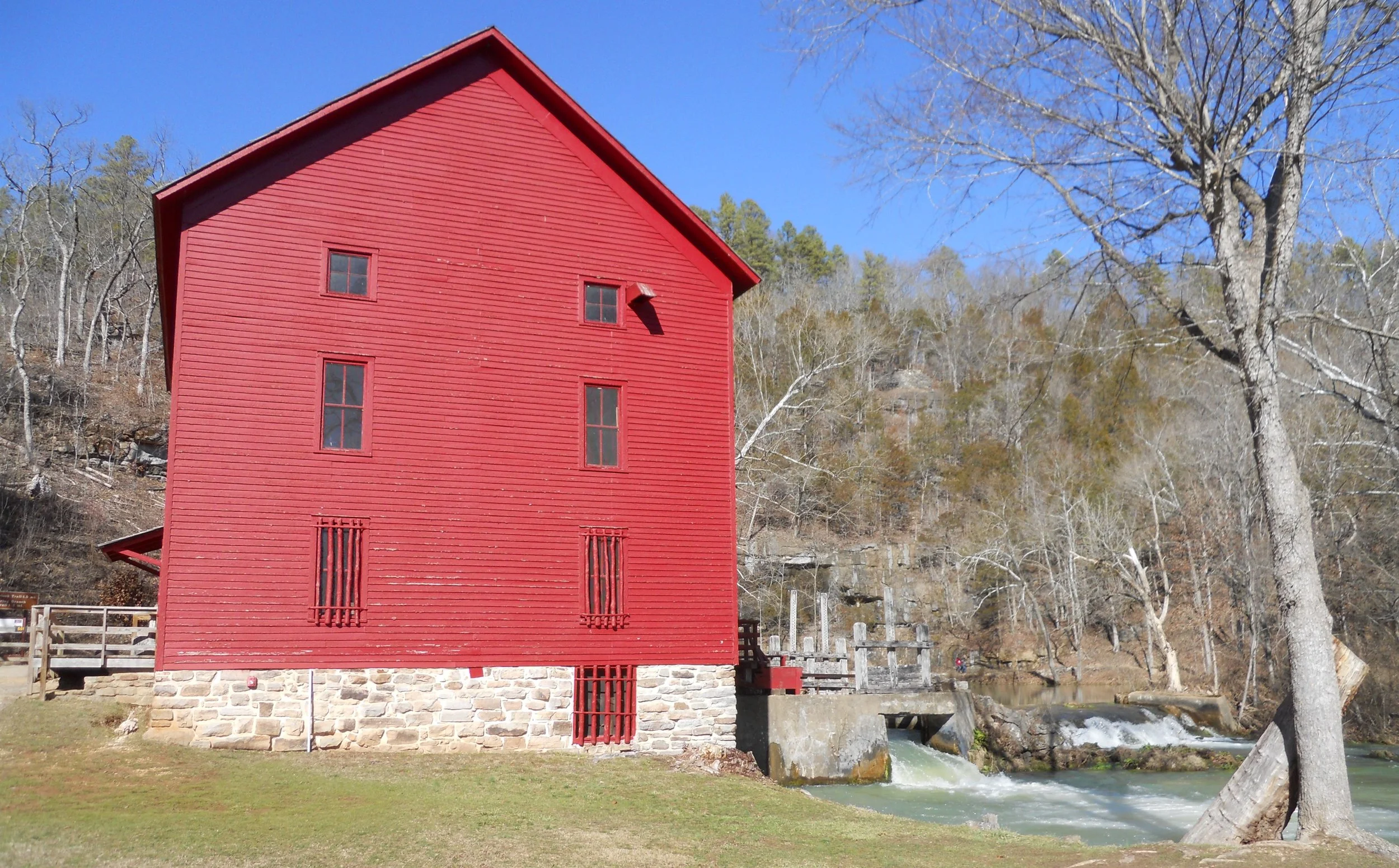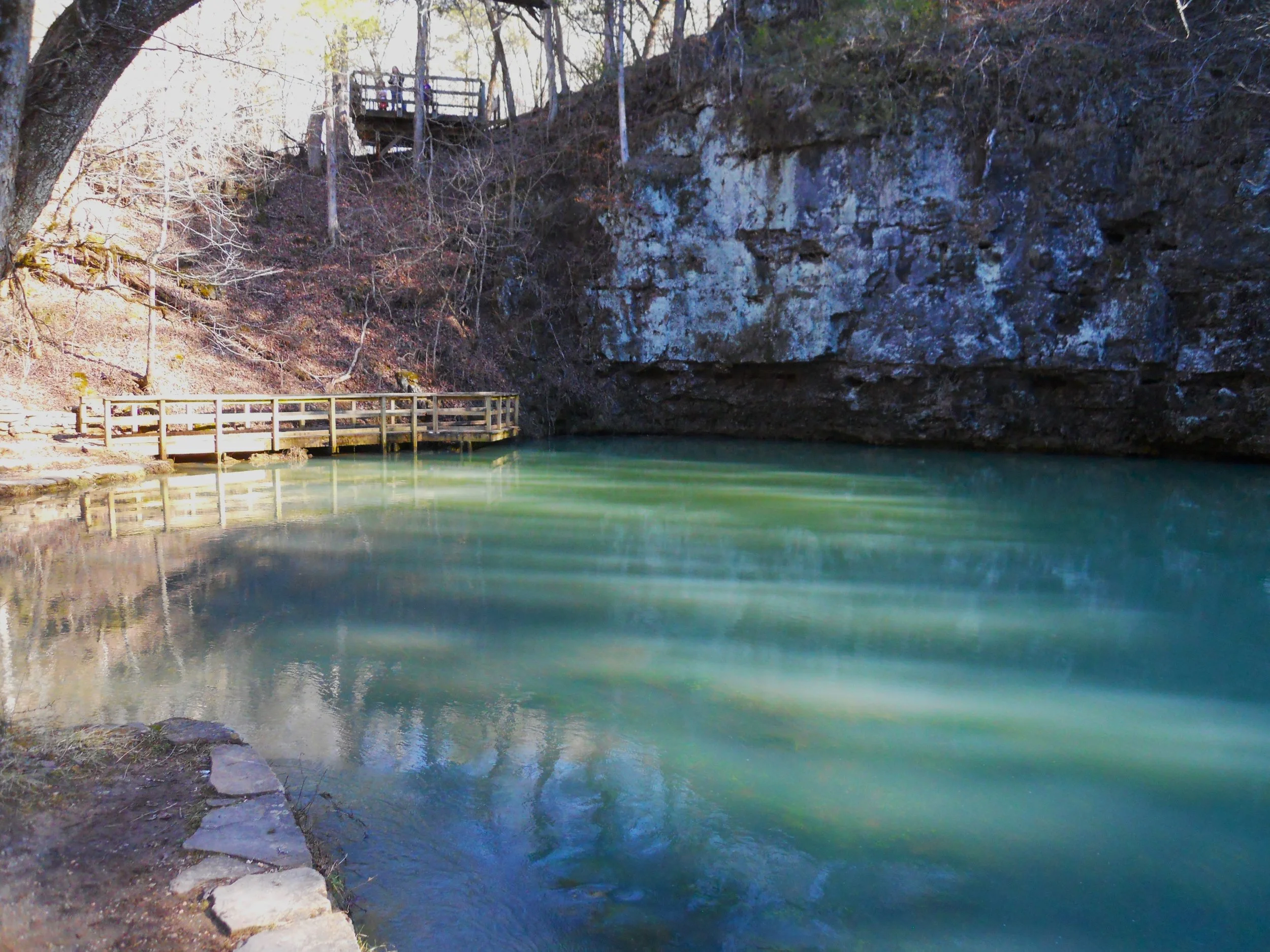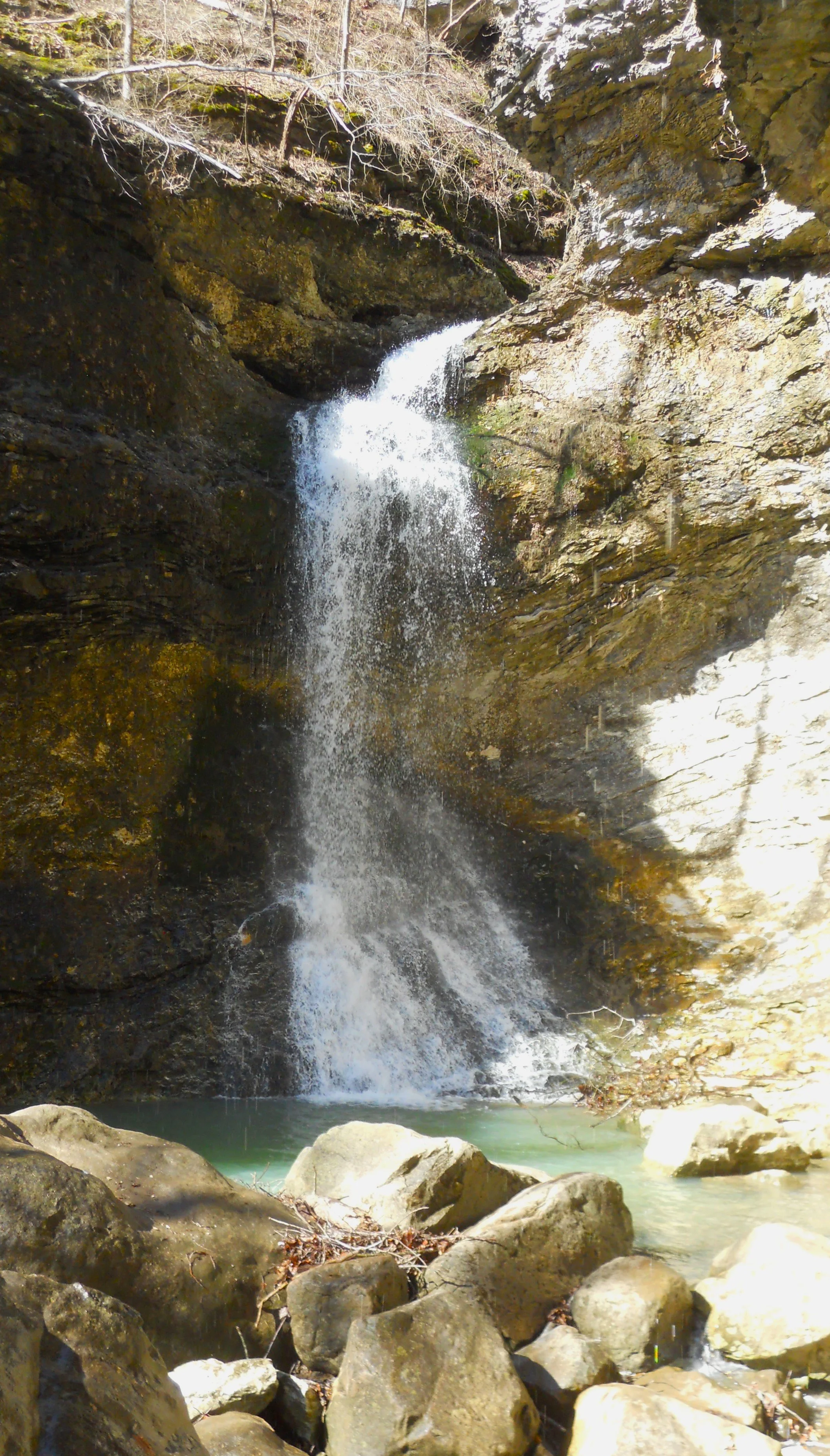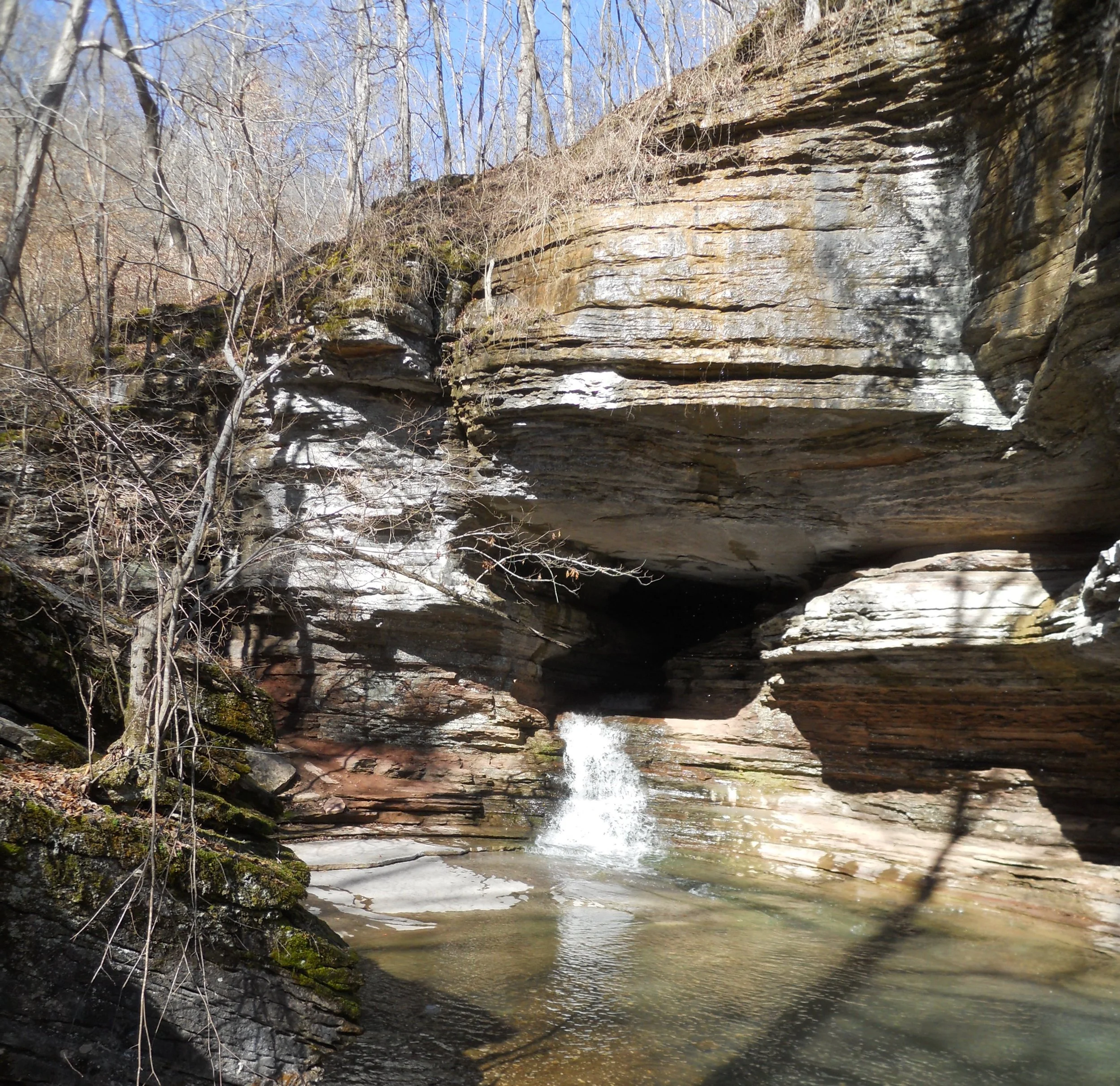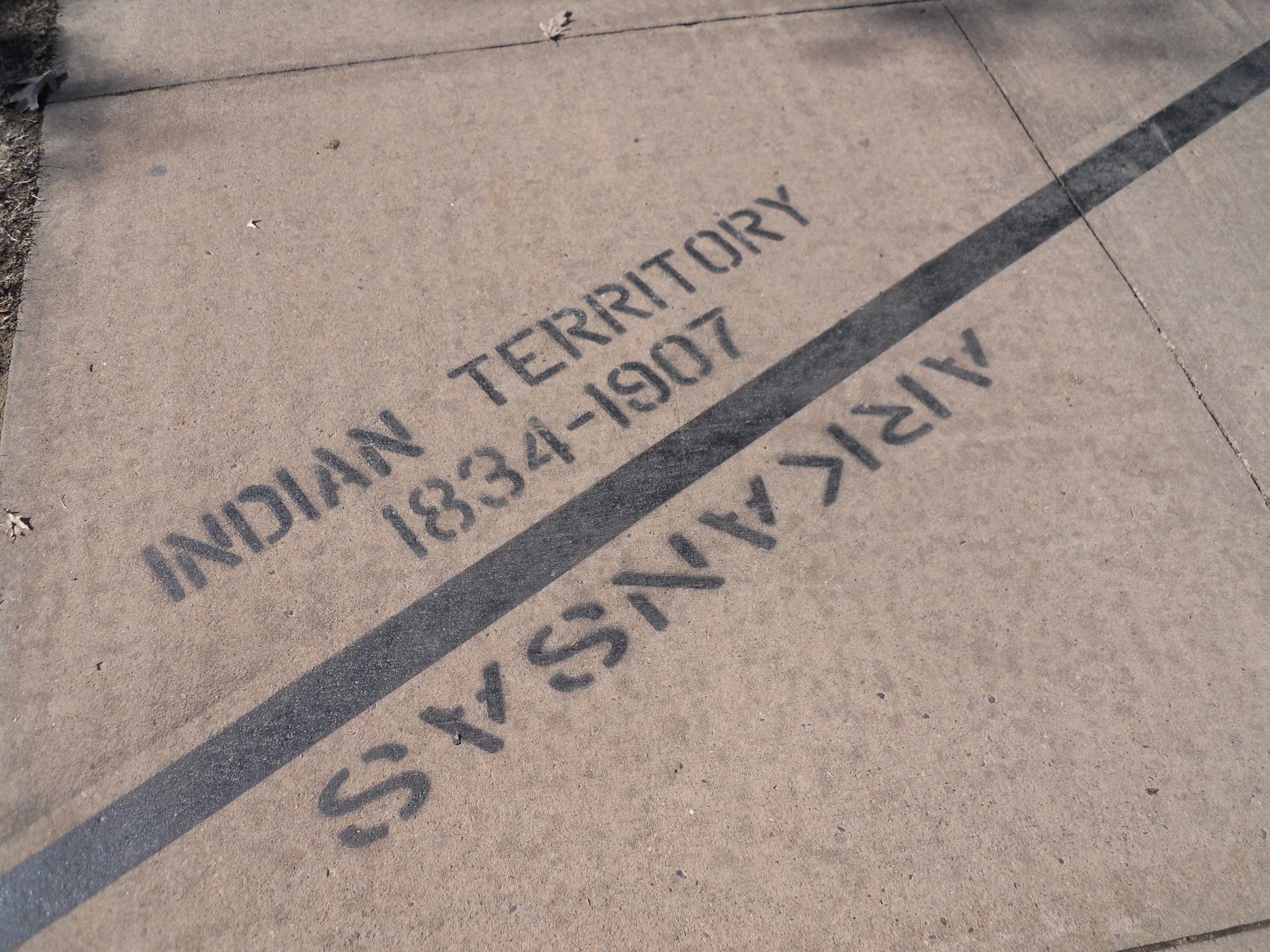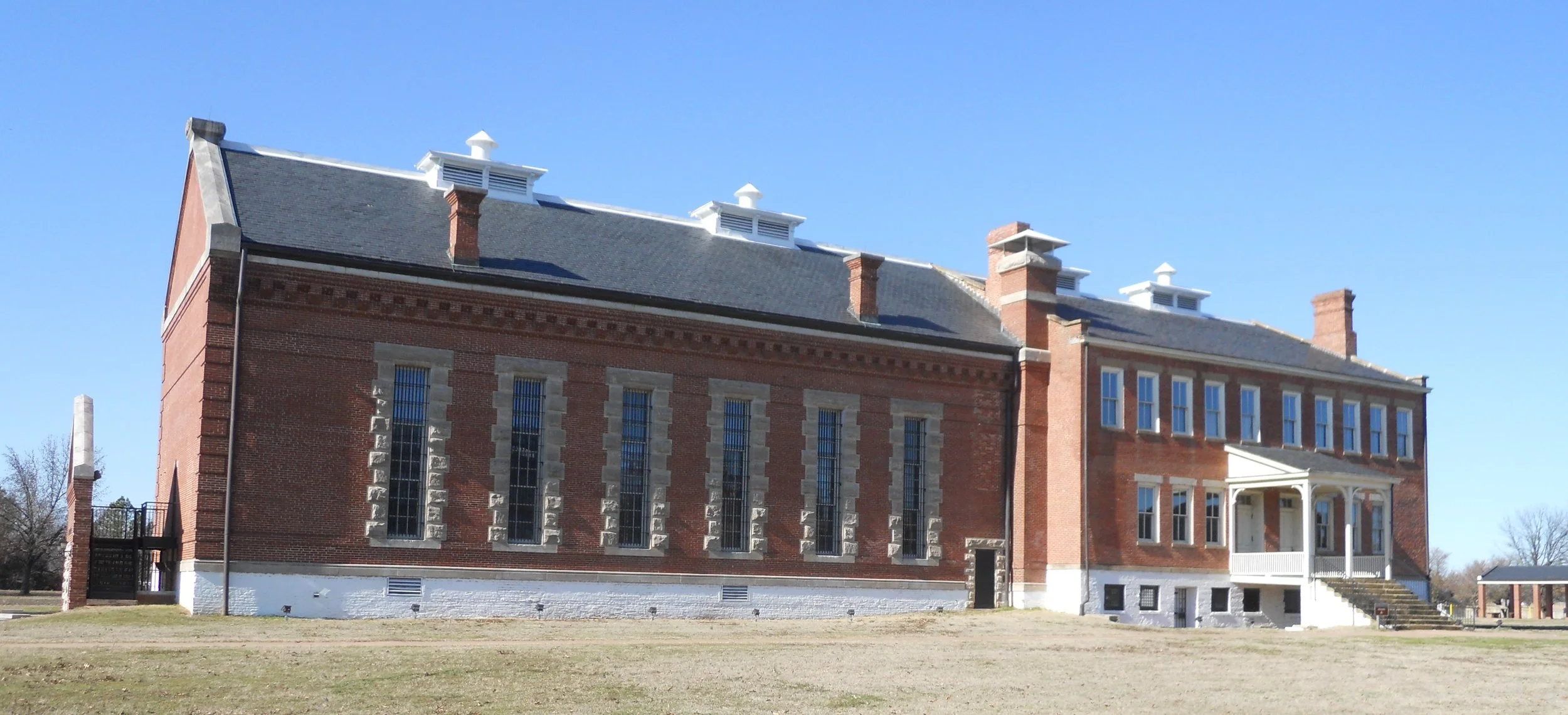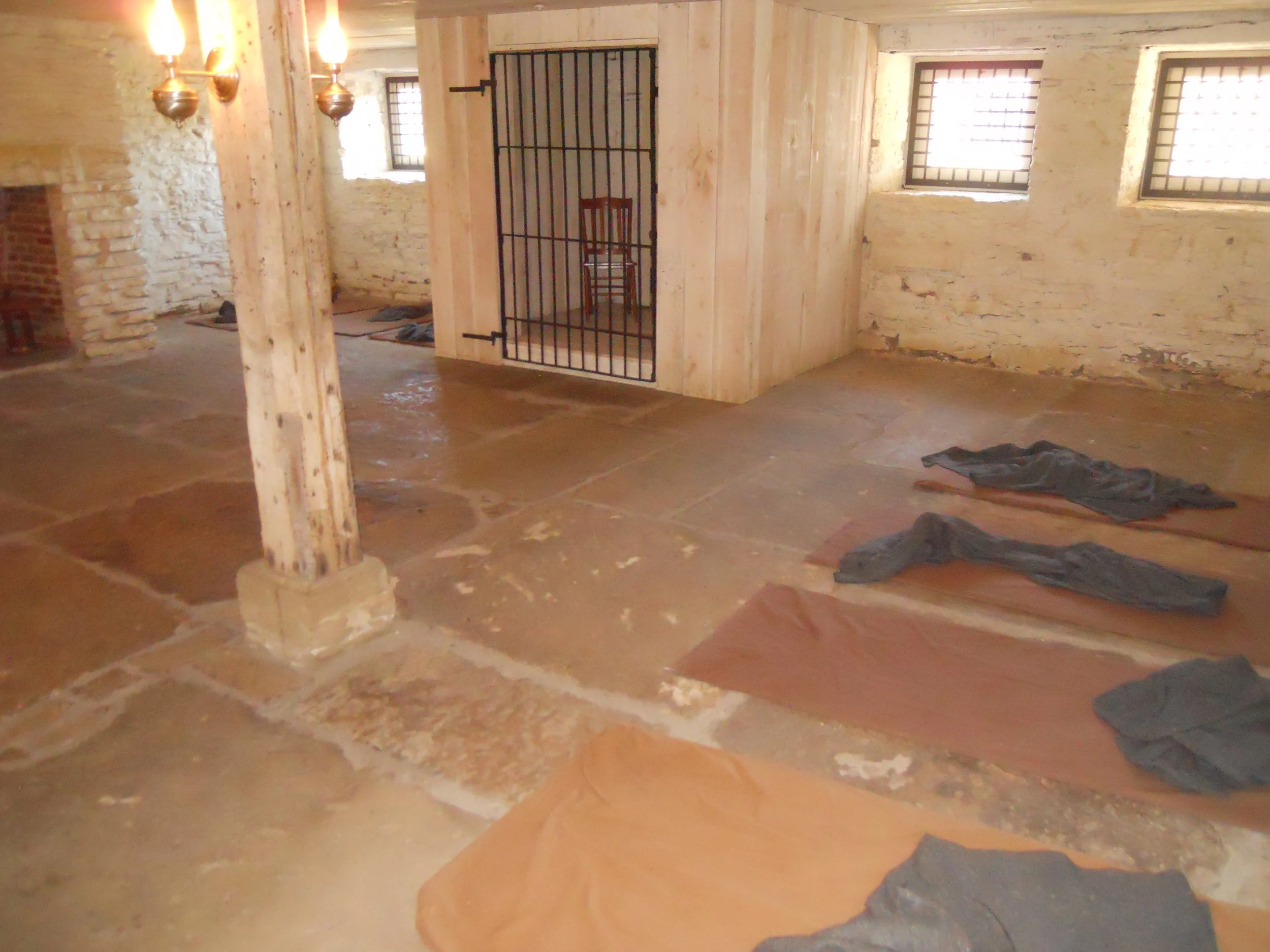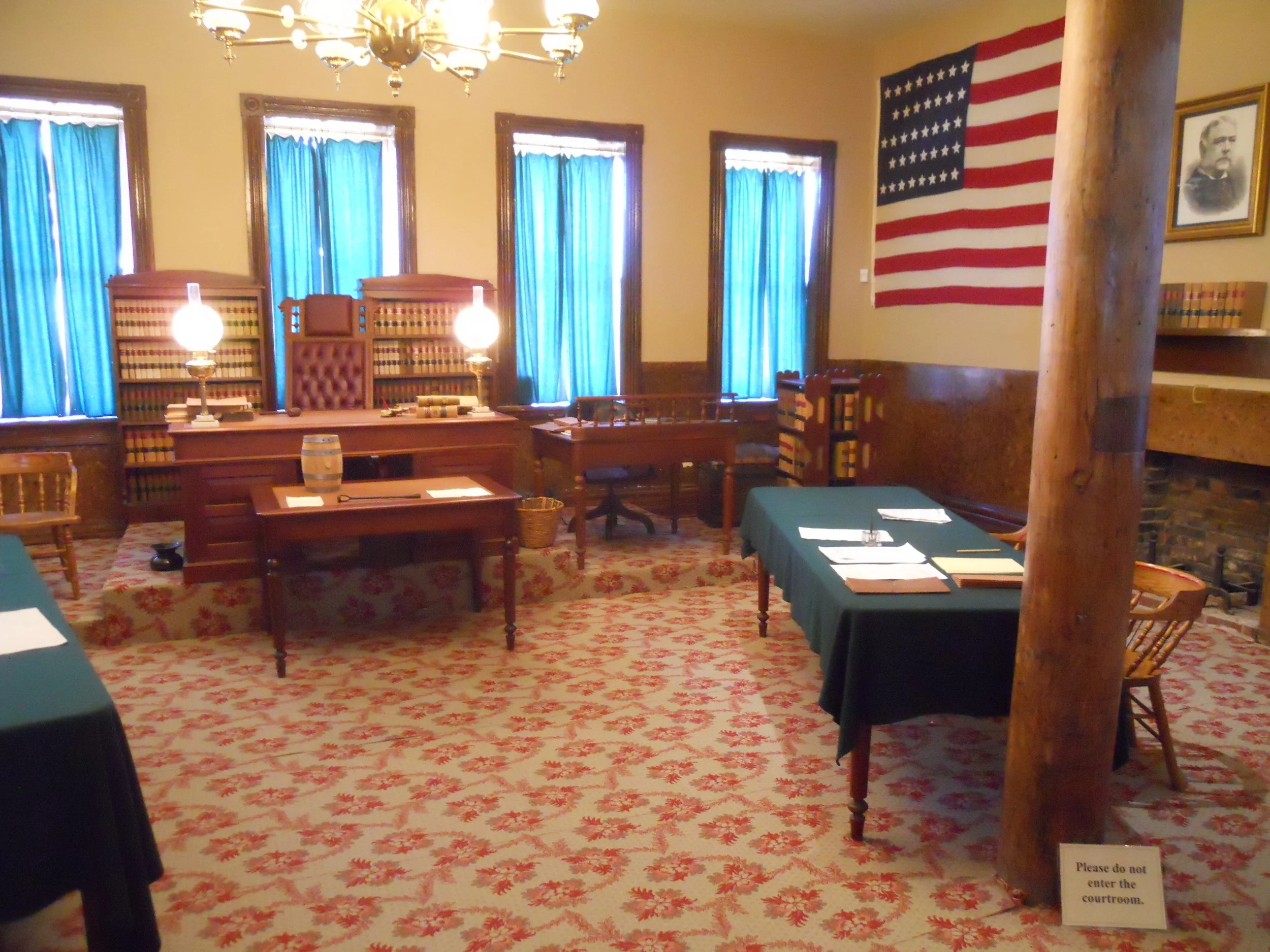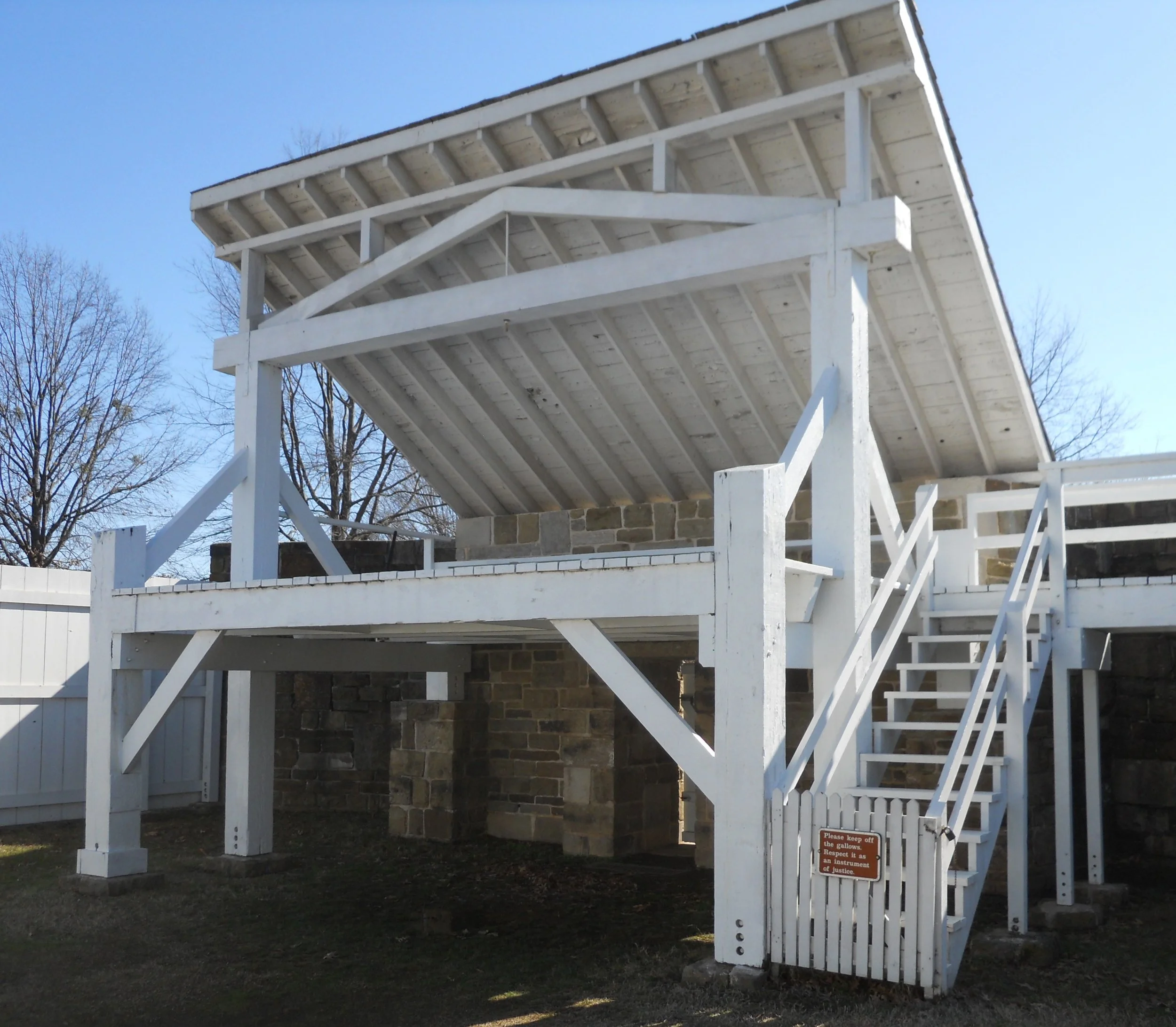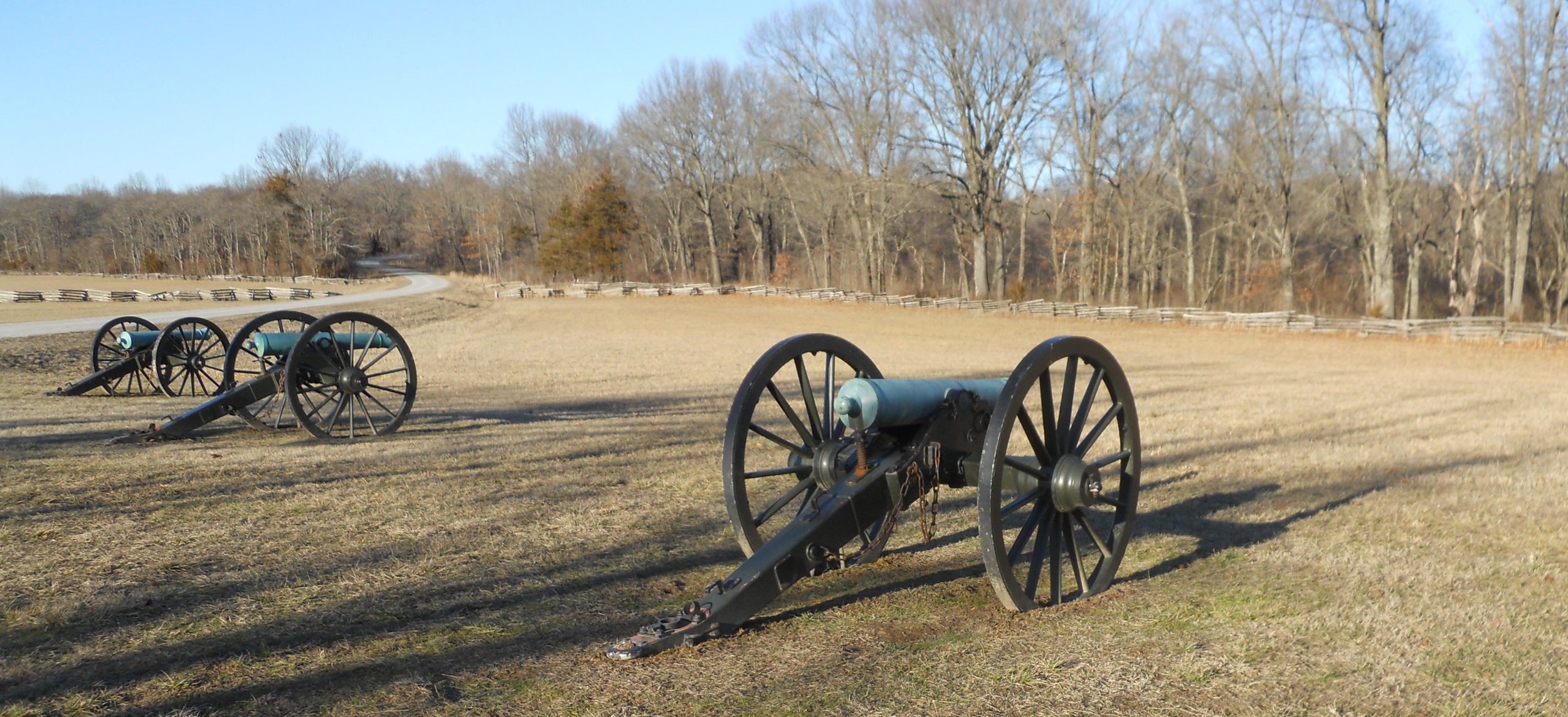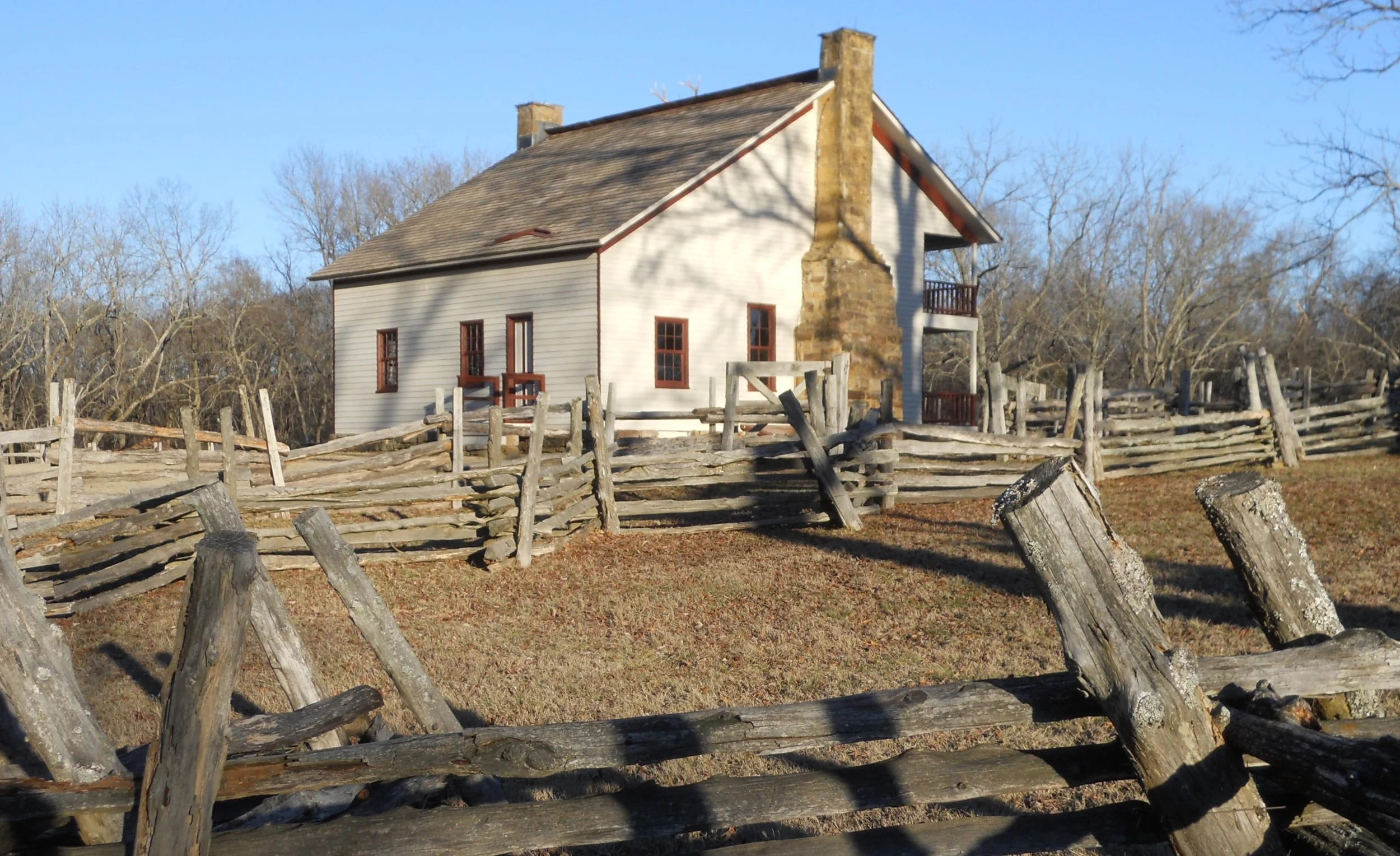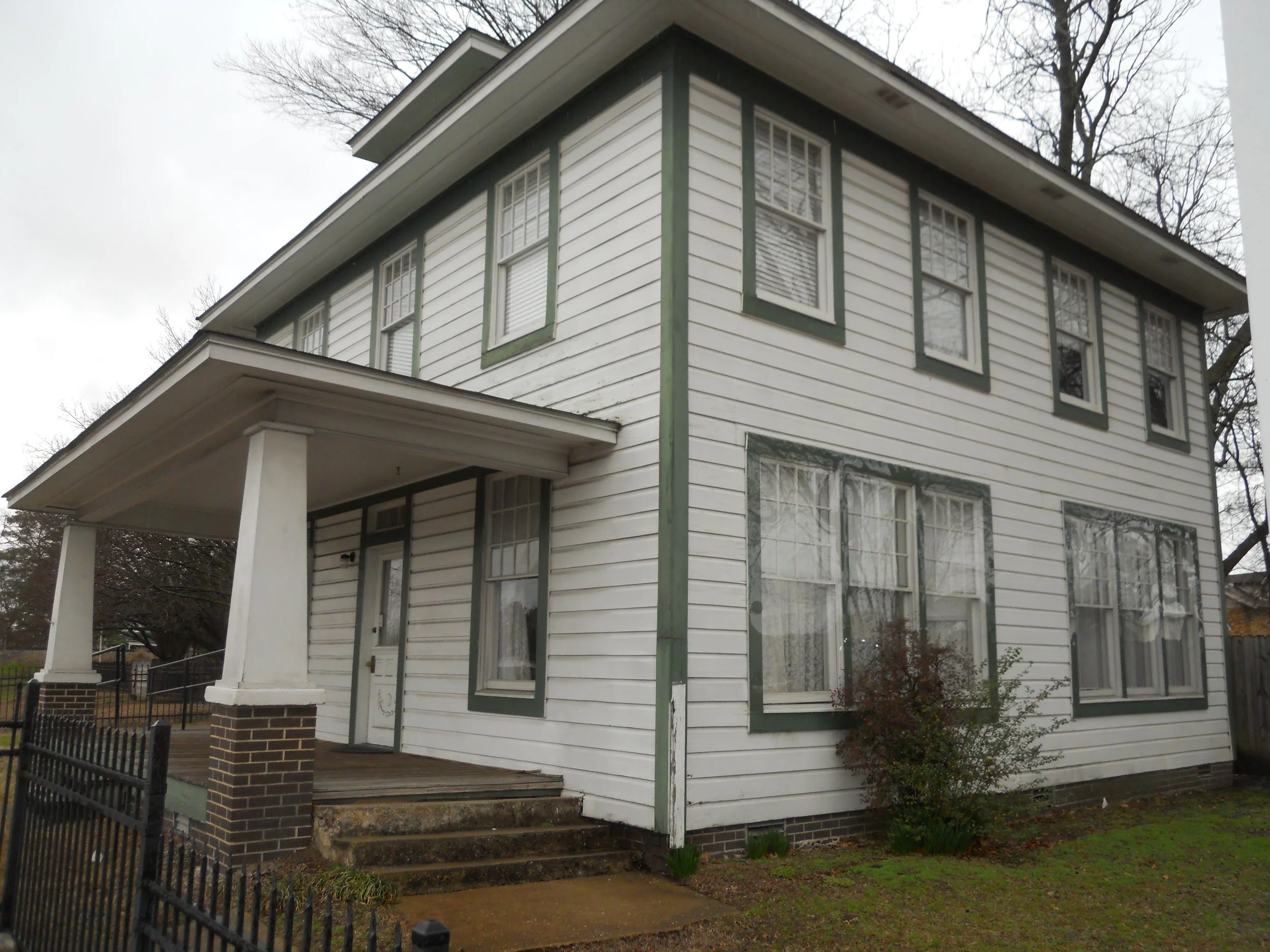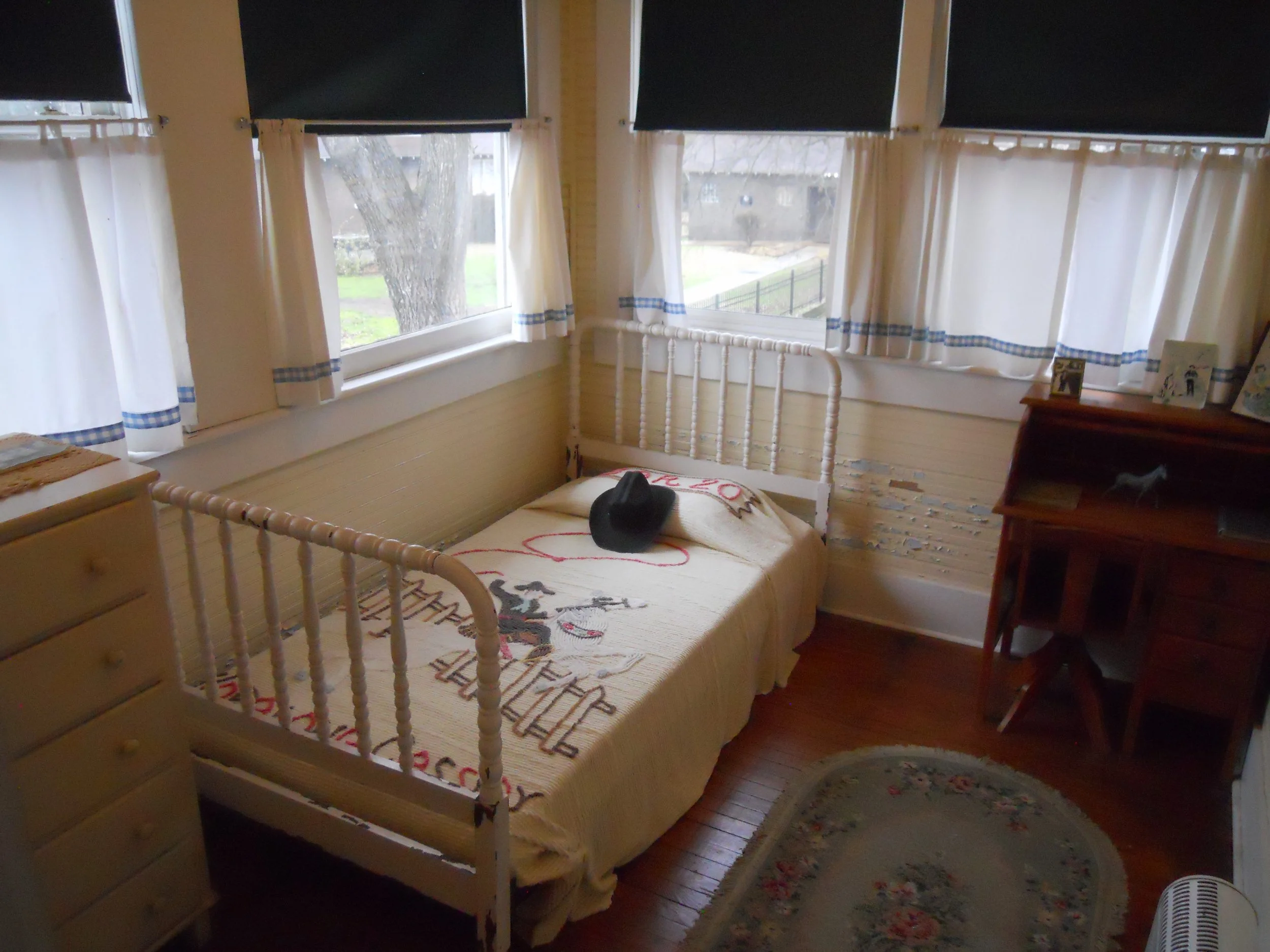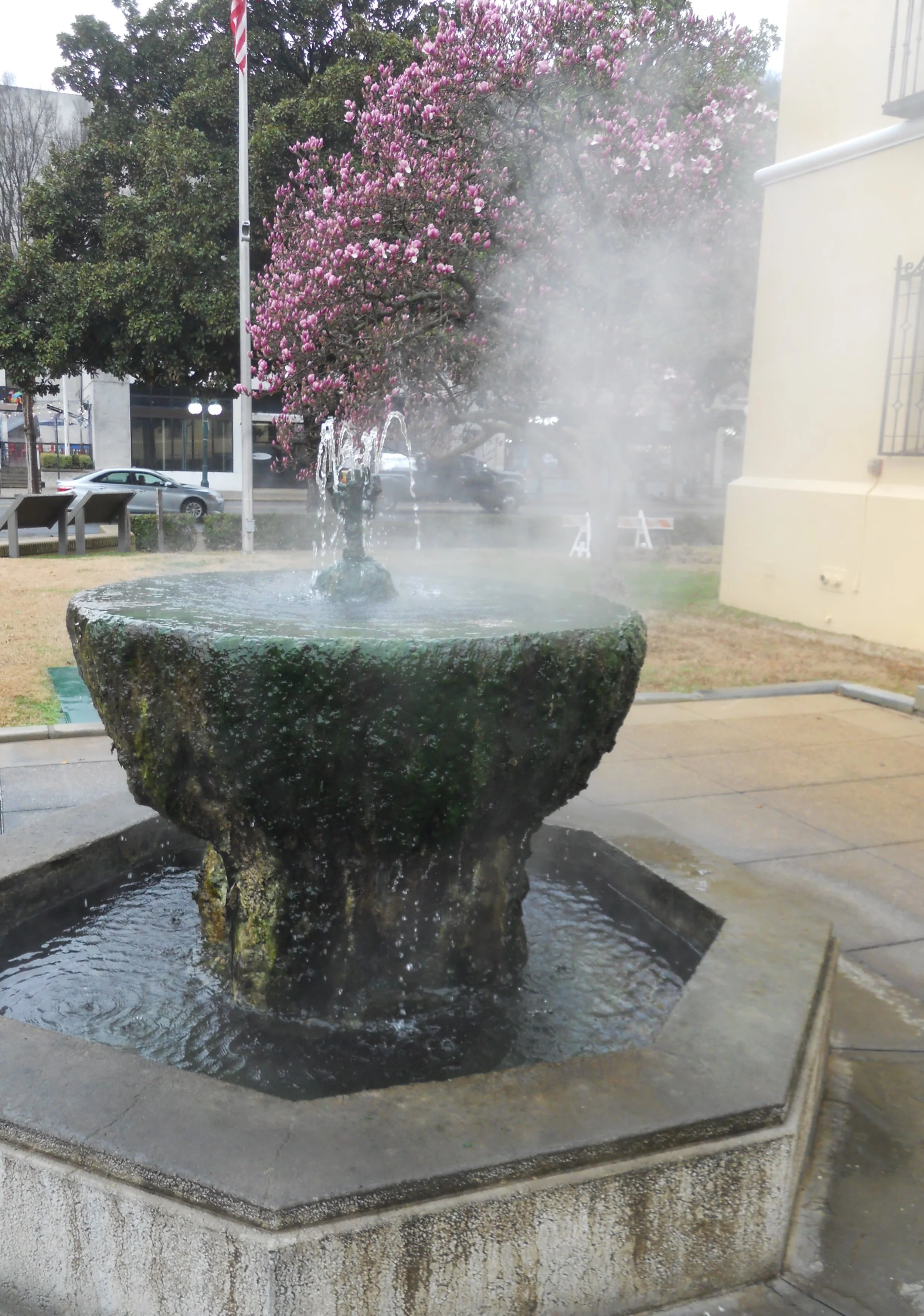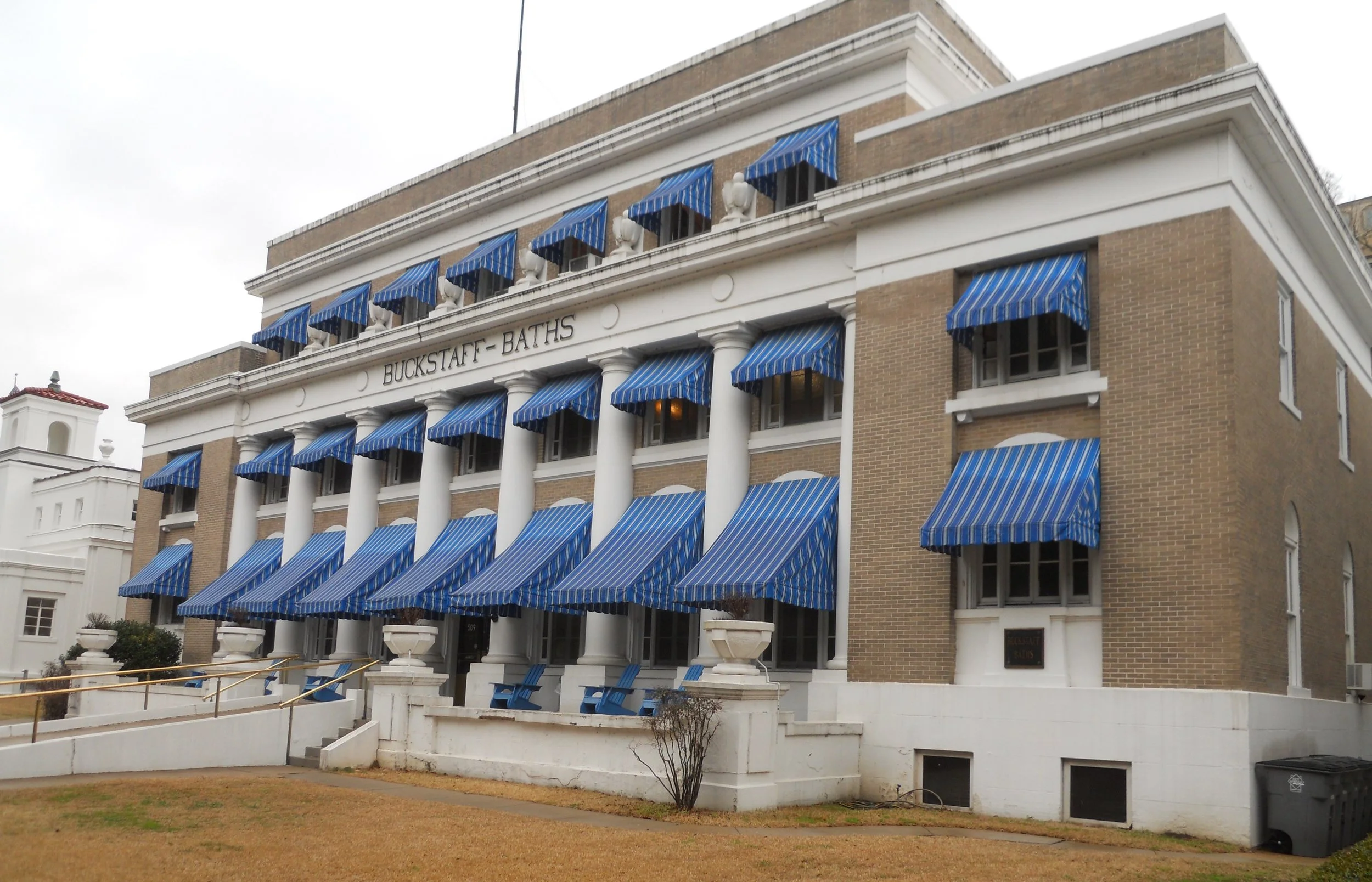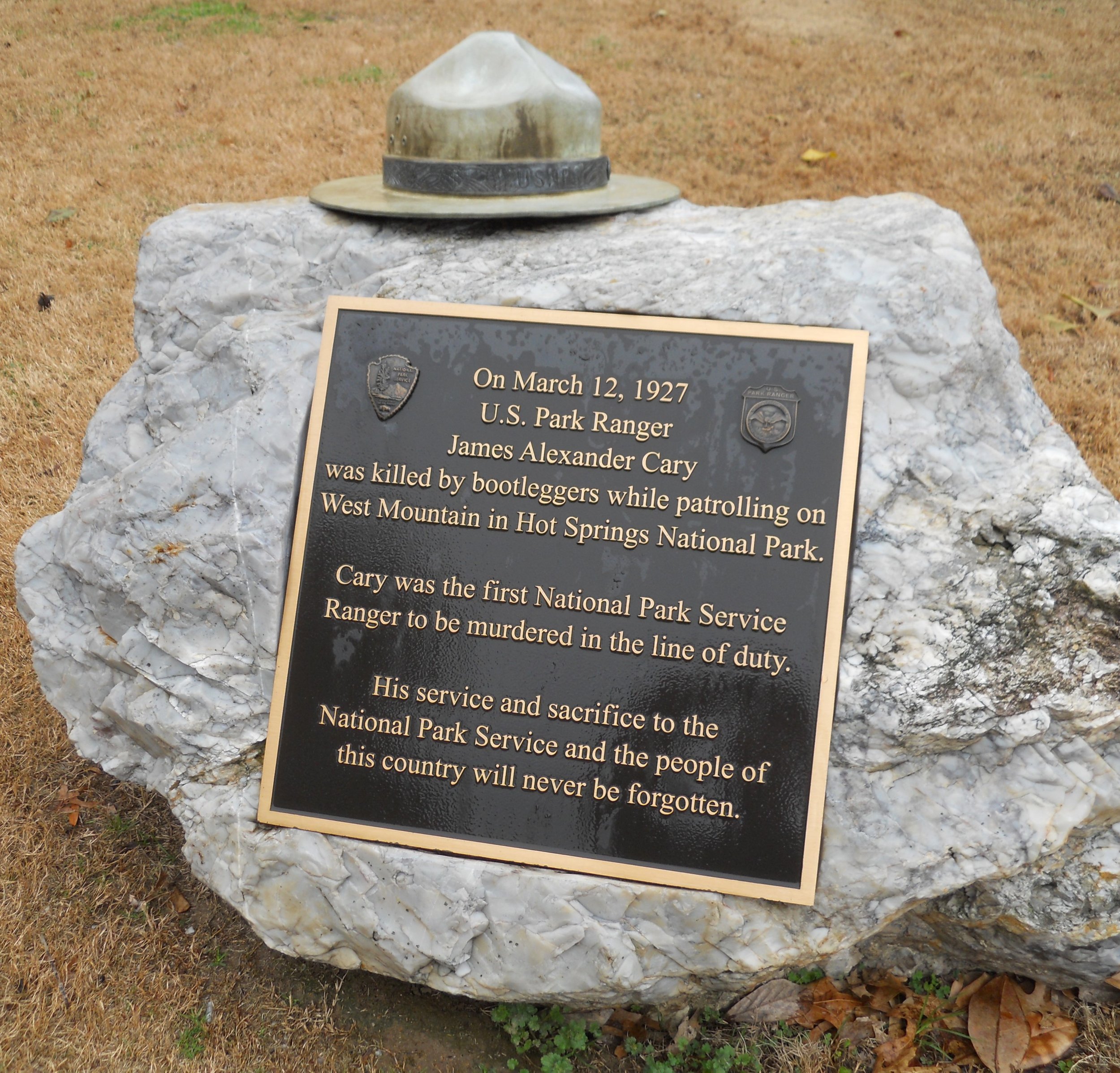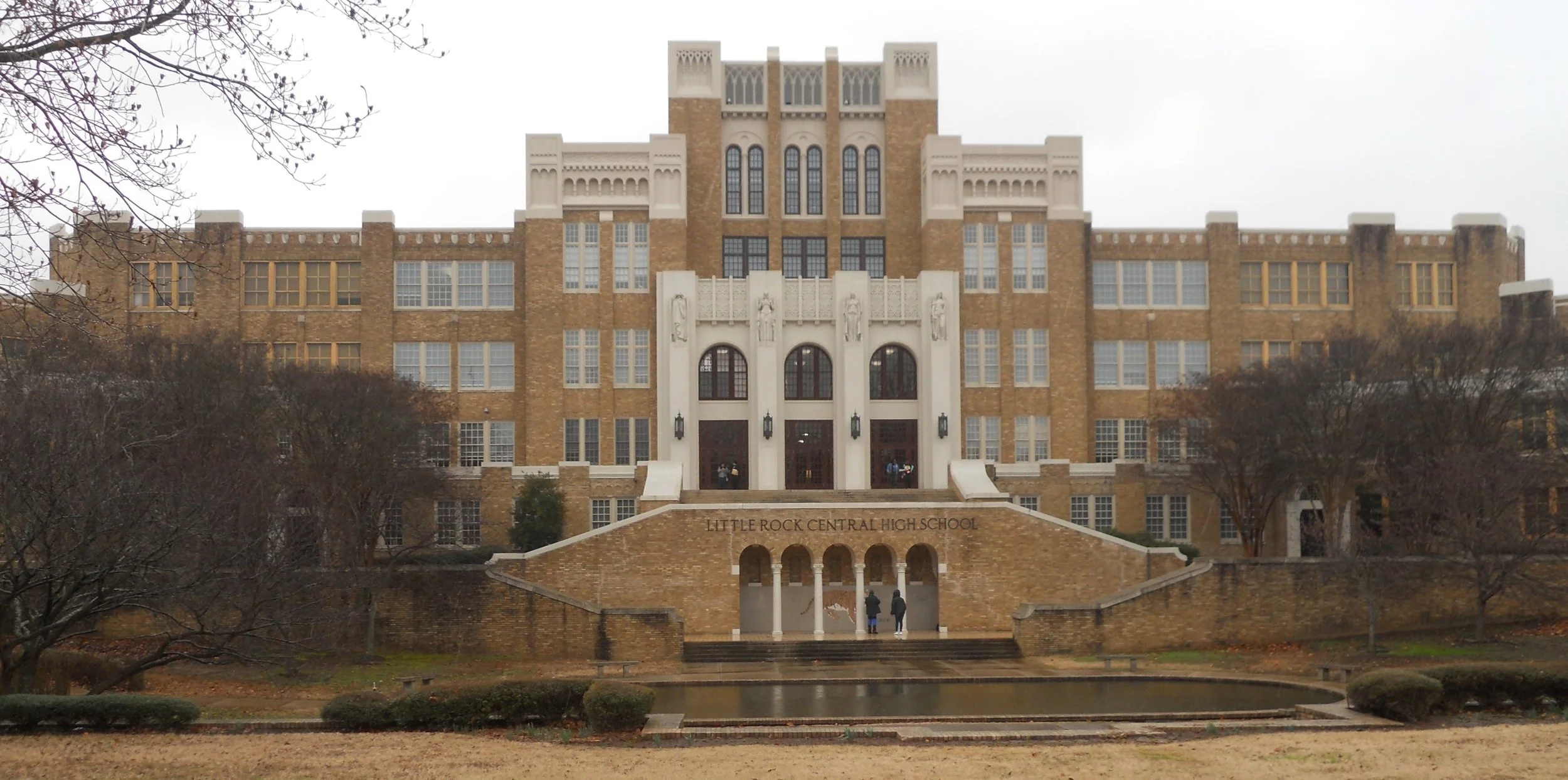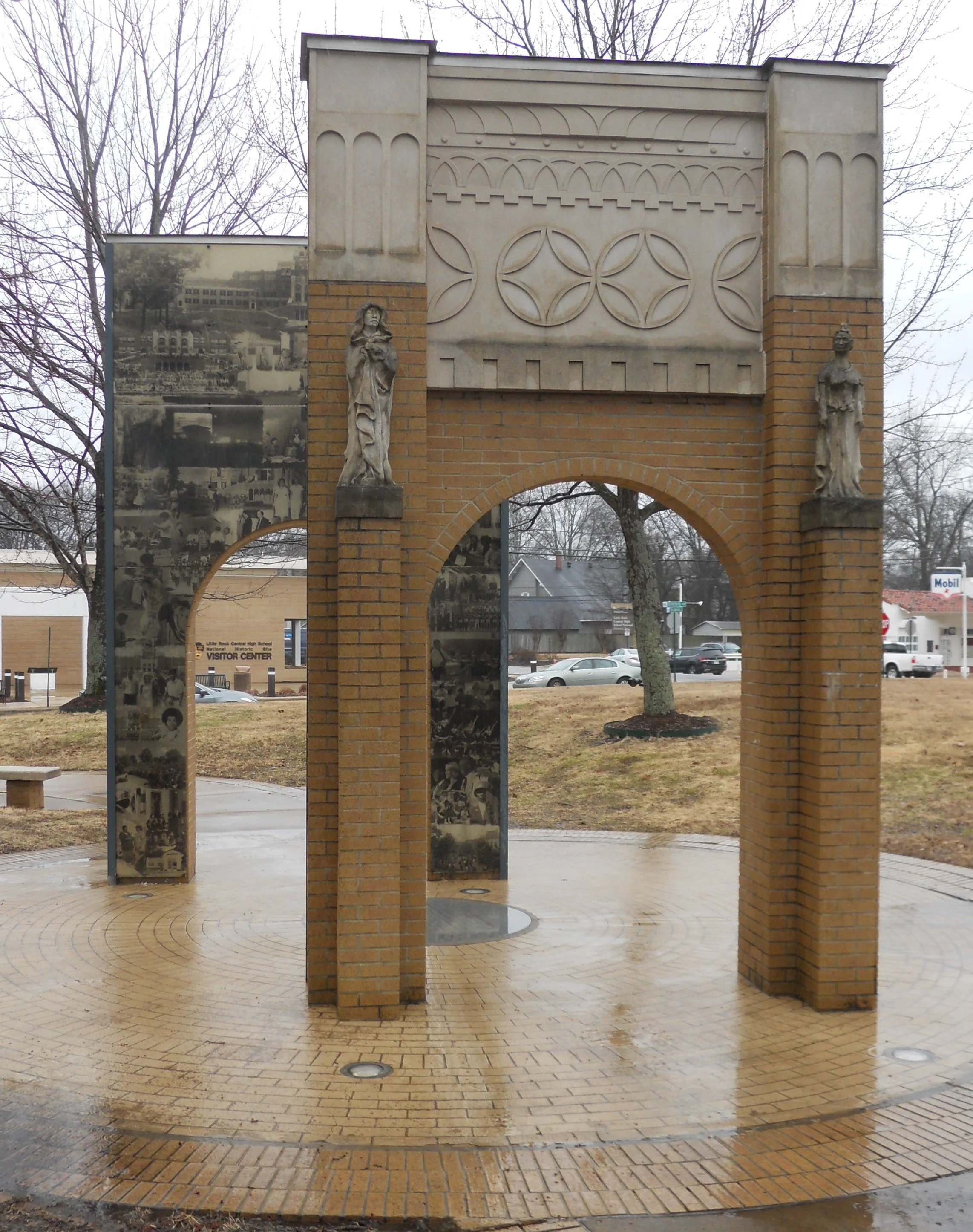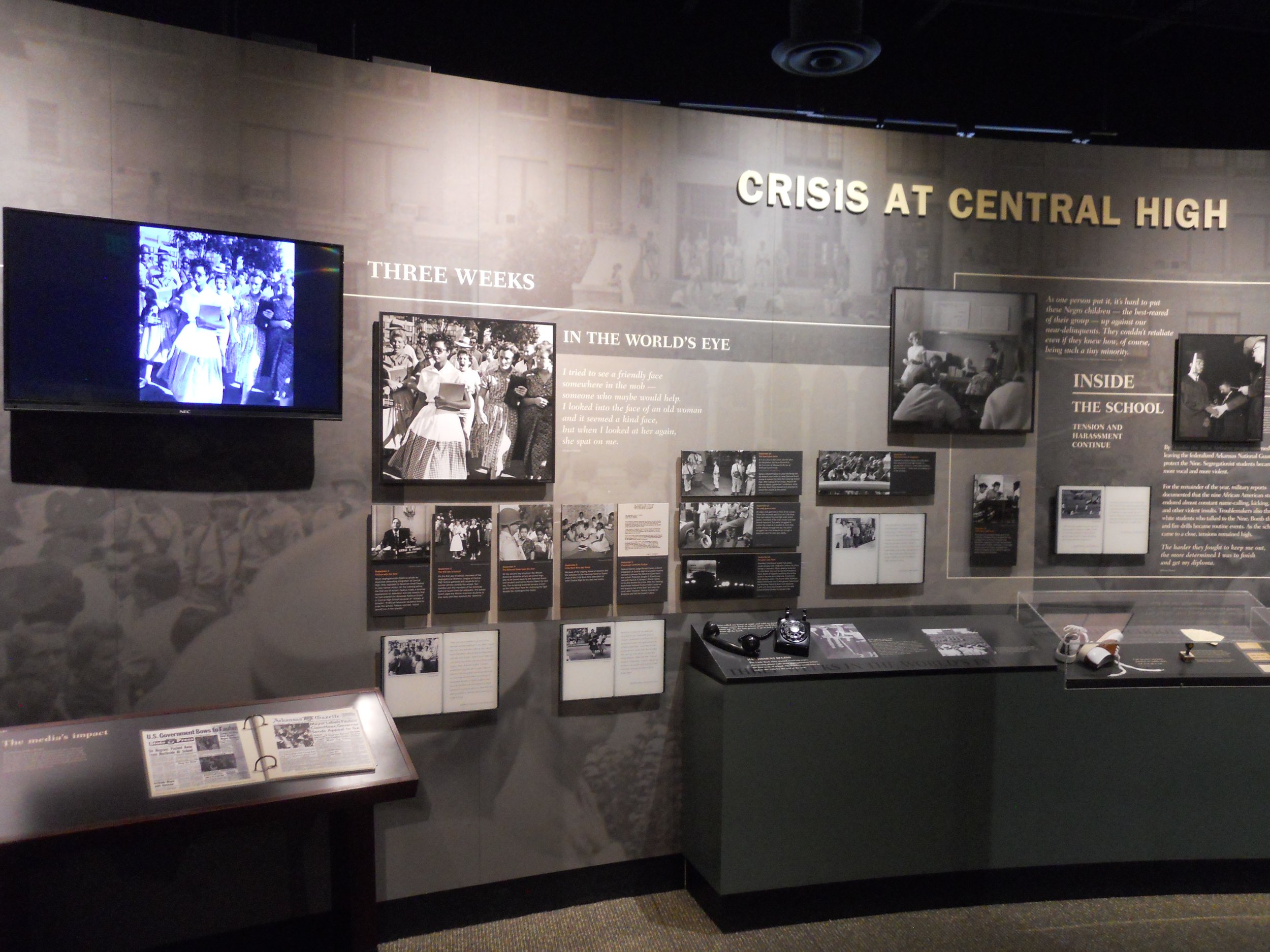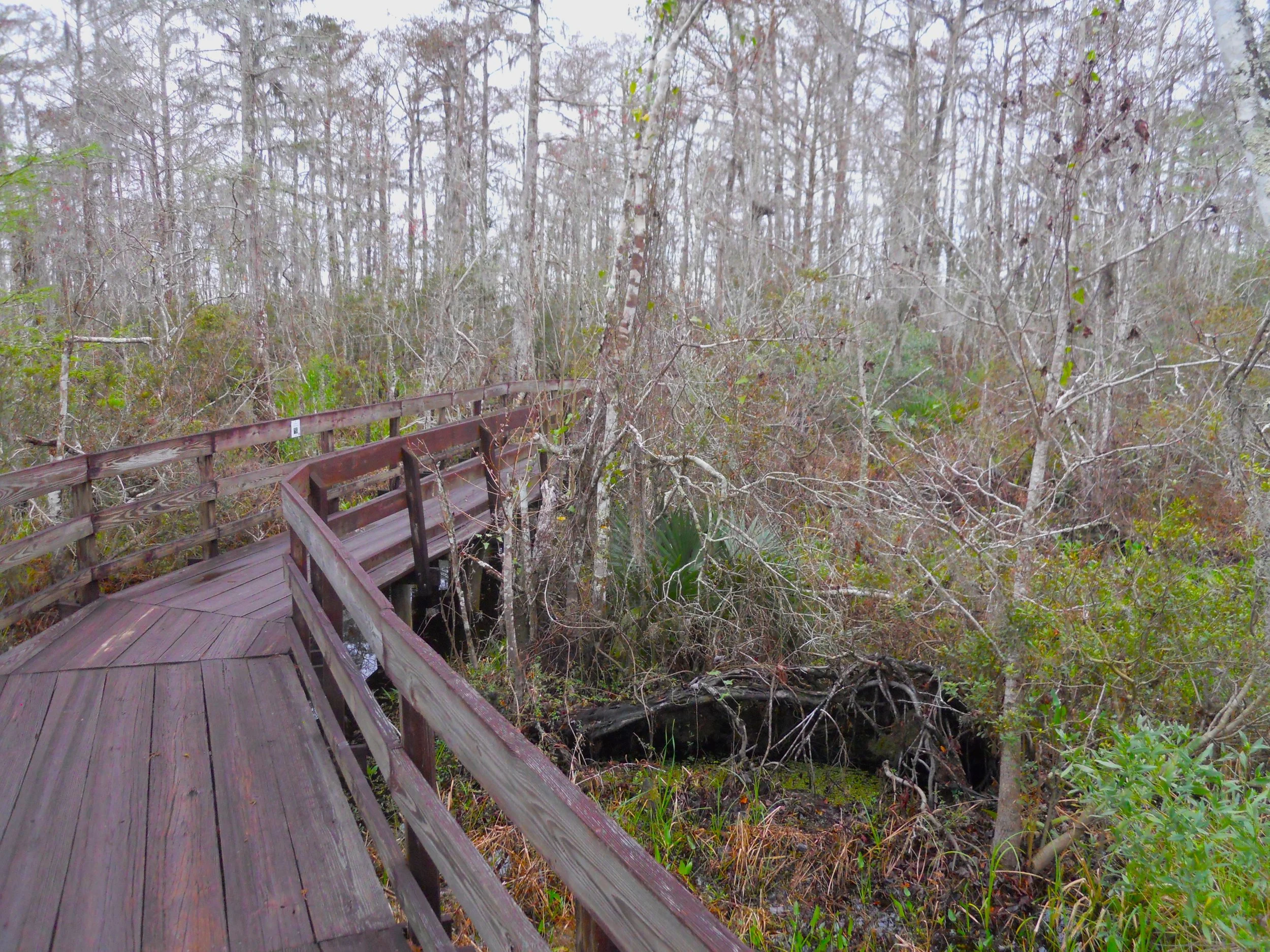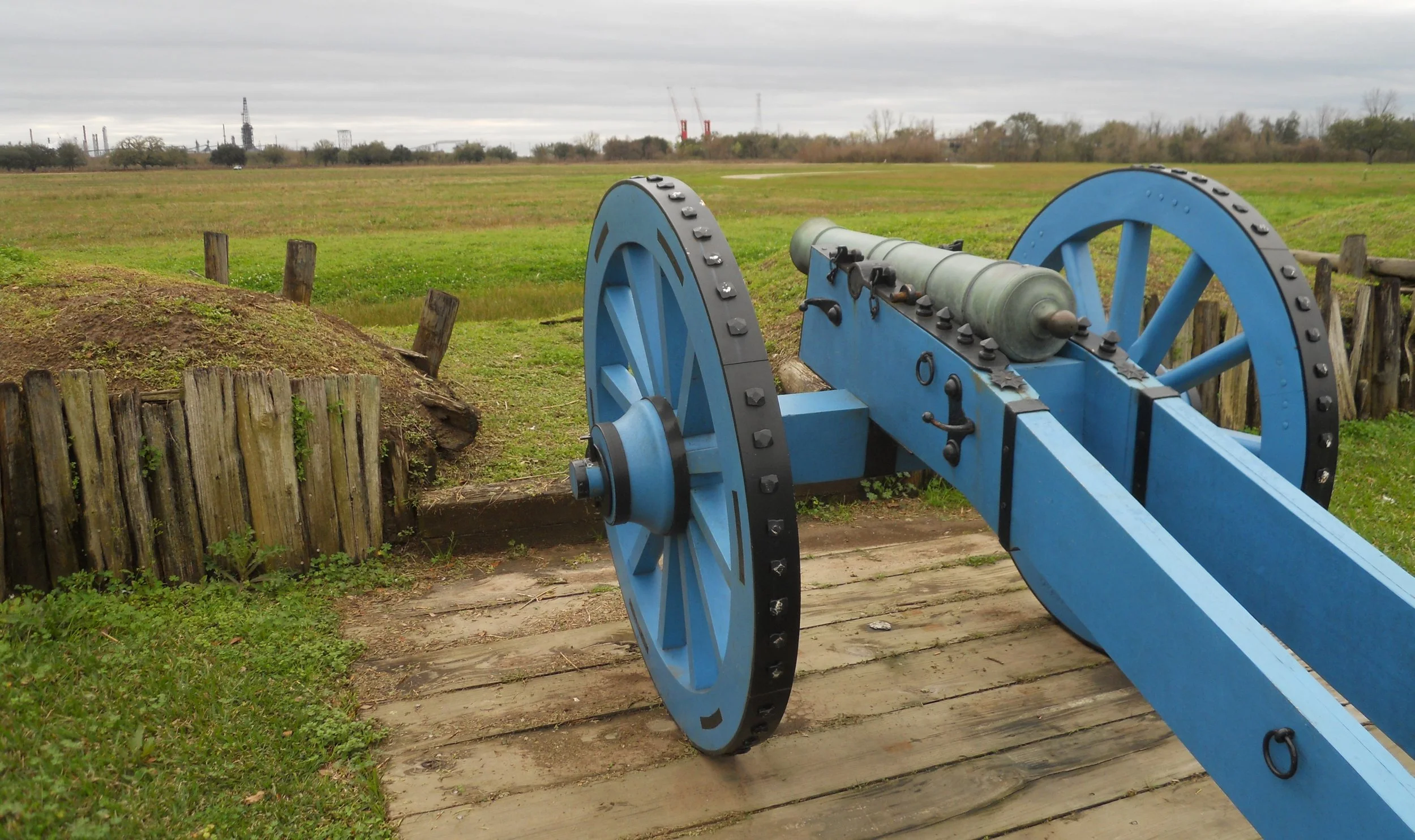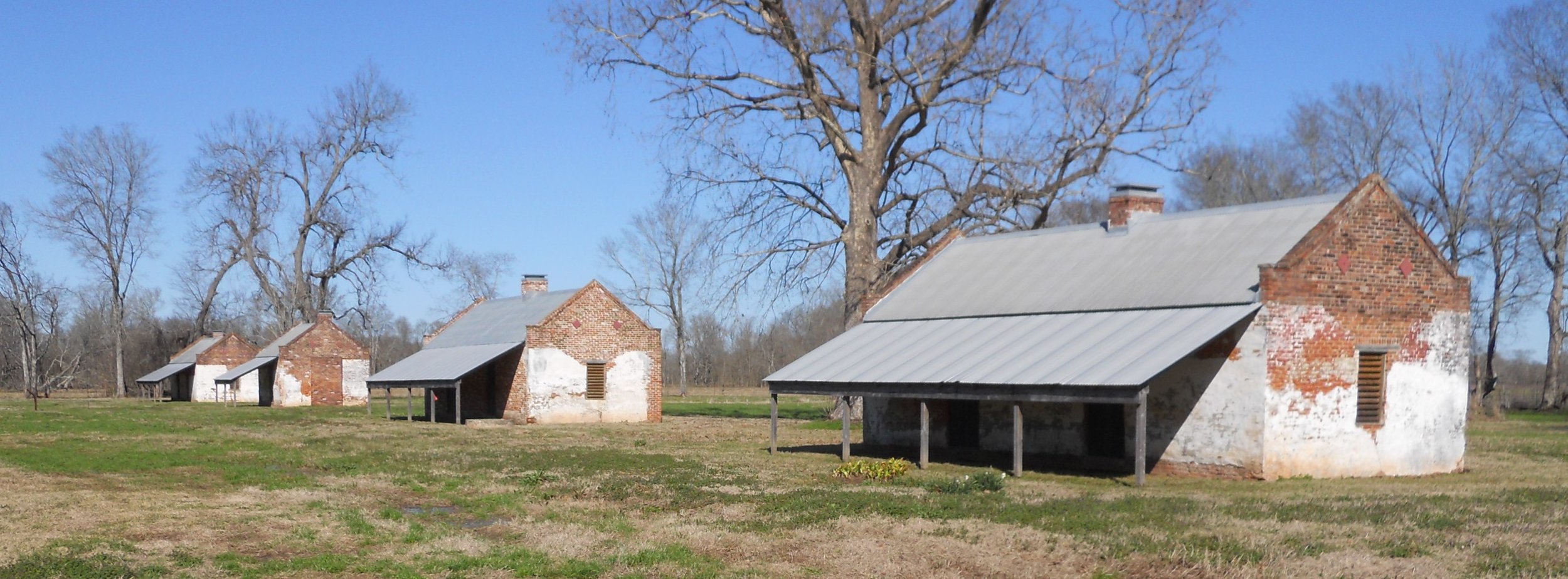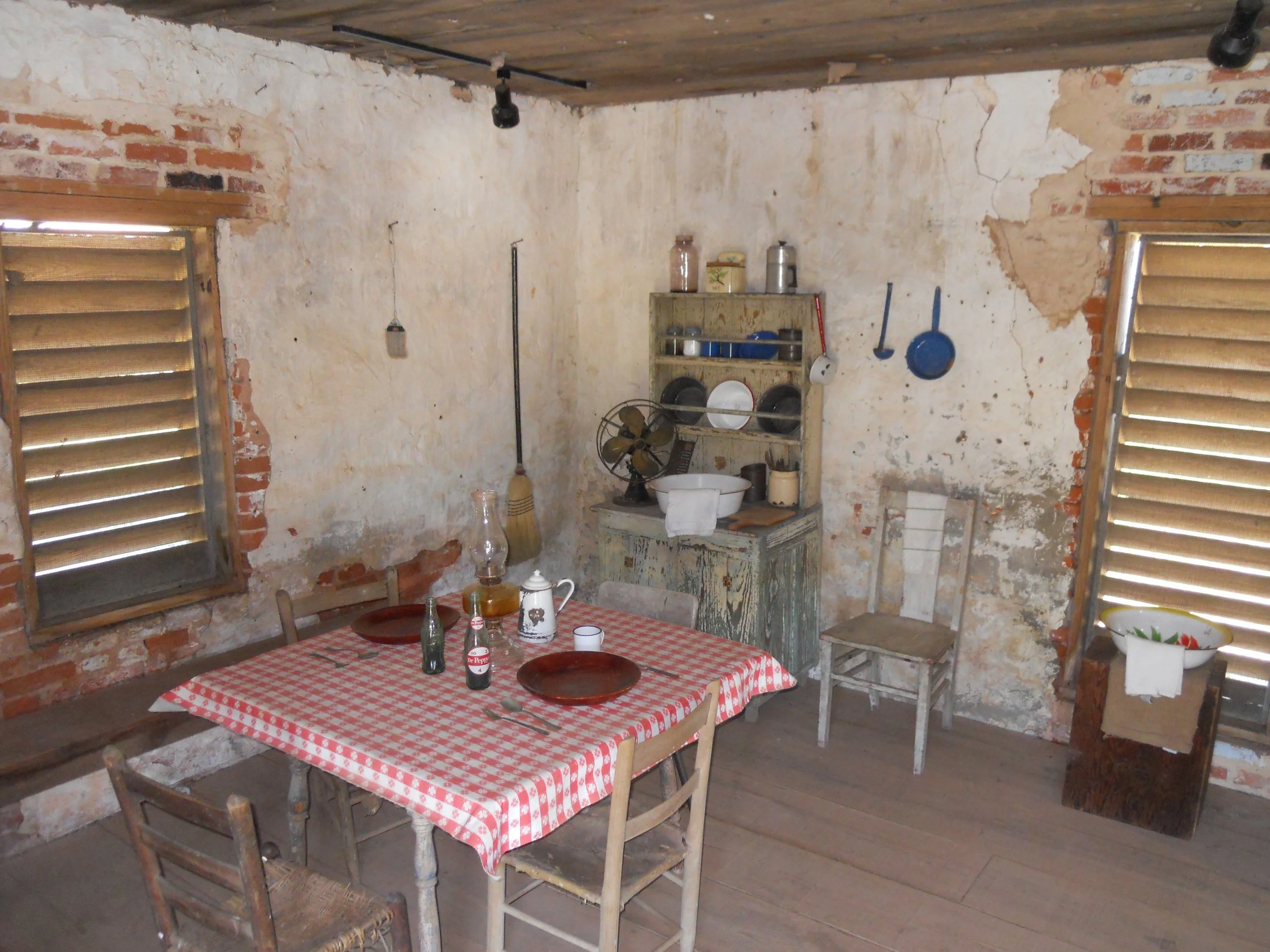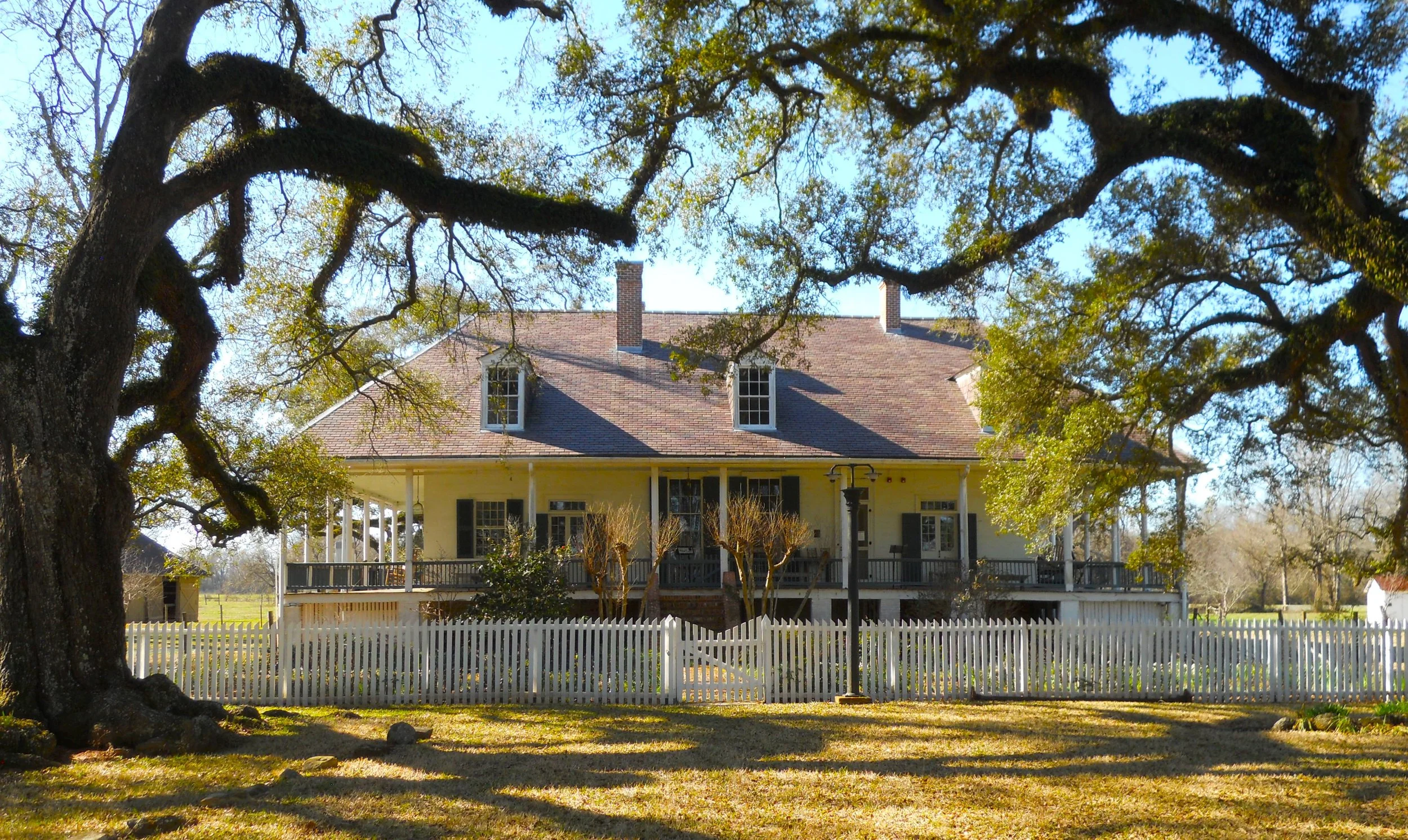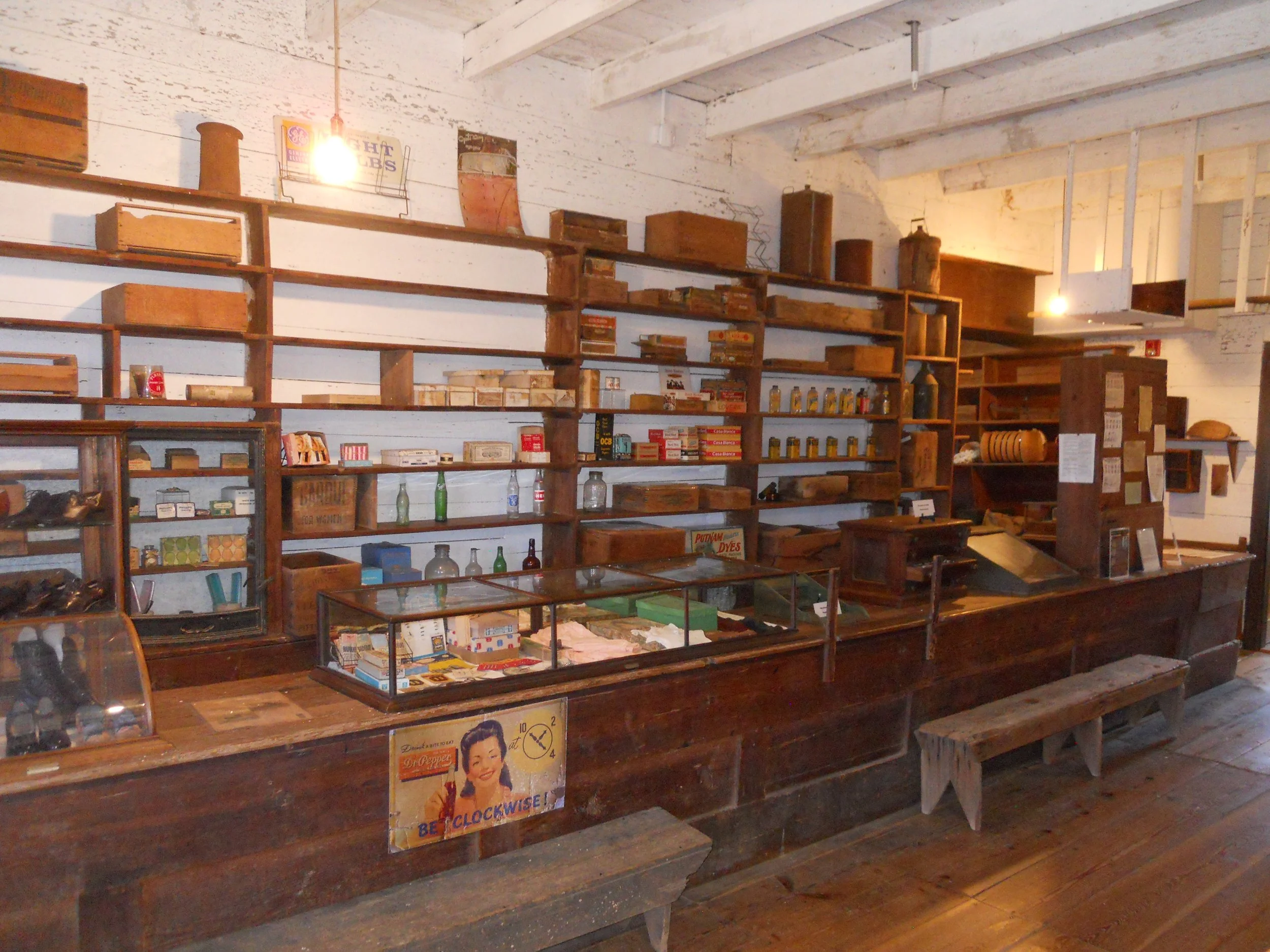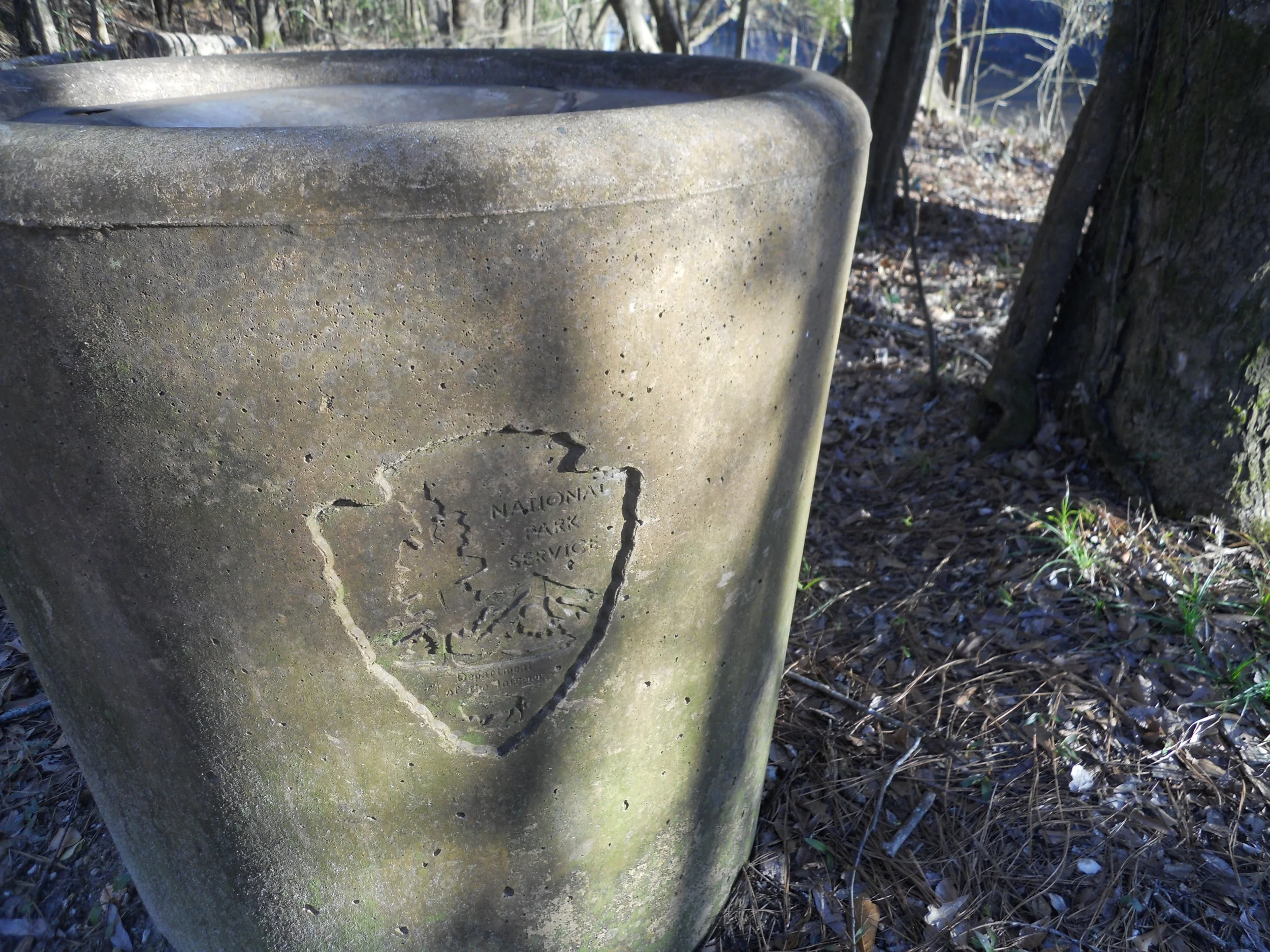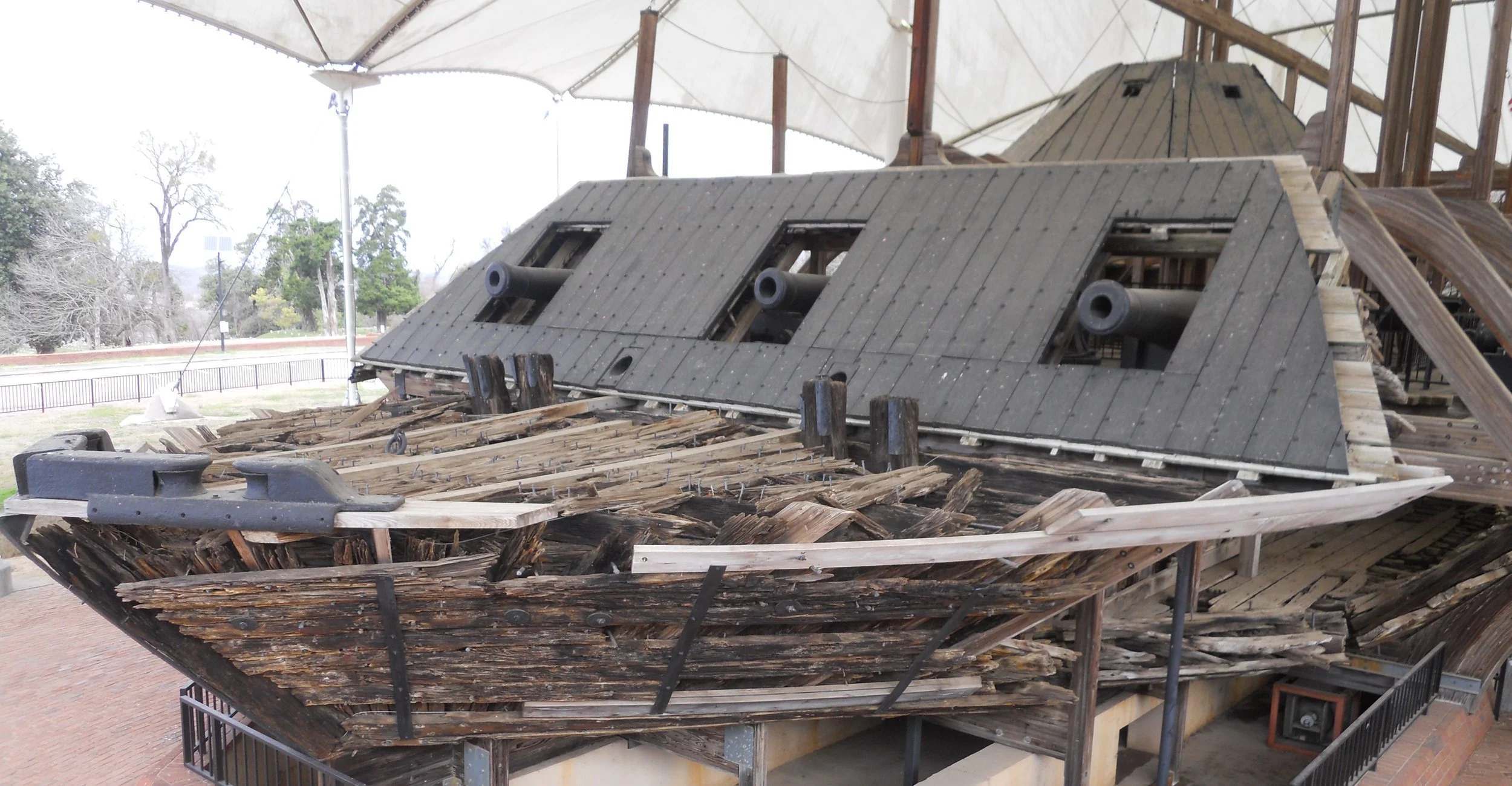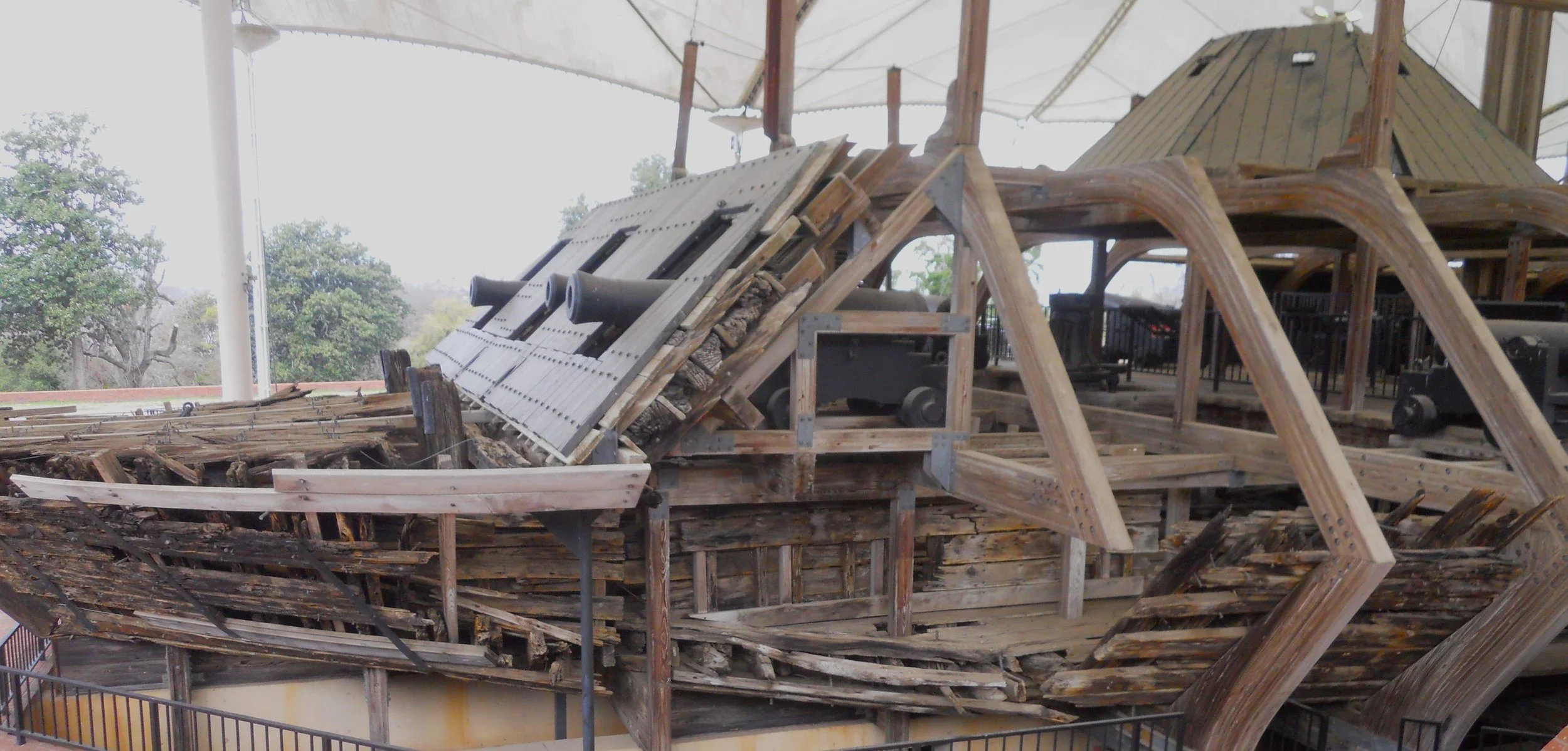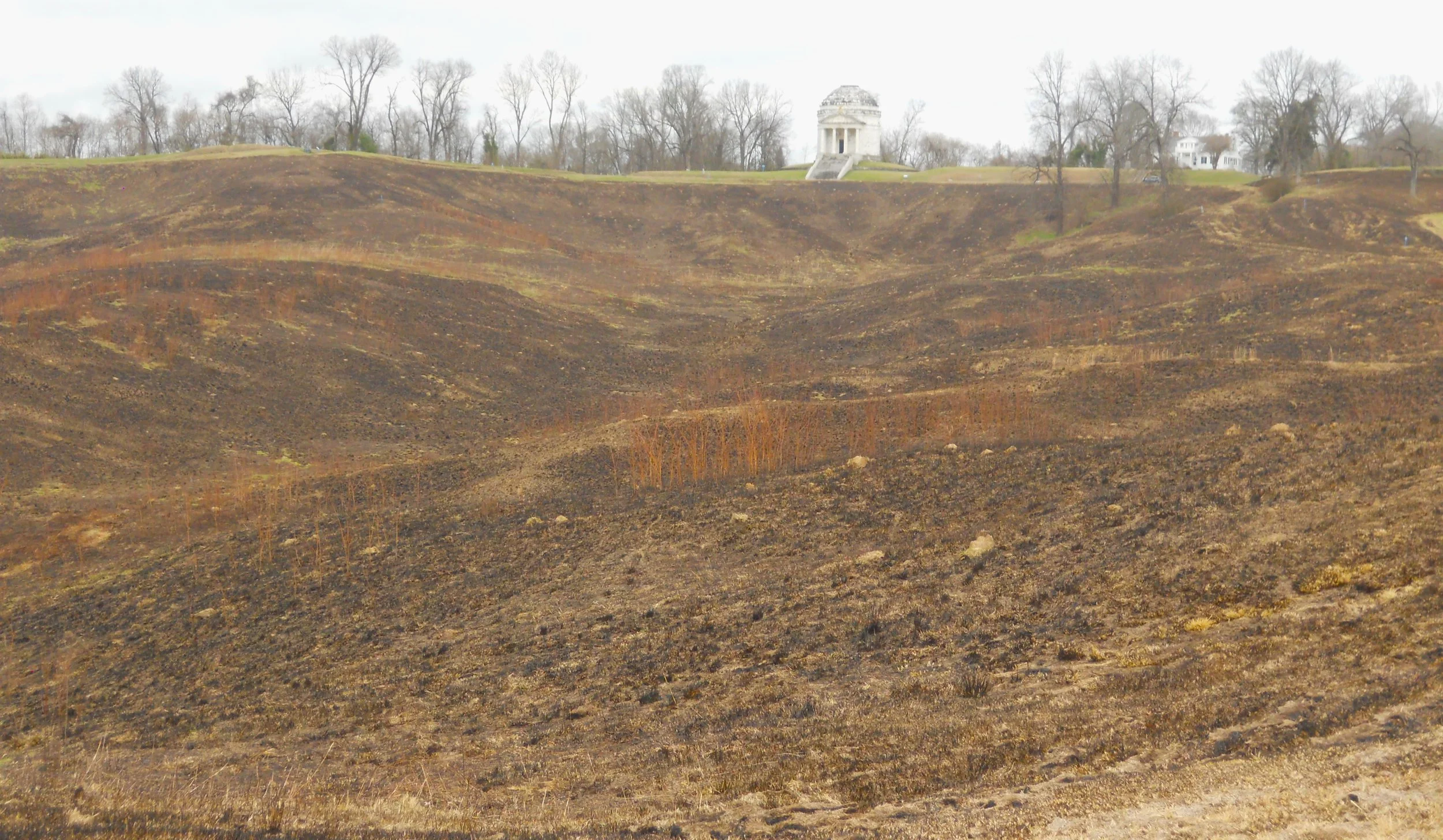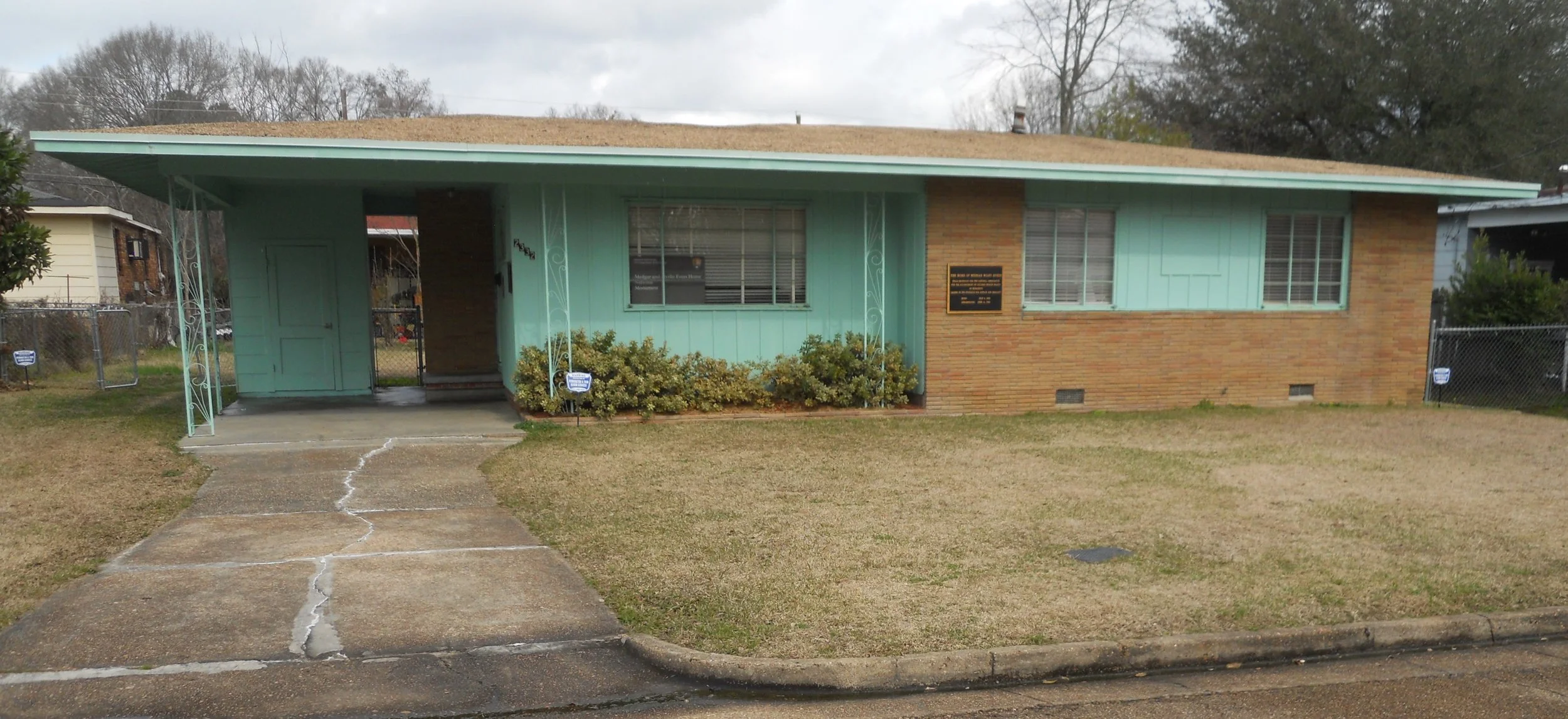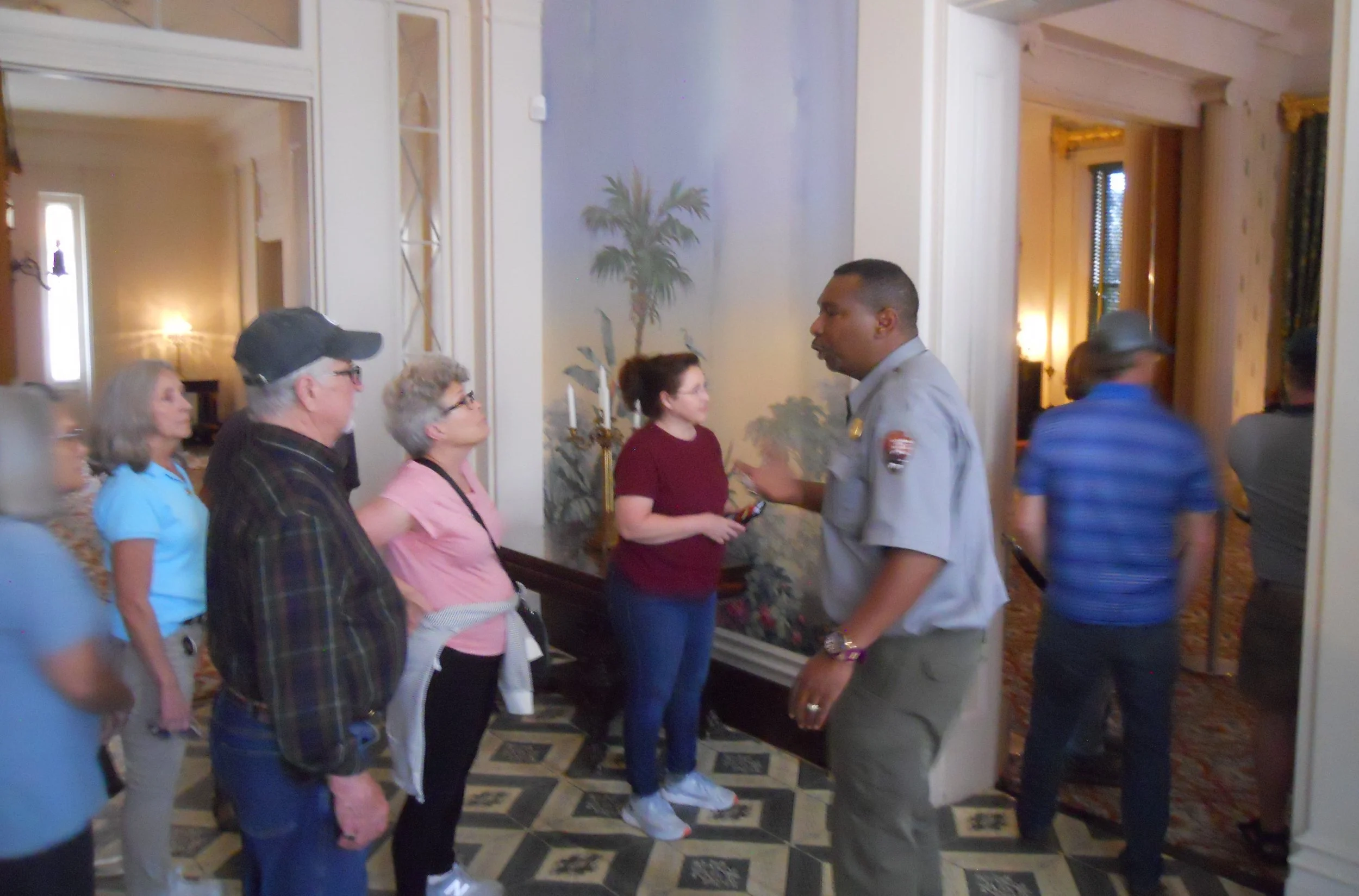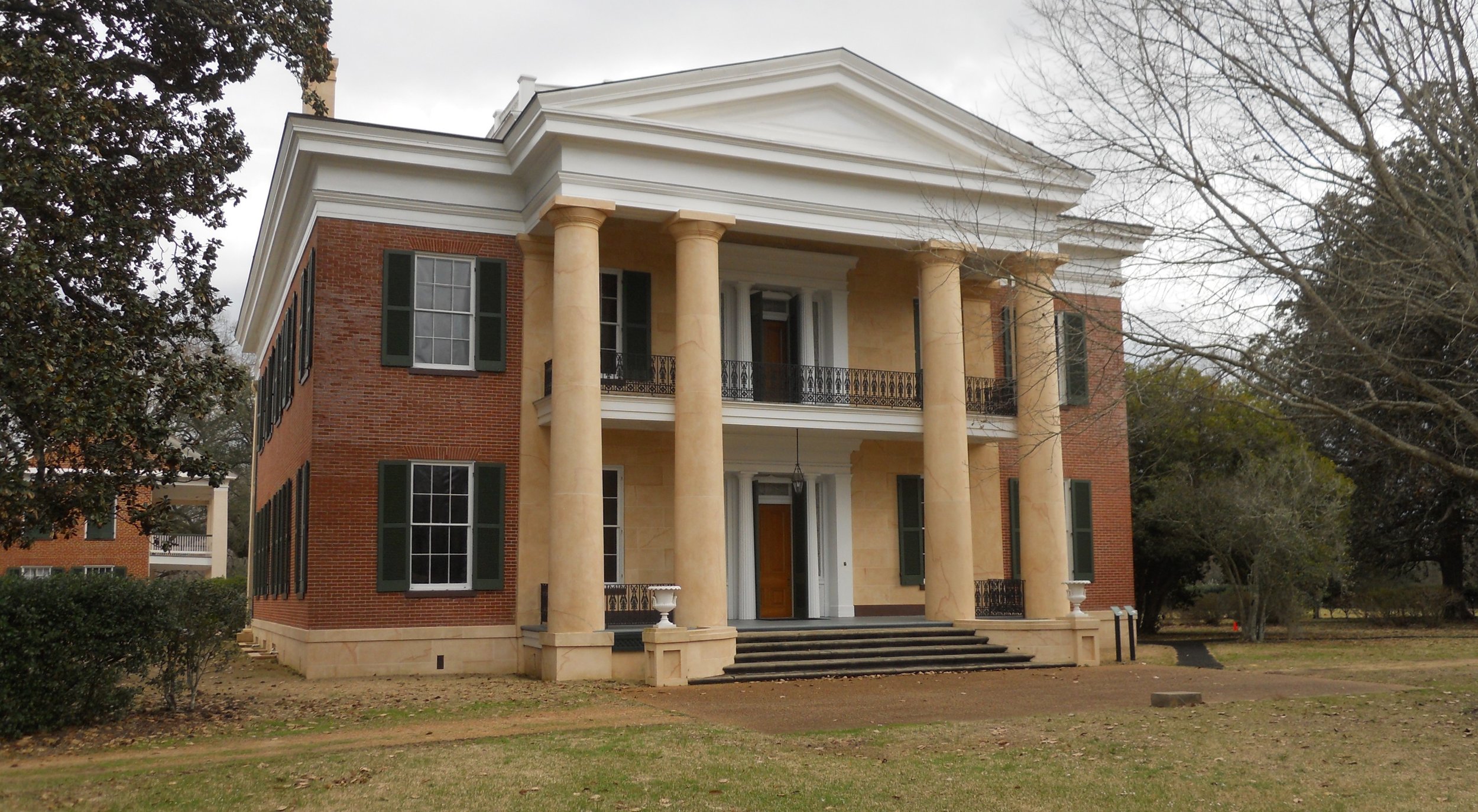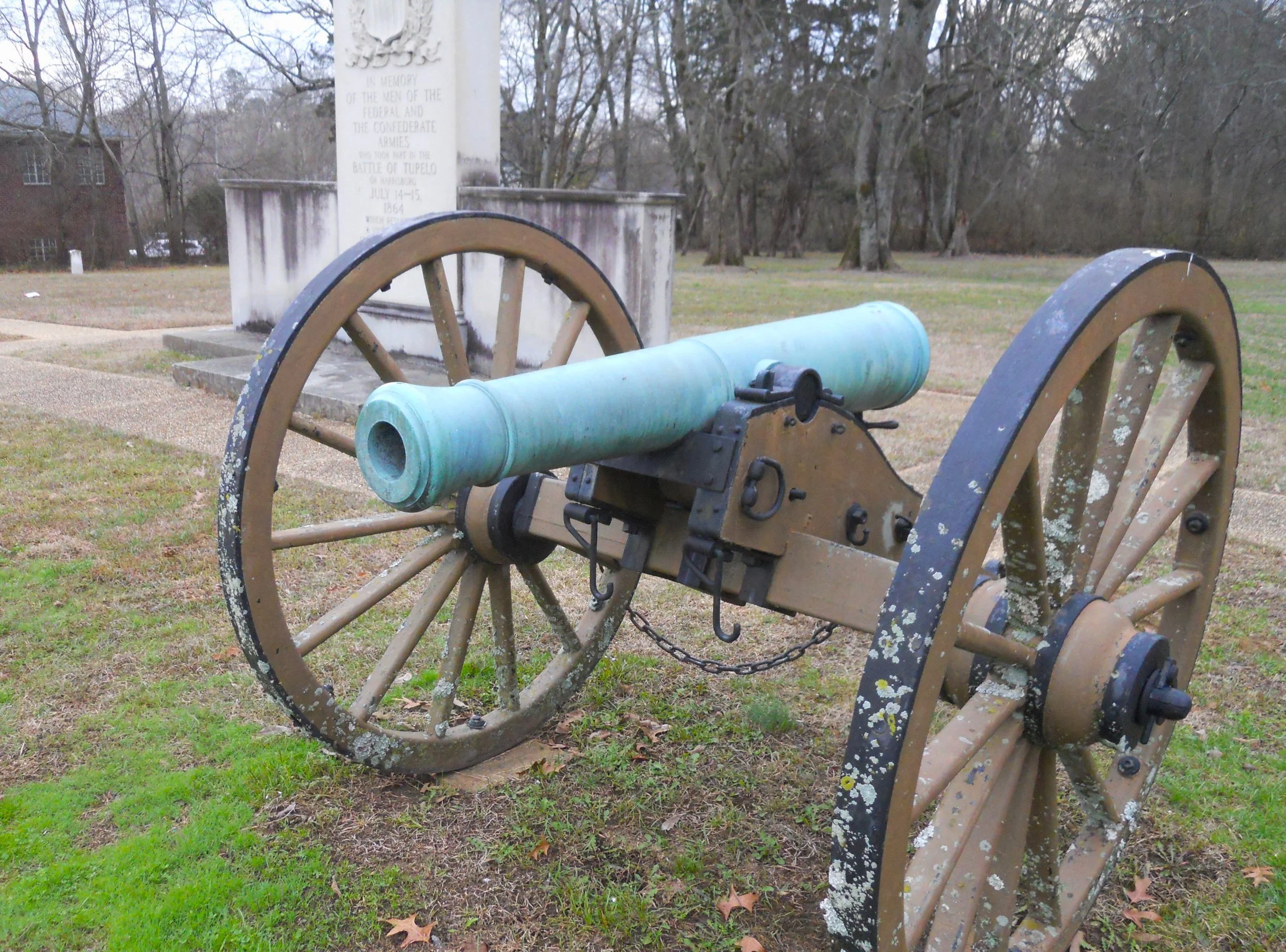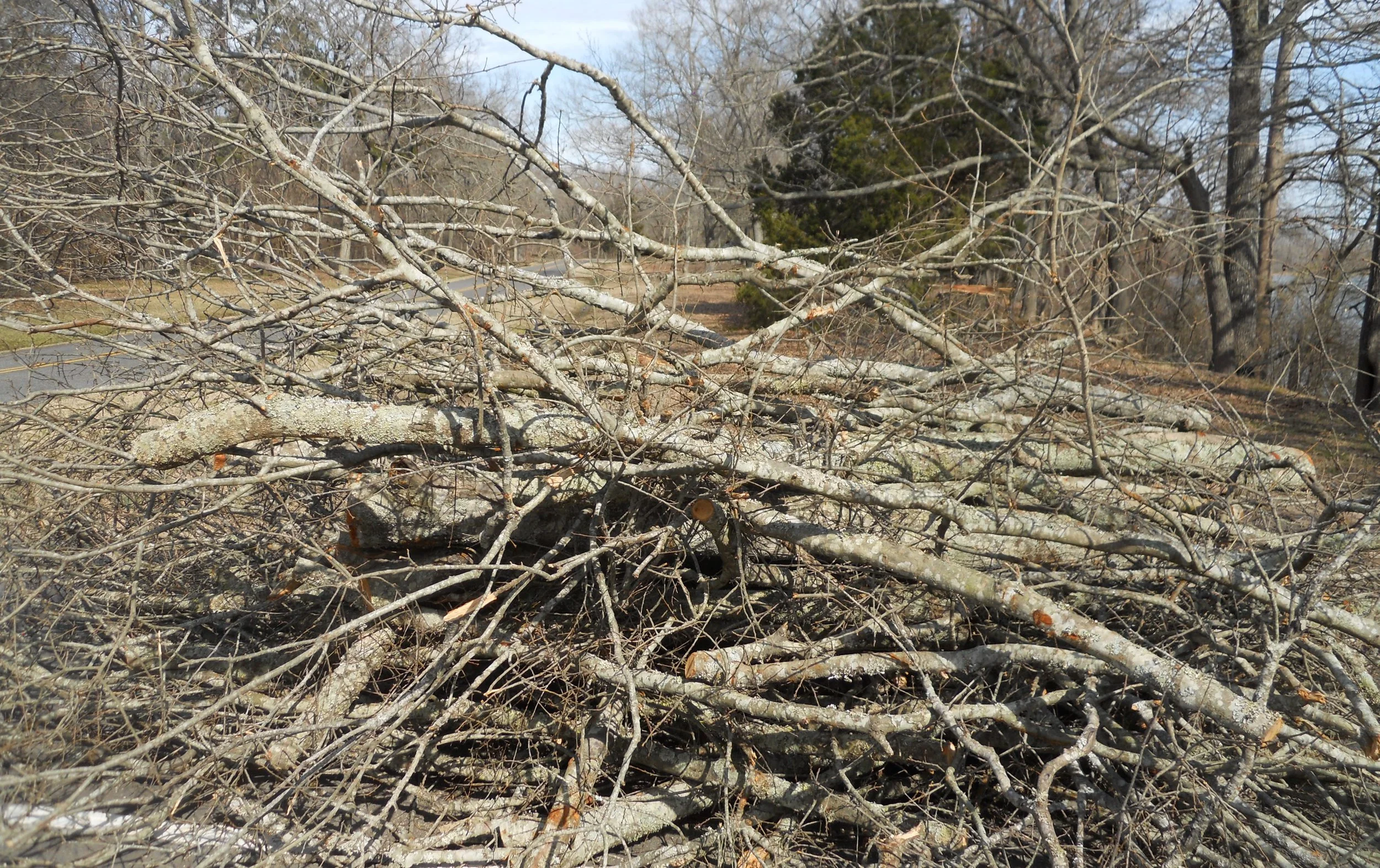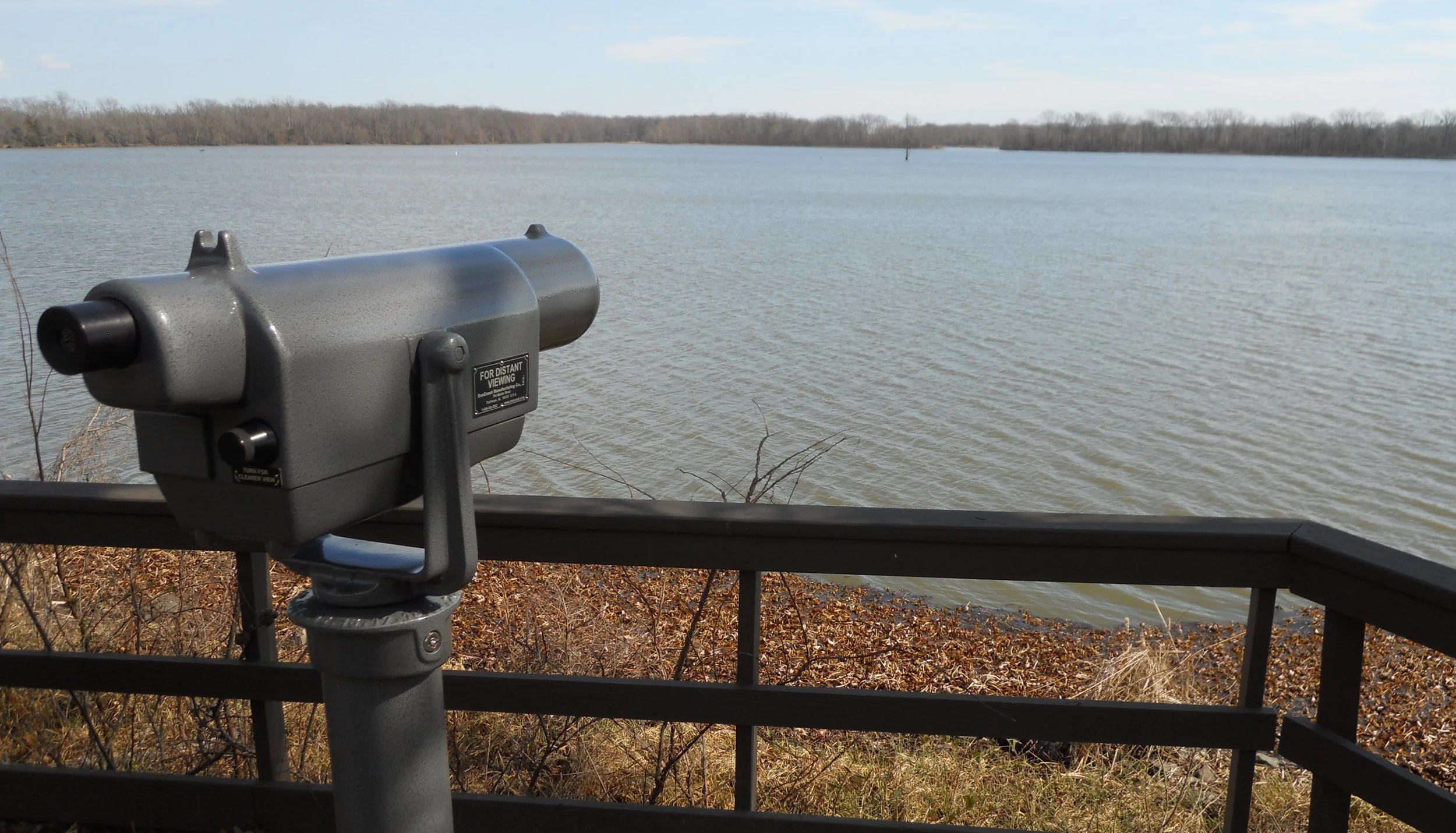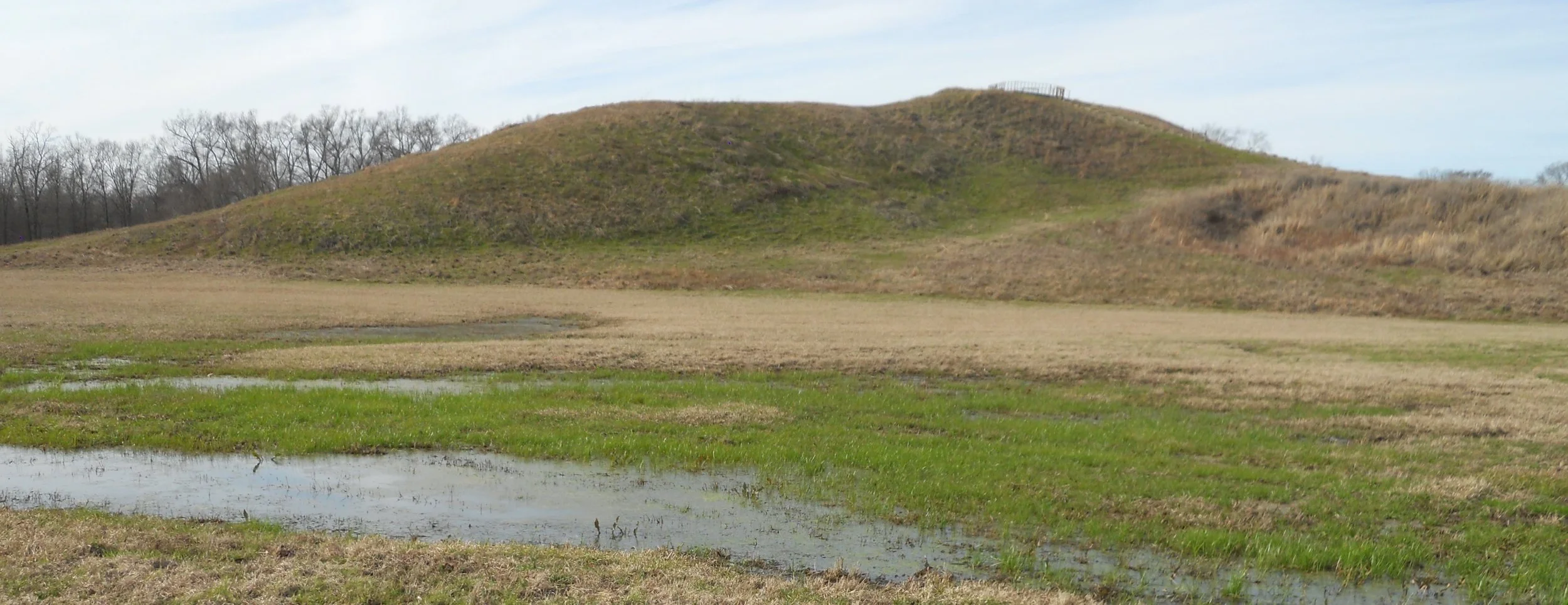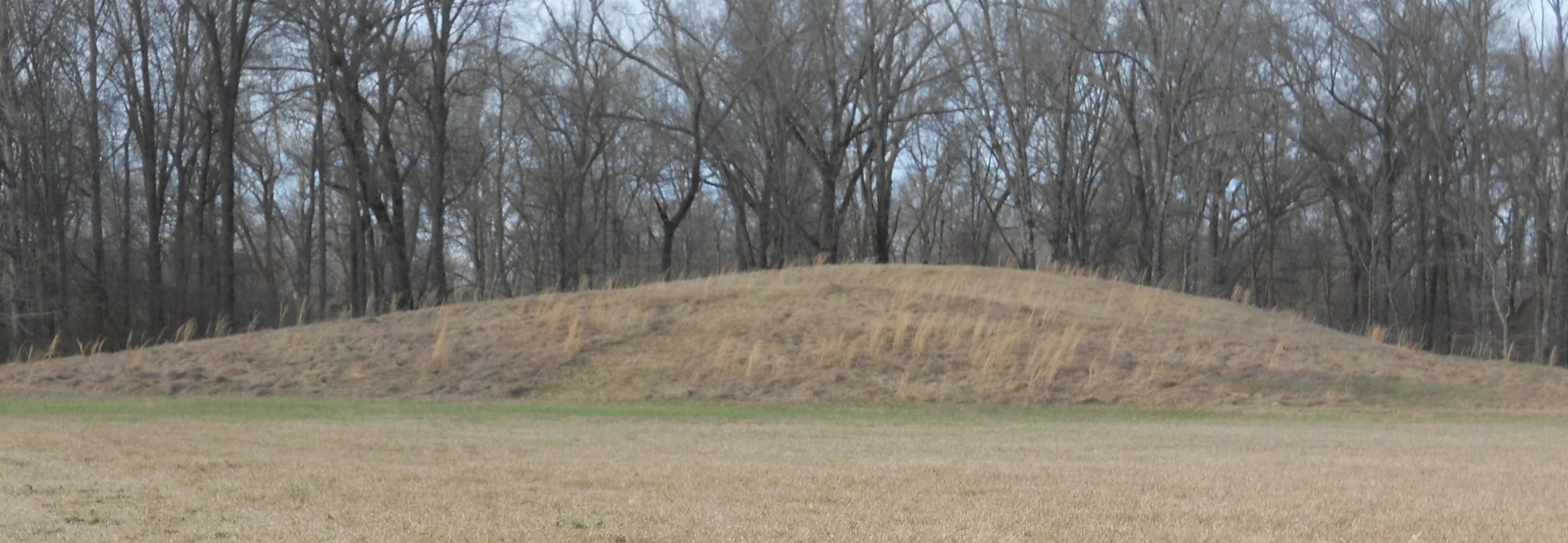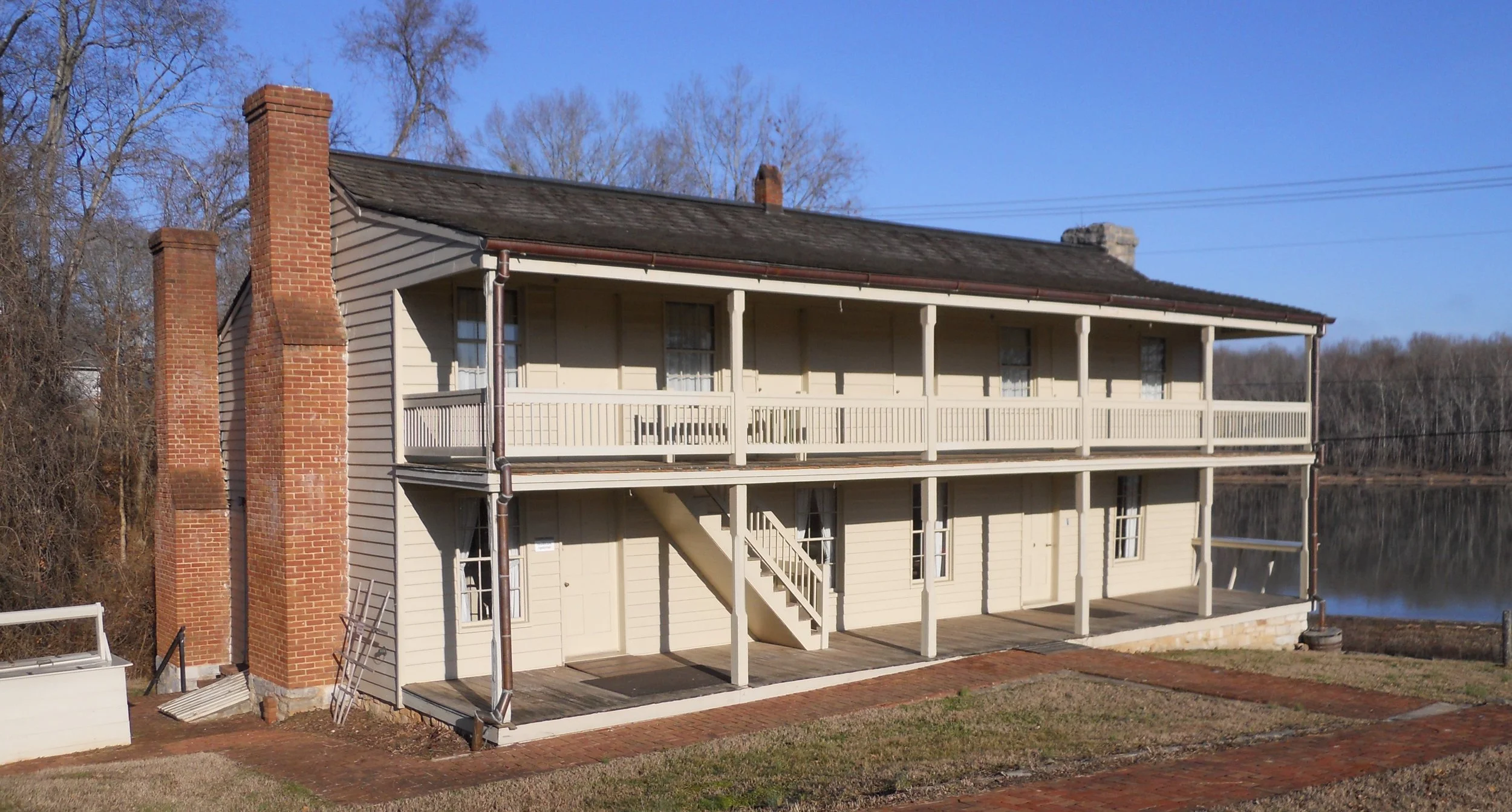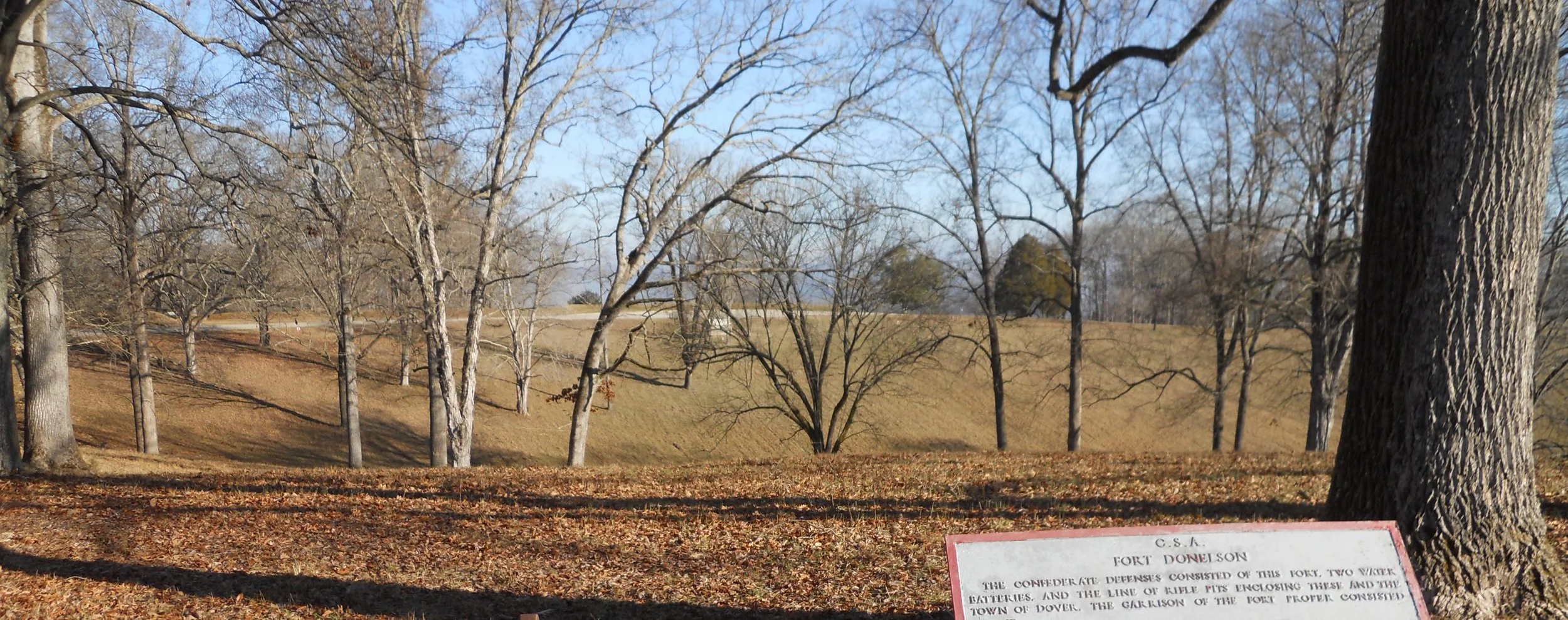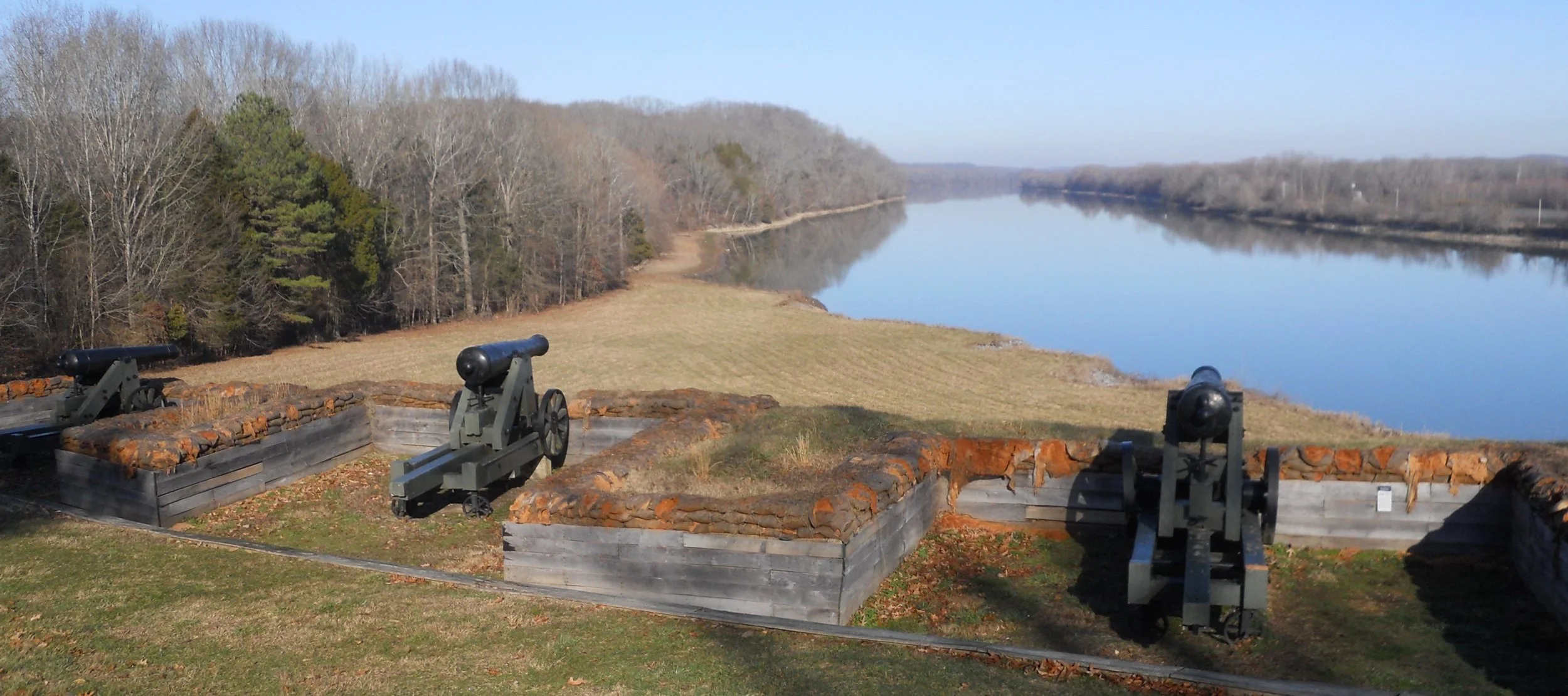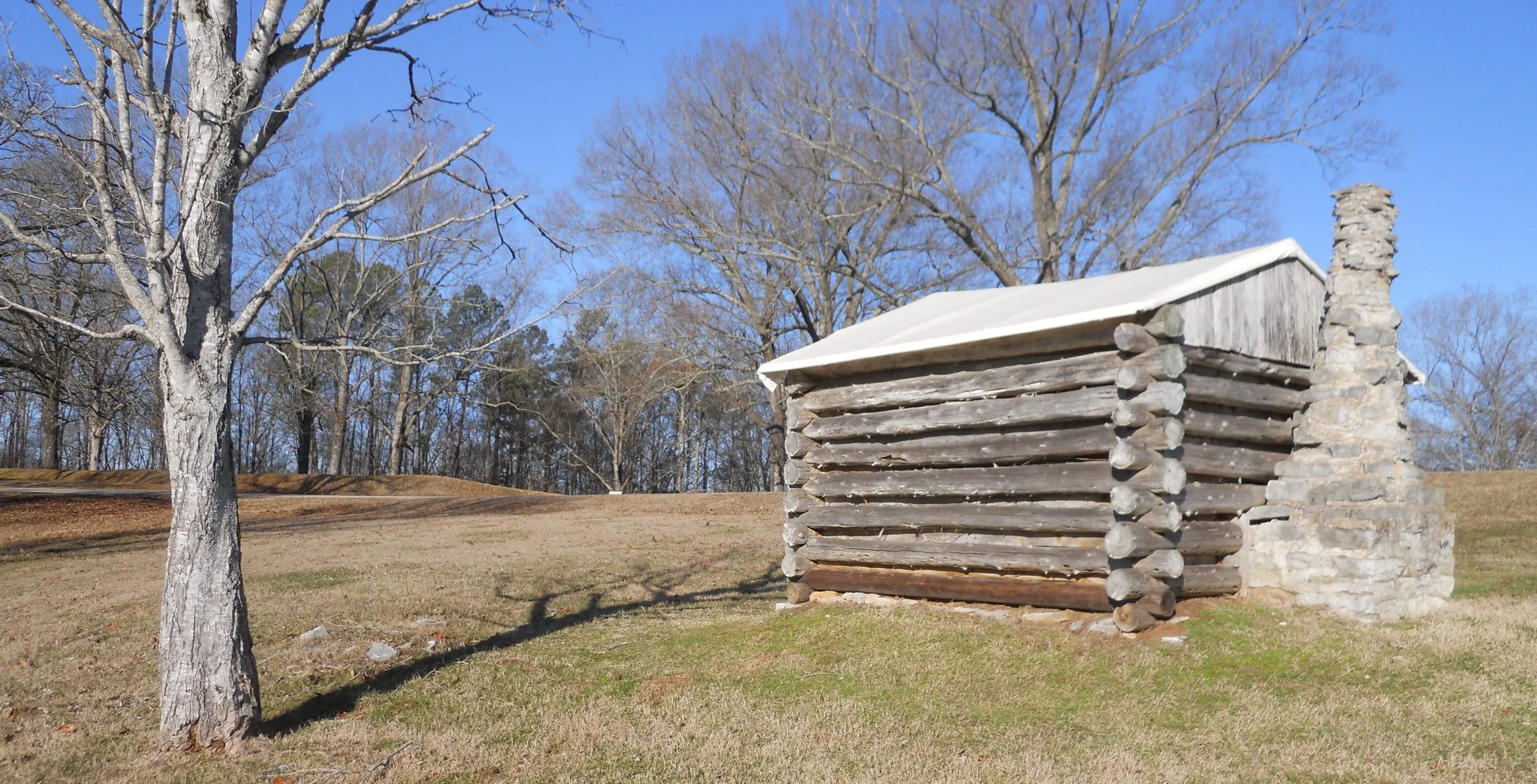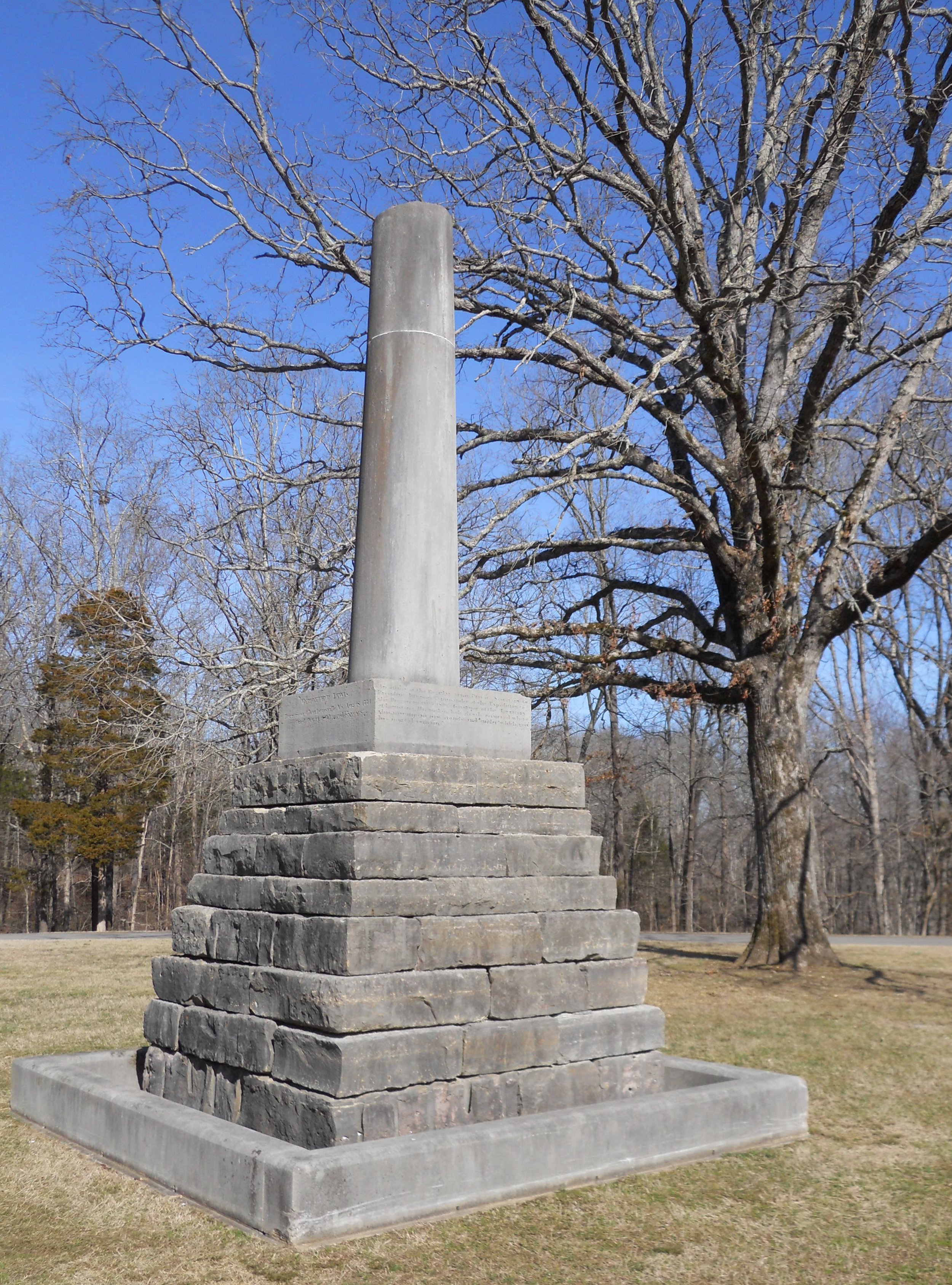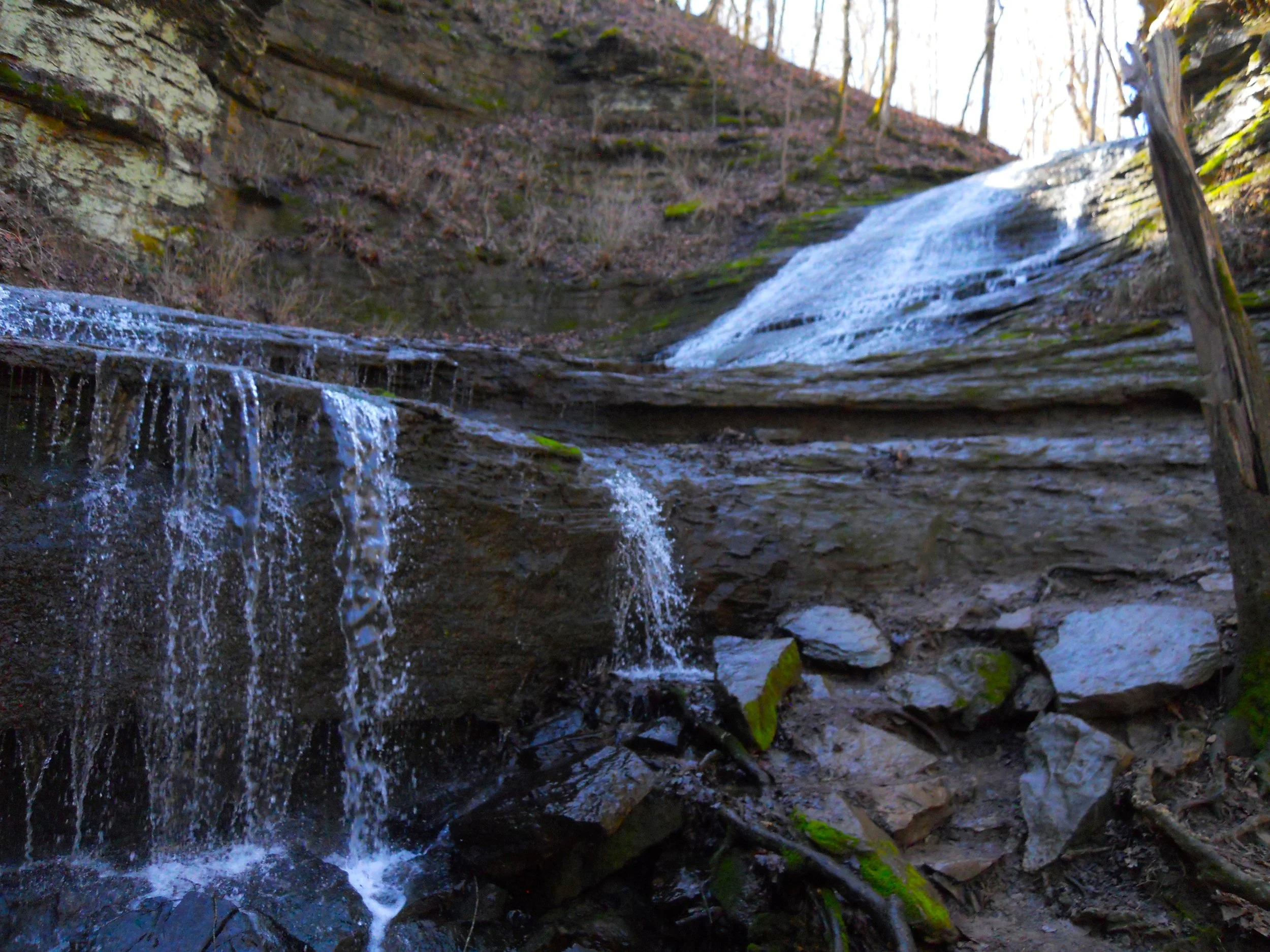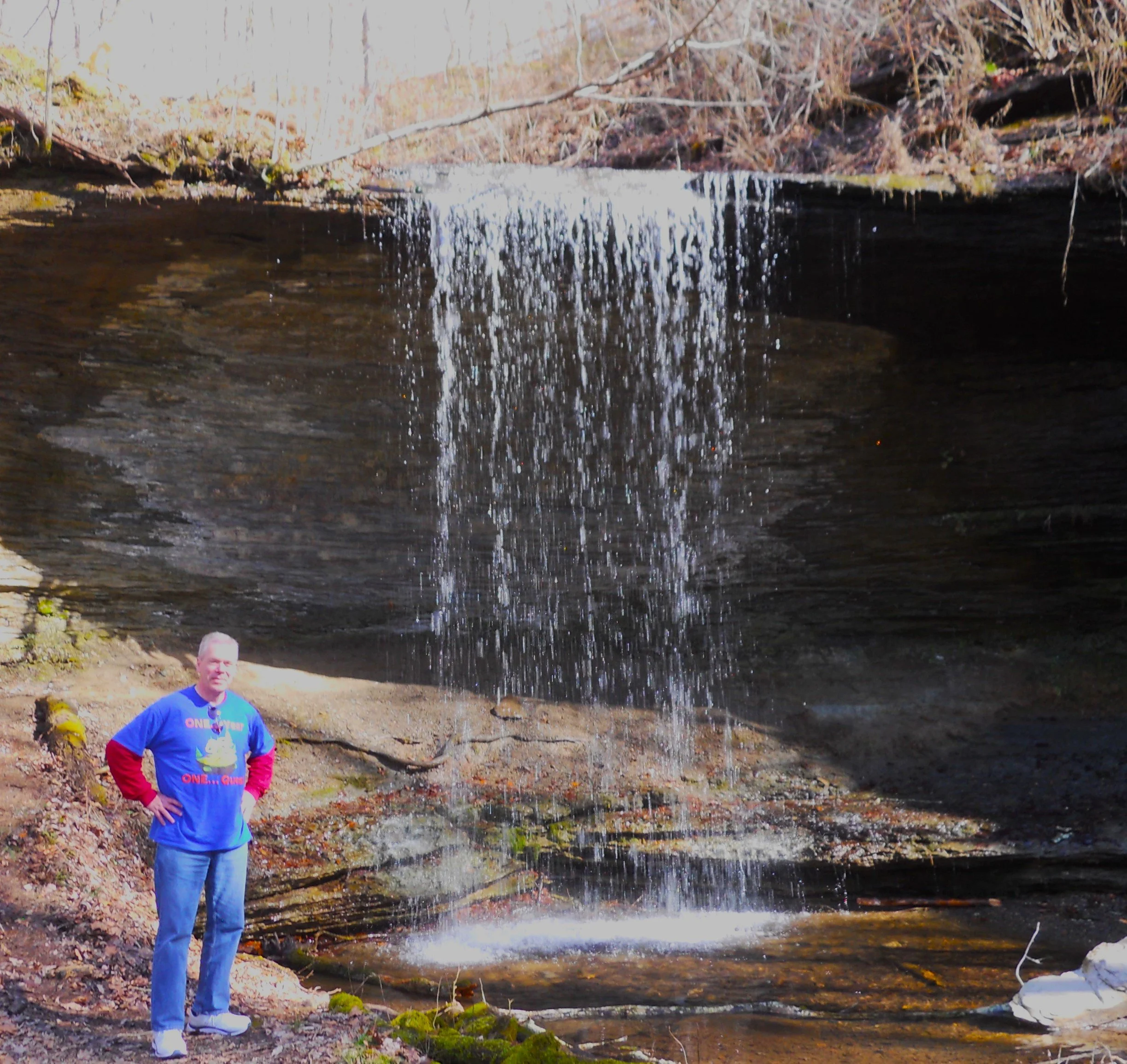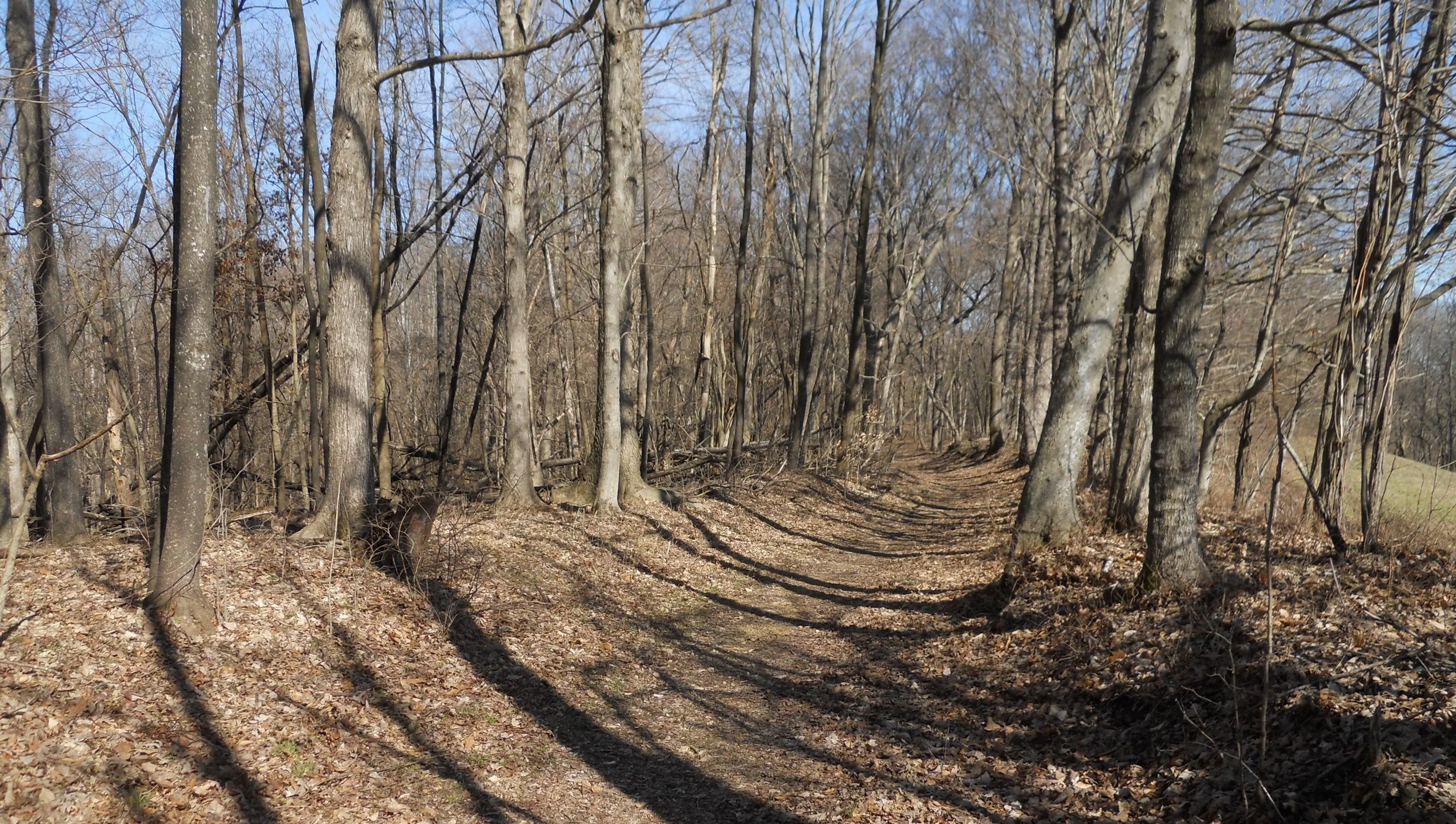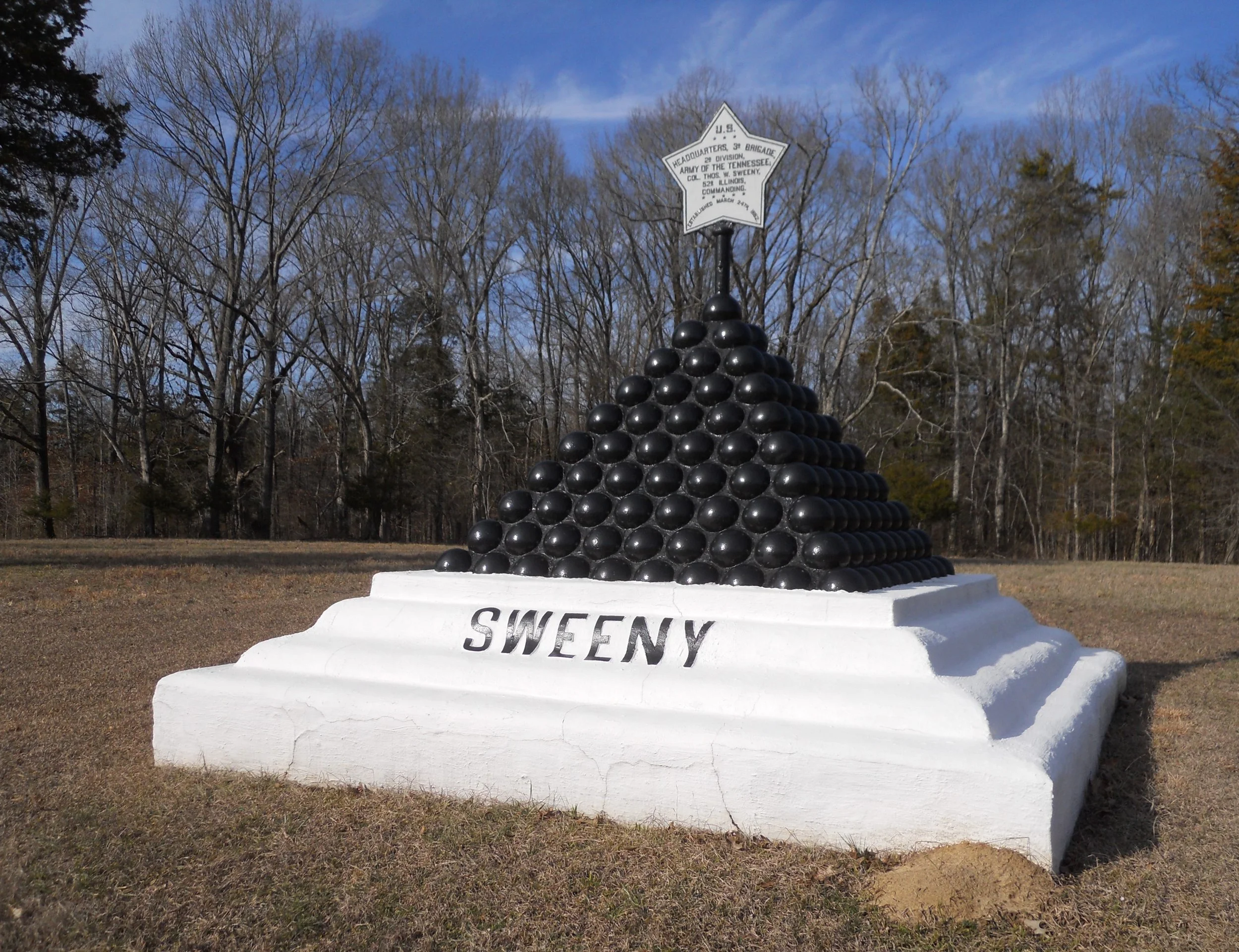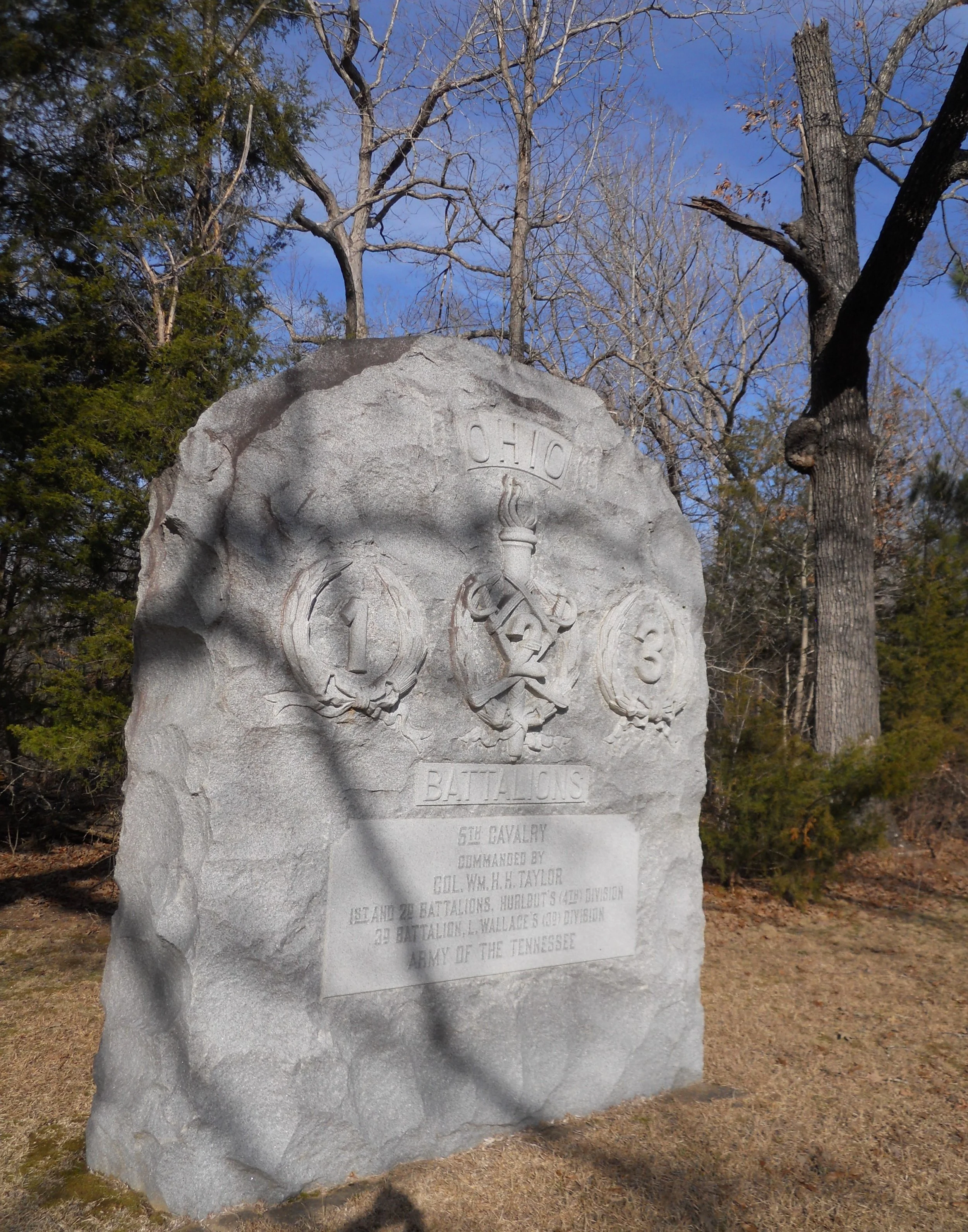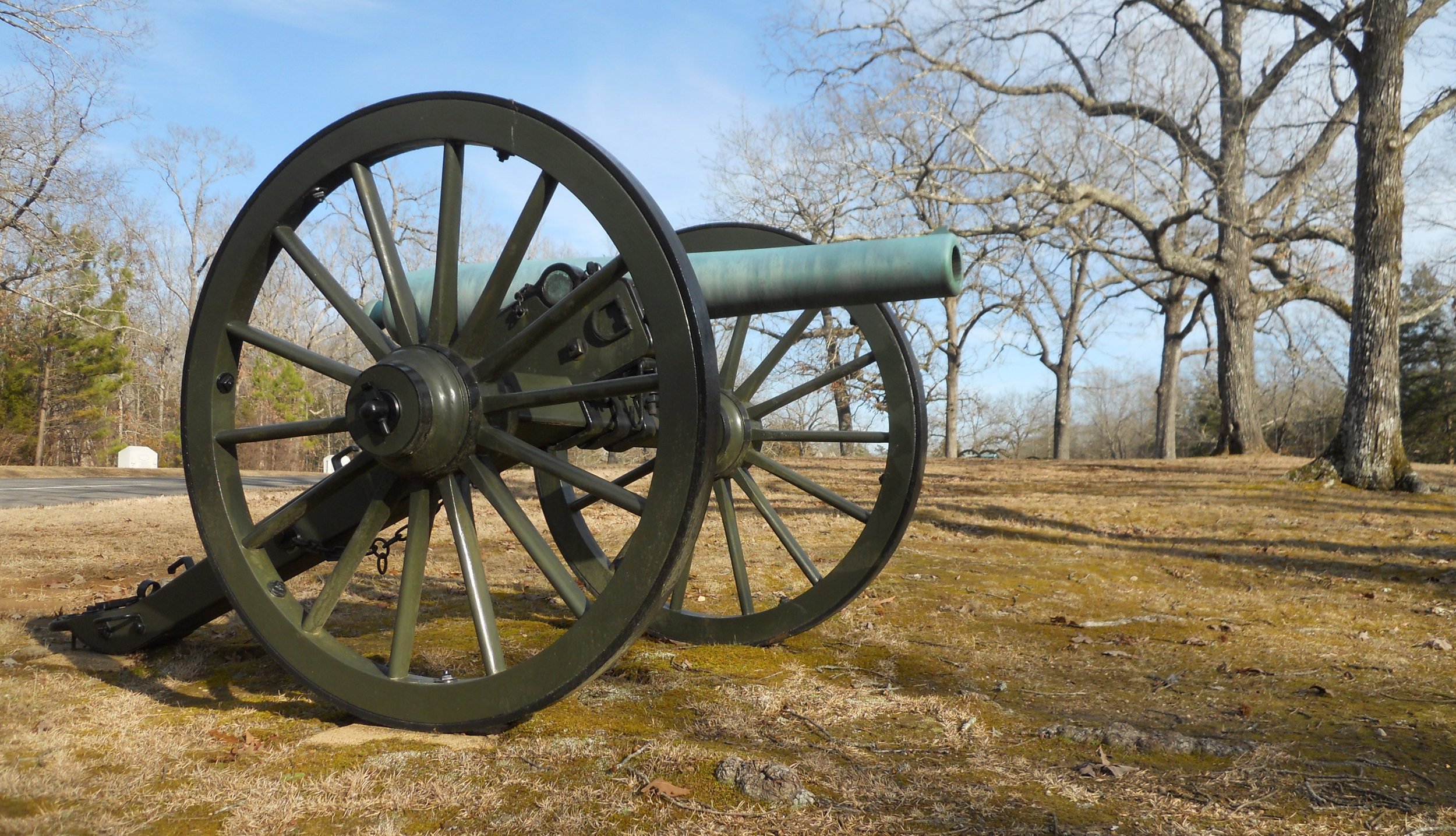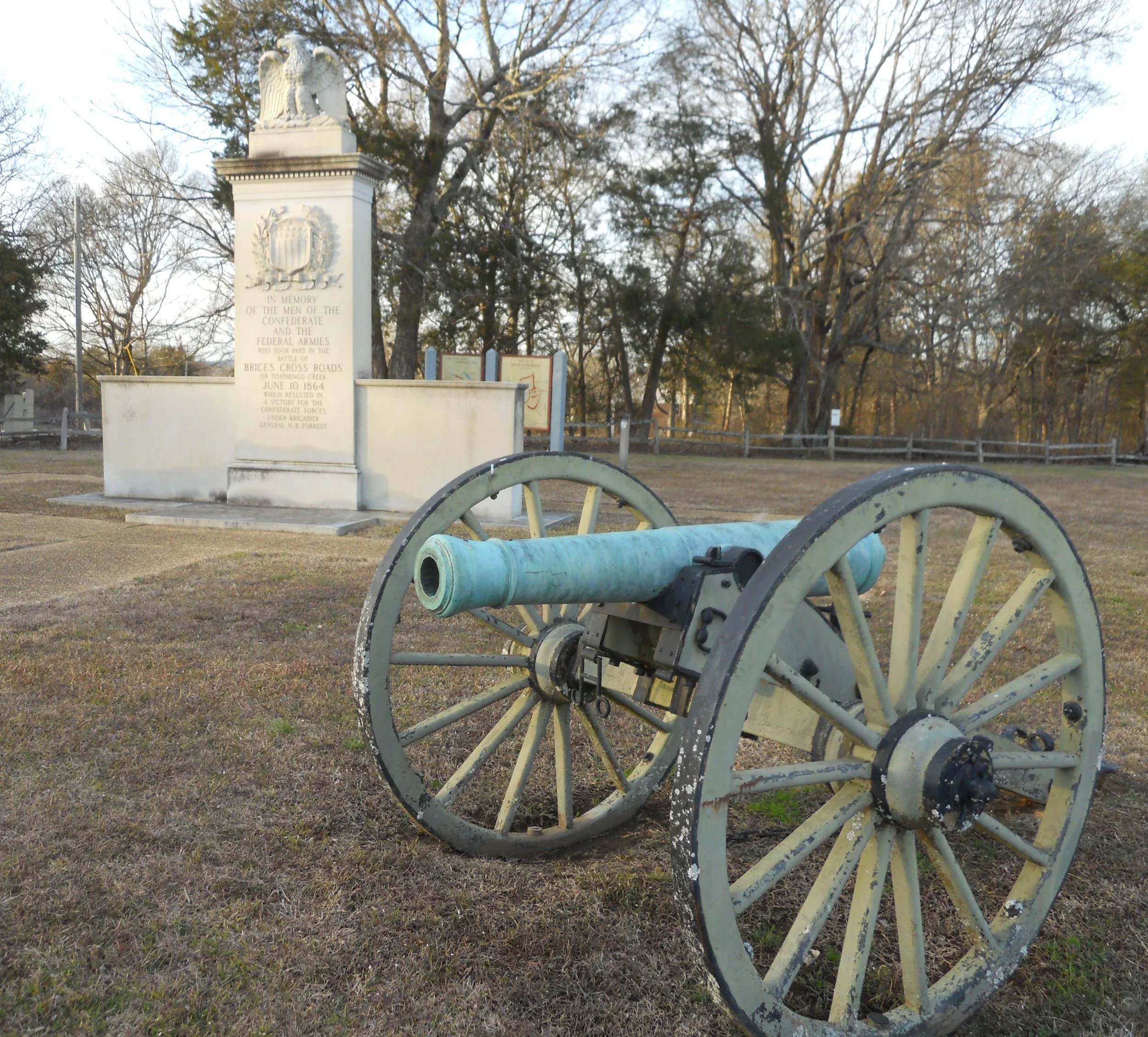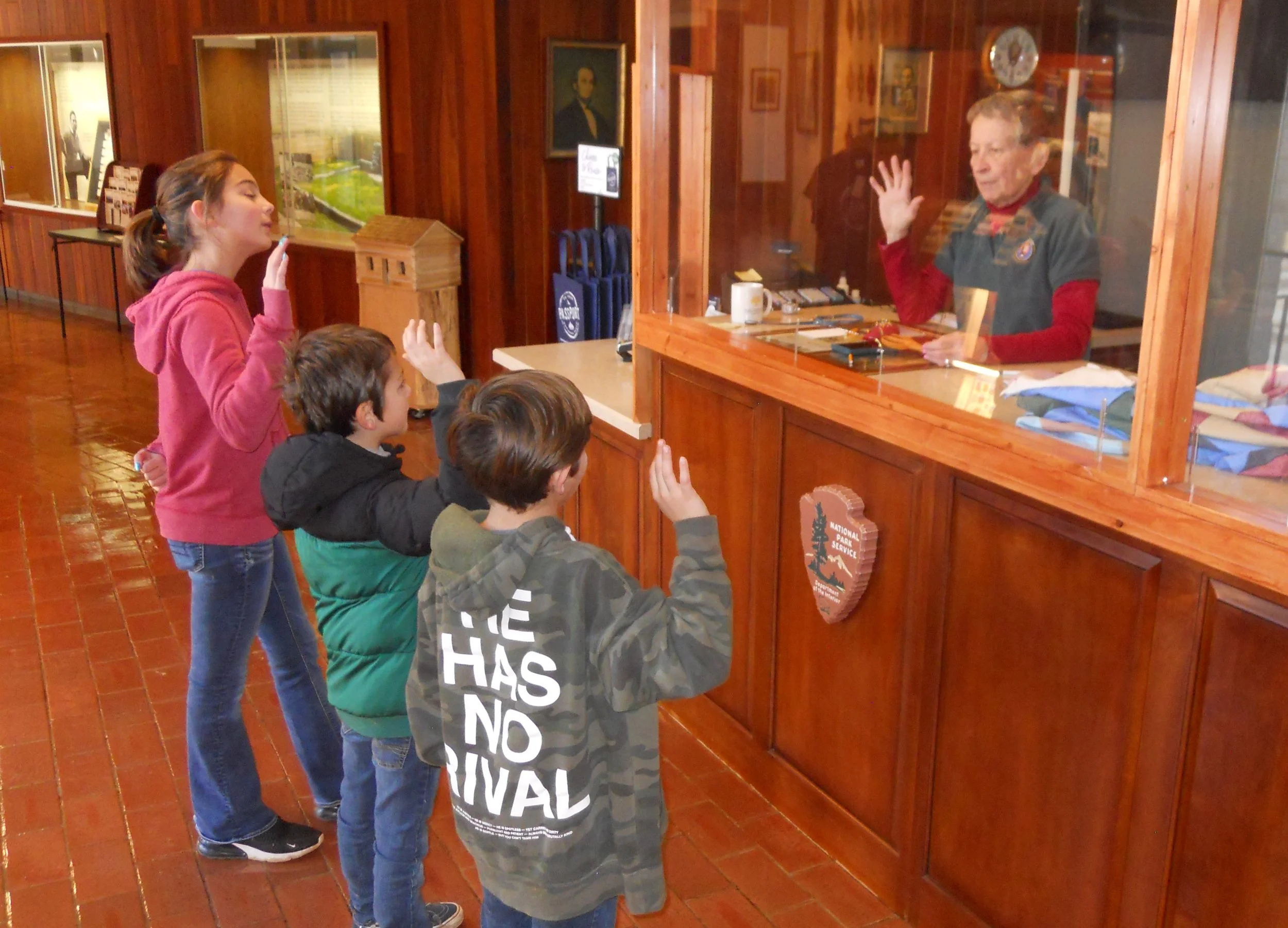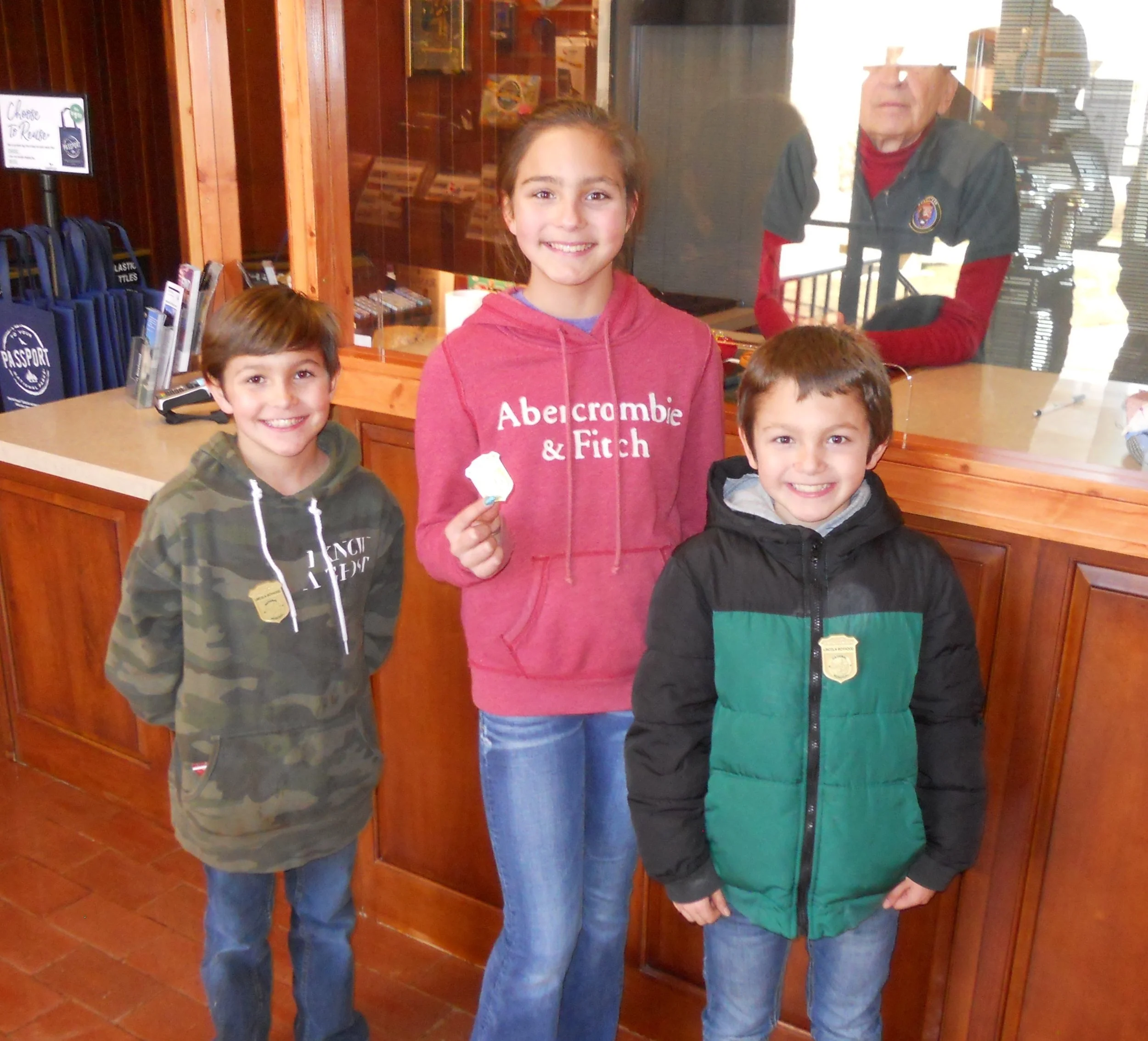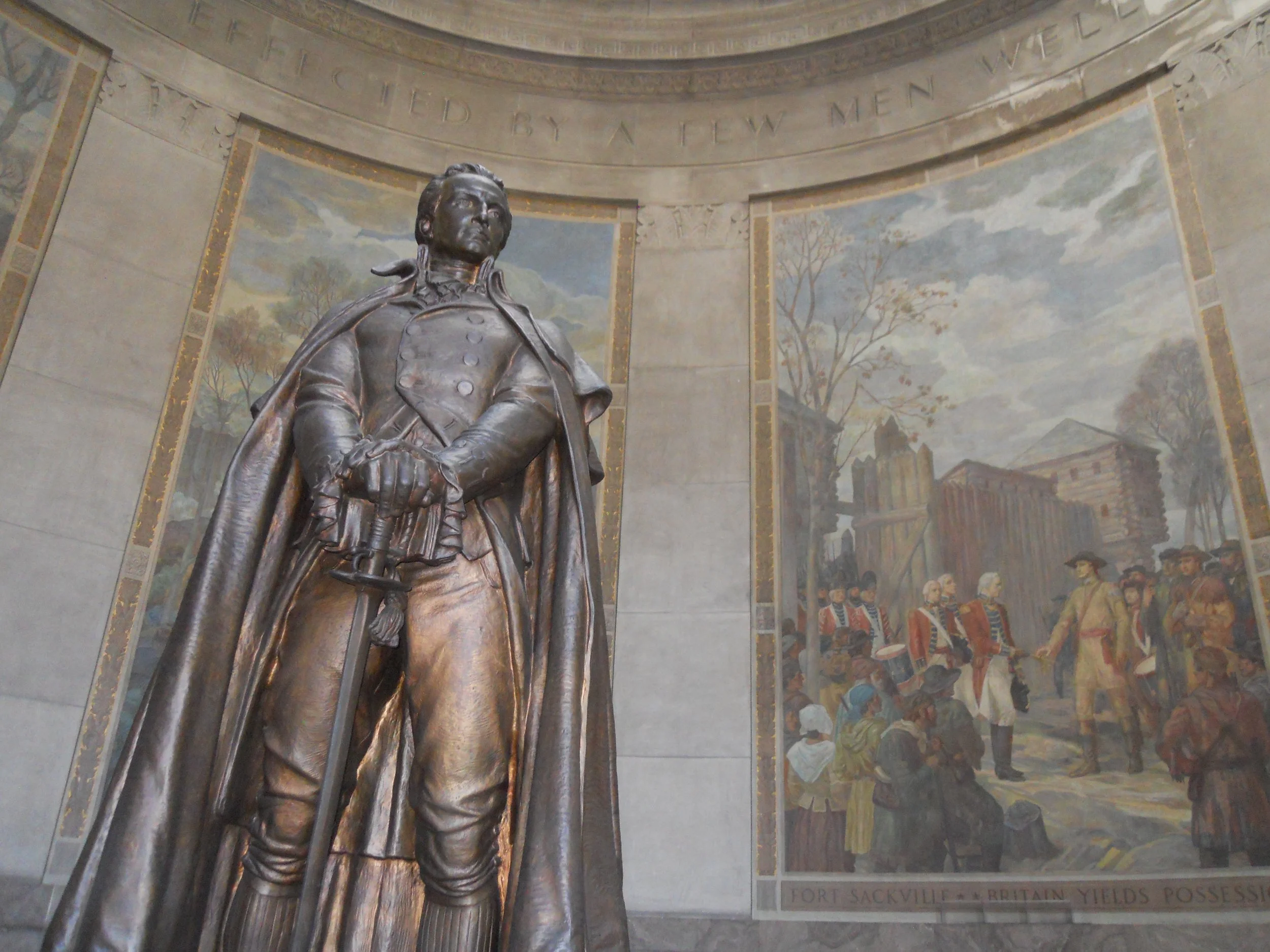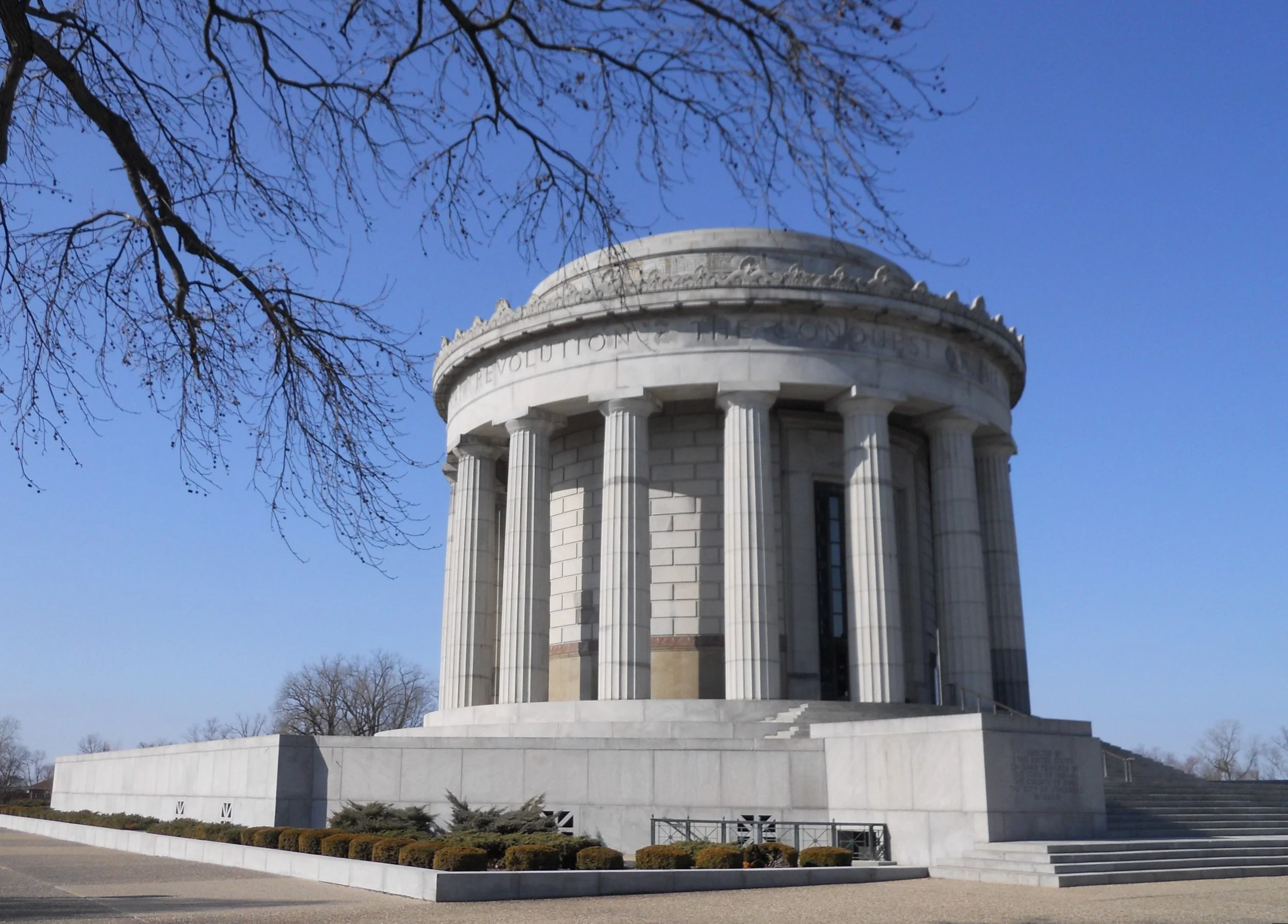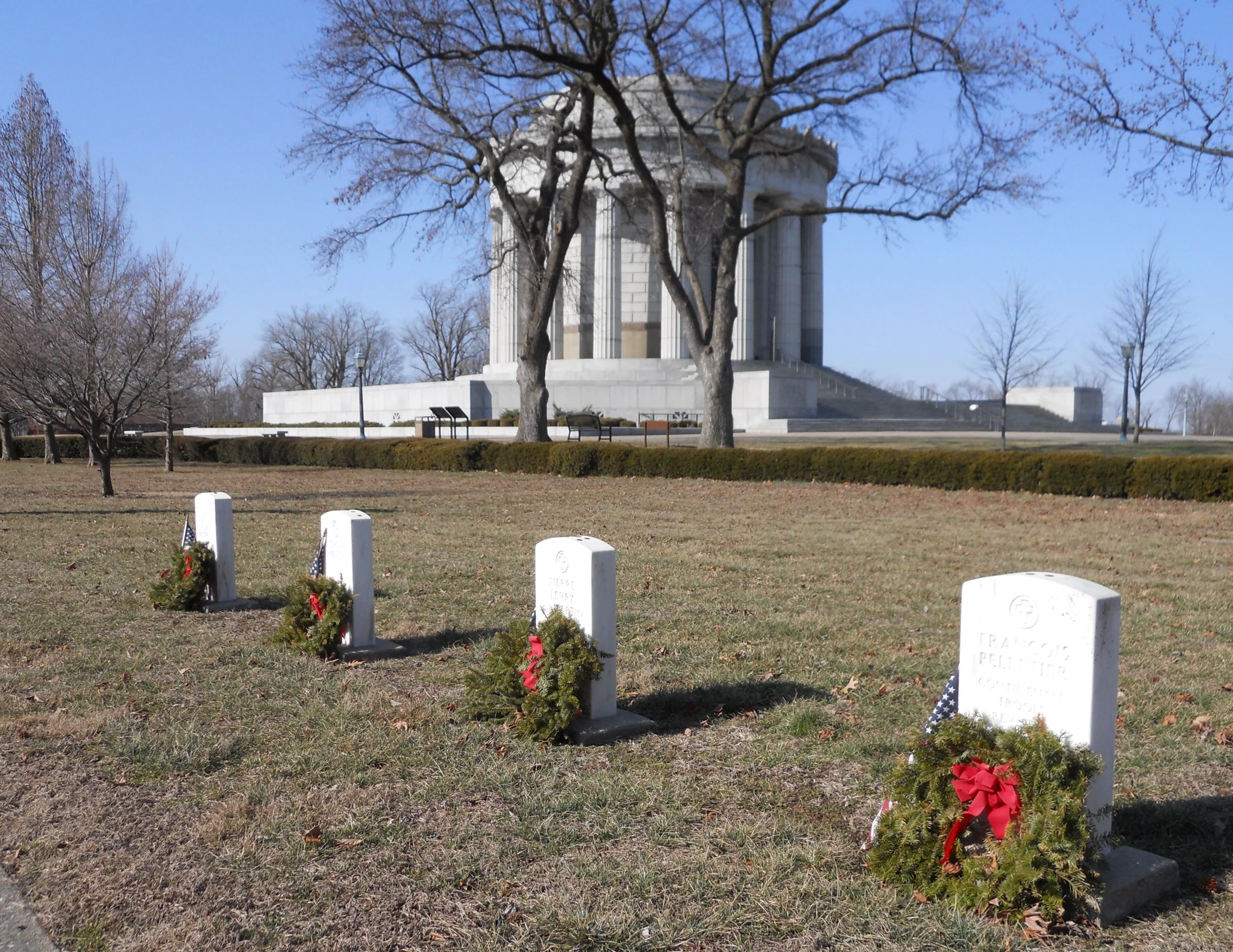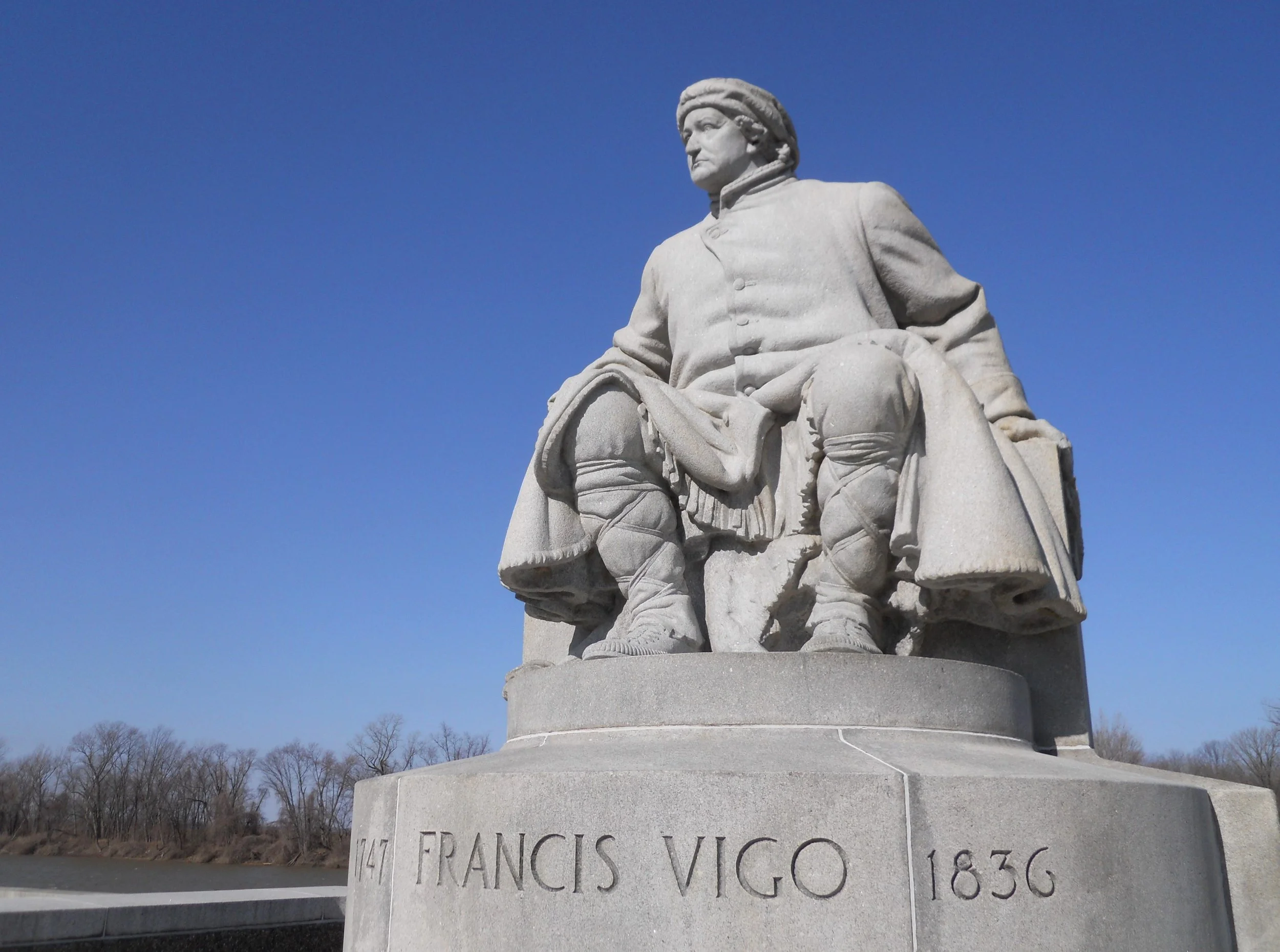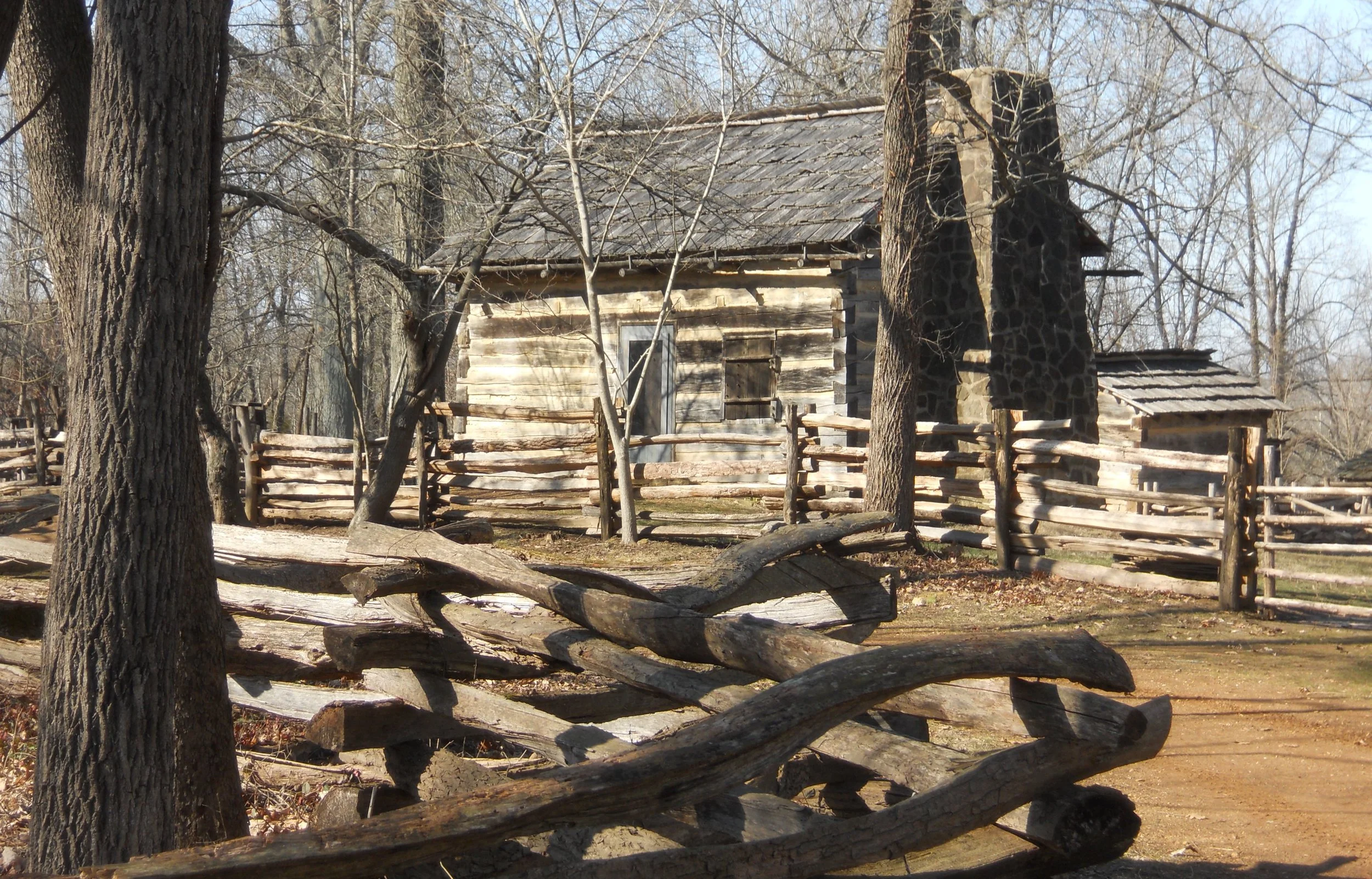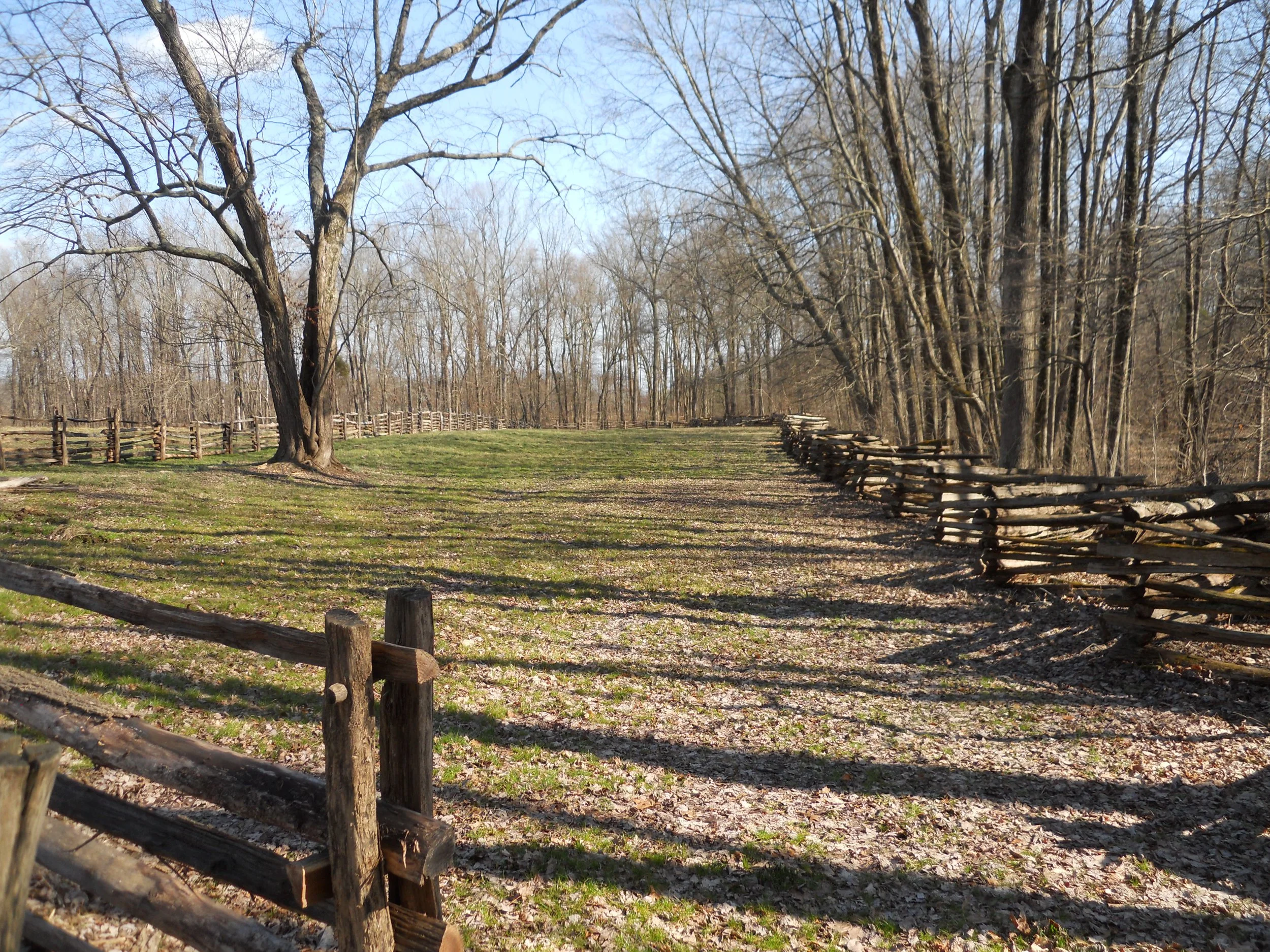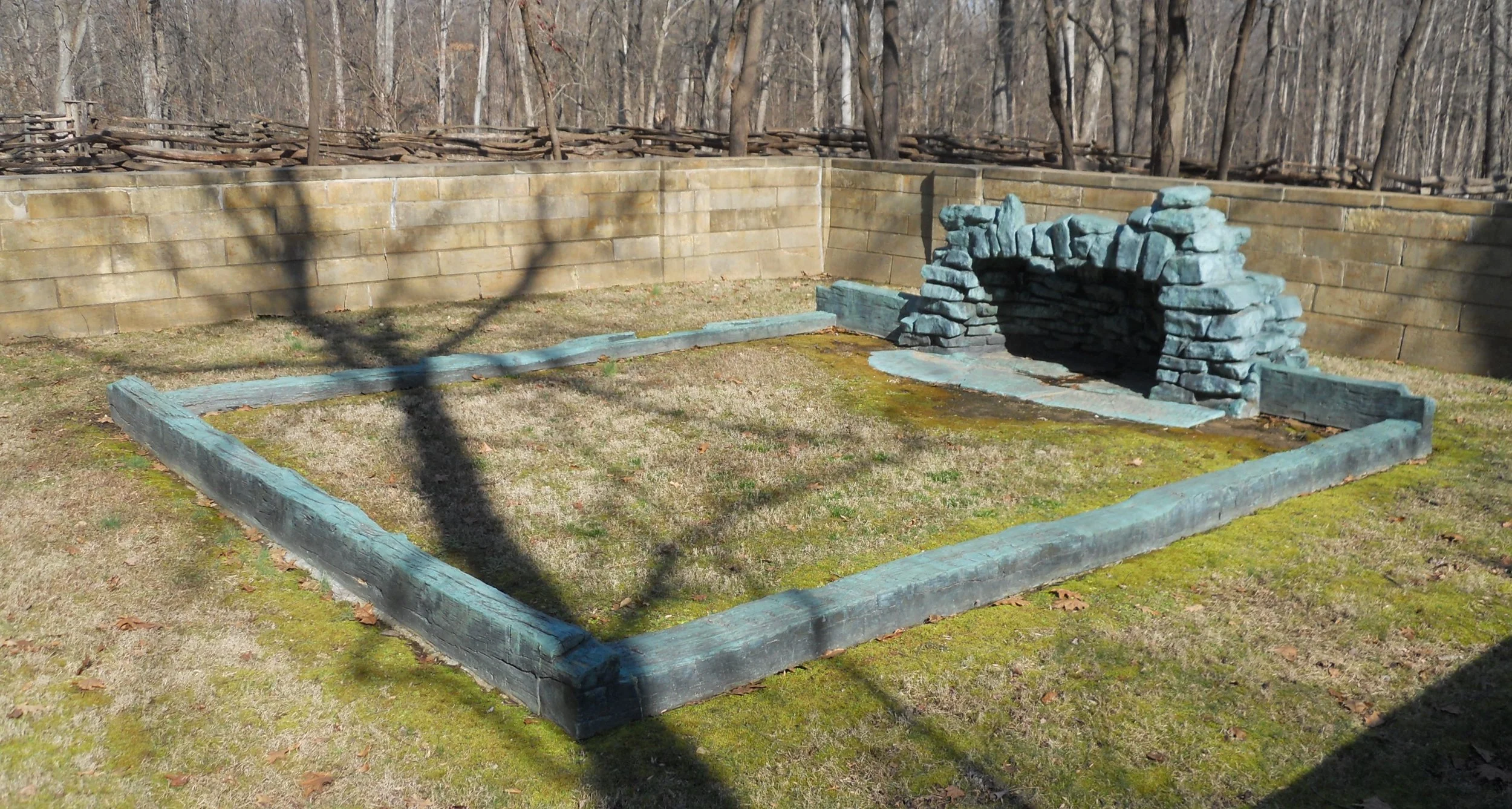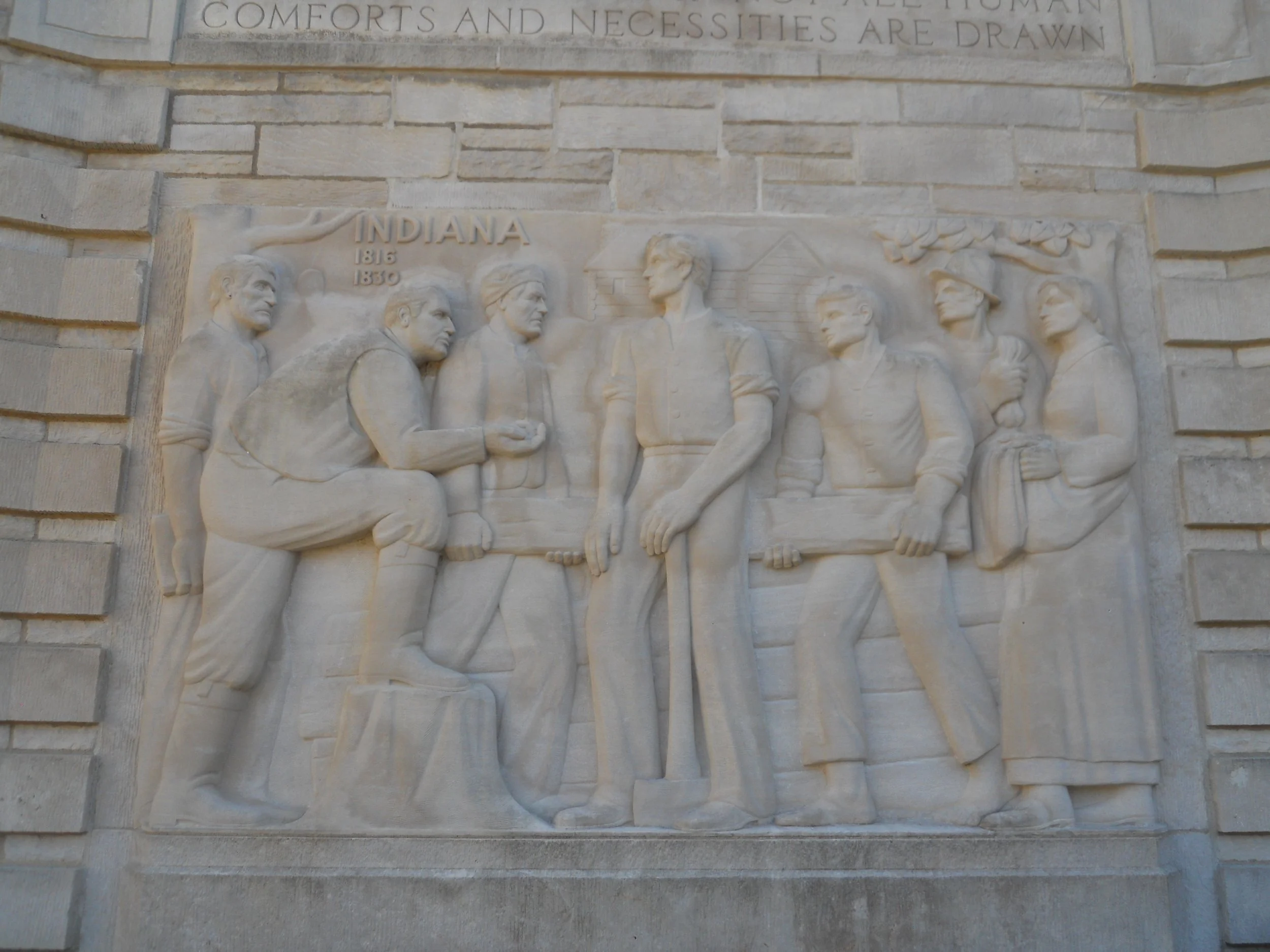DAY 7 (February 11) - Who likes to swim in 40F deg water? Not me. Though the Buffalo National River has plenty of good swimming spots, I did not partake today. The river flows relatively slow, and can be shallow, allowing for a good swimming experience, even for those who are not Michael Phelps. Or, stick to hiking and go to the Lost Valley Trail. Edna Falls and the Natural Bridge (photos) are worth the hike. And if anyone likes to drive mountain roads, with sharp turns, wide turns, acceleration areas, braking spots, etc., take AR74 from Tyler Bend VC to Ponca Bridge. Wow!!!
Fort Smith was the western frontier in 1817. The original fort was built (in 1817) in what Congress would order to be Indian Territory 17 years later, just to the west of the boundary with Arkansas (see photo).
The fort then became the Federal Court for the Western part of Arkansas. Note the flag in the one photo, with 38 stars… not the 50 which adorns Old Glory today. The other photo shows the jail area in the basement of the courthouse. The jail became known as “Hell on the Border”, since there was no other Federal Court west of Fort Smith because that was Indian Territory.
A gallows is on the grounds, to show visitors what would have awaited them if they ran afoul of Judge Isaac Parker from 1872 to 1896.
Pea Ridge NMP was a victory for the Union, but not without cost. This was one of the few battles where Confederate forces (16,000 men) outnumbered the Union (10,500 men). Confederate attacks on March 6 at Leetown were halted by two German-speaking regiments (one from Missouri, one from Illinois). Union cavalry had been routed by 7,000 Rebels. While retreating they told their infantrymen to turn and run. Without the two regiments standing firm (at the spot shown in the photo with the cannon), Pea Ridge could have become another Bull Run disaster. The next day Union forces fought their way to victory, to secure Missouri for the remainder of the war.
The battle is also known as the Battle of Elkhorn Tavern. The photo shows the reconstructed tavern. The owner’s family hid in the cellar during the battle.
